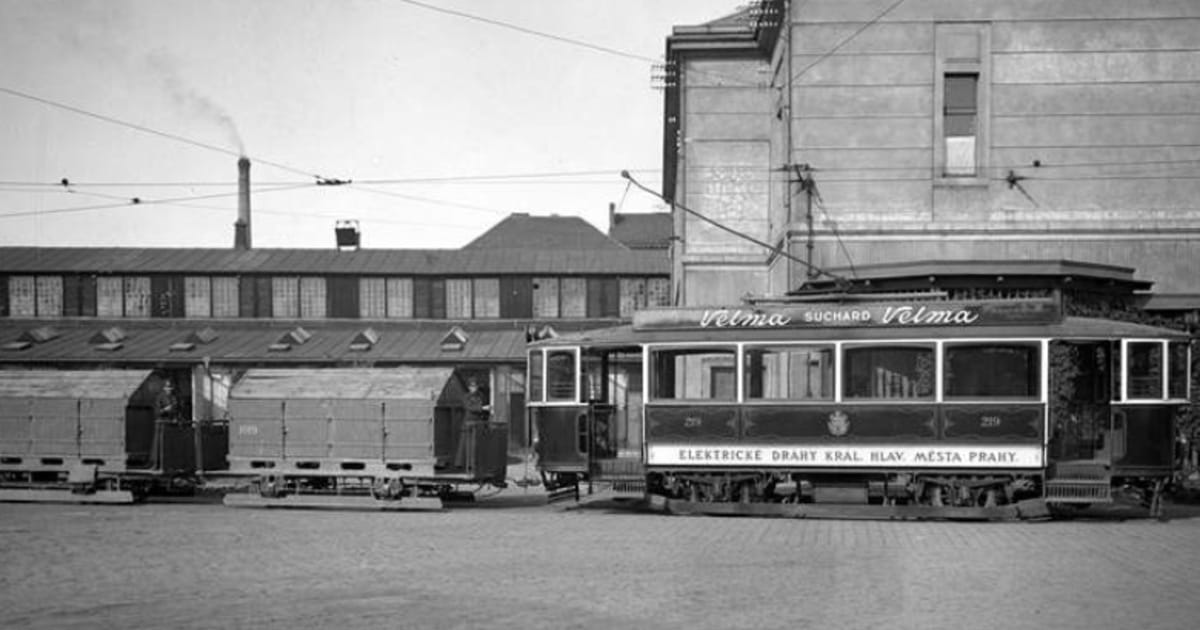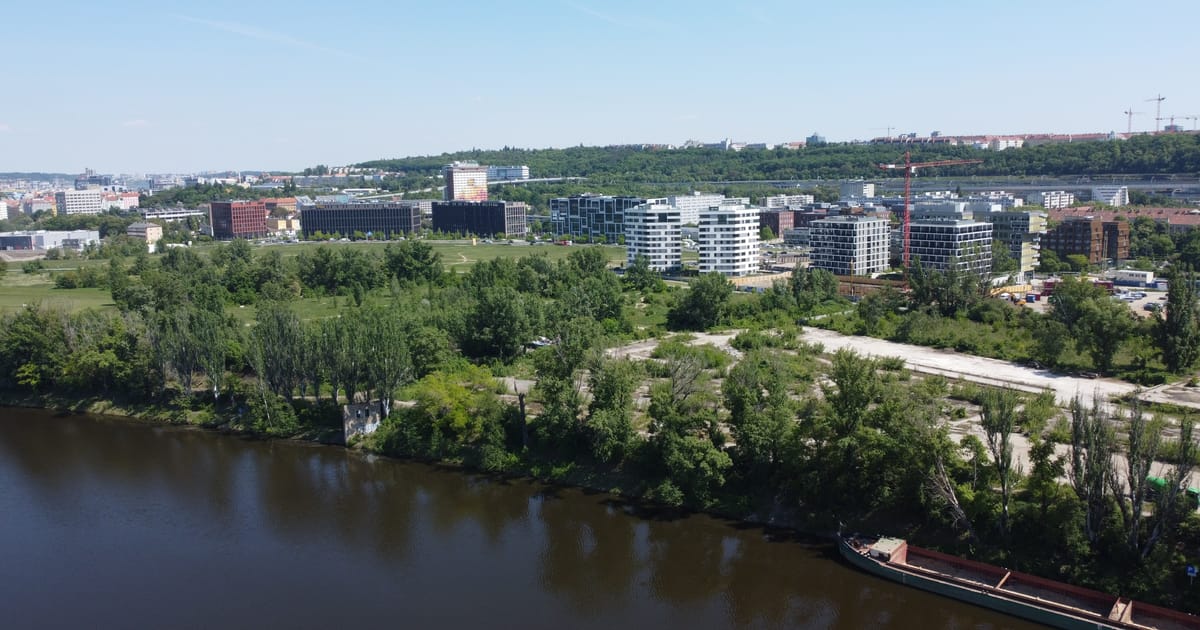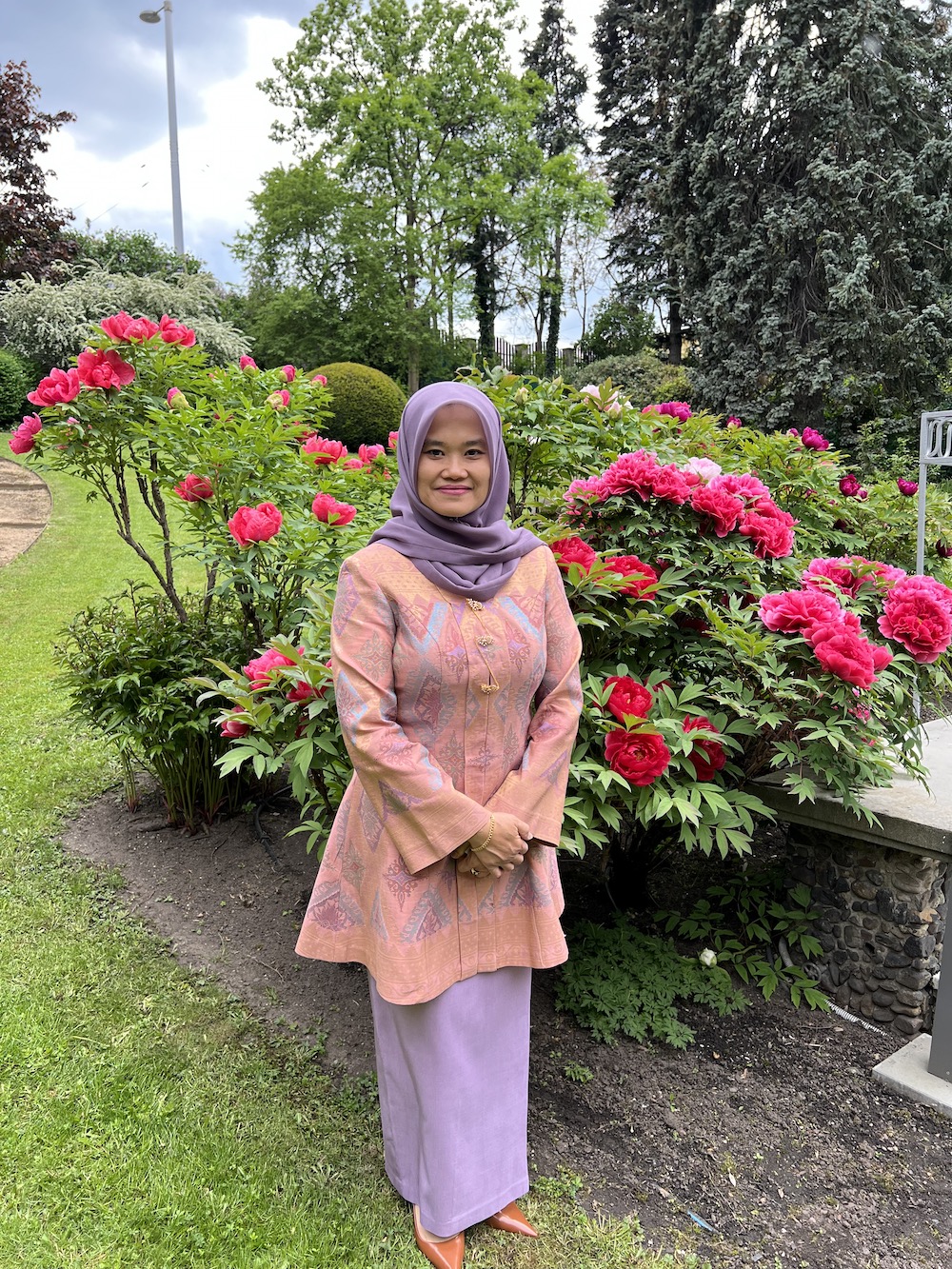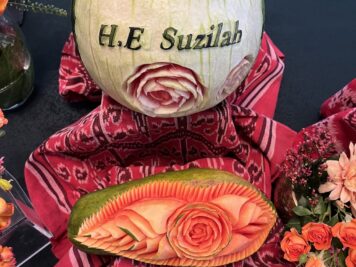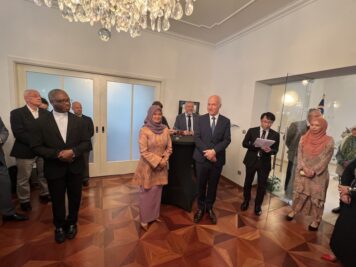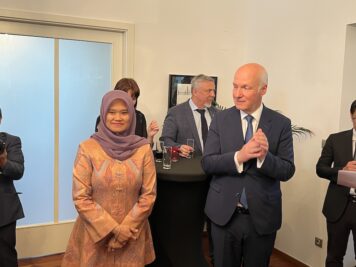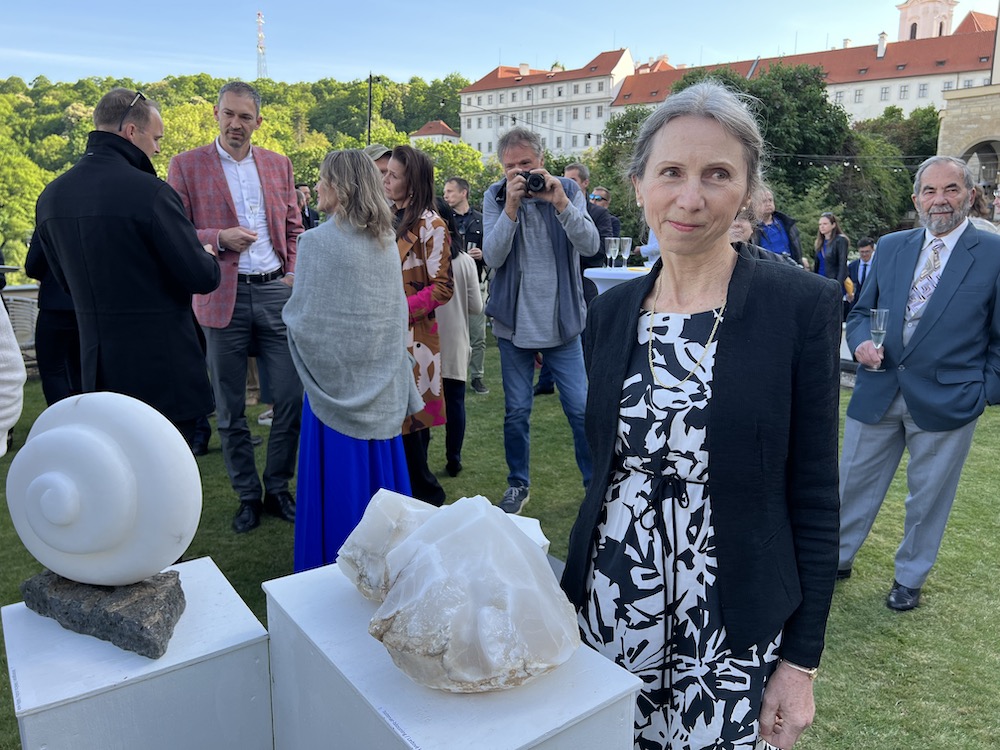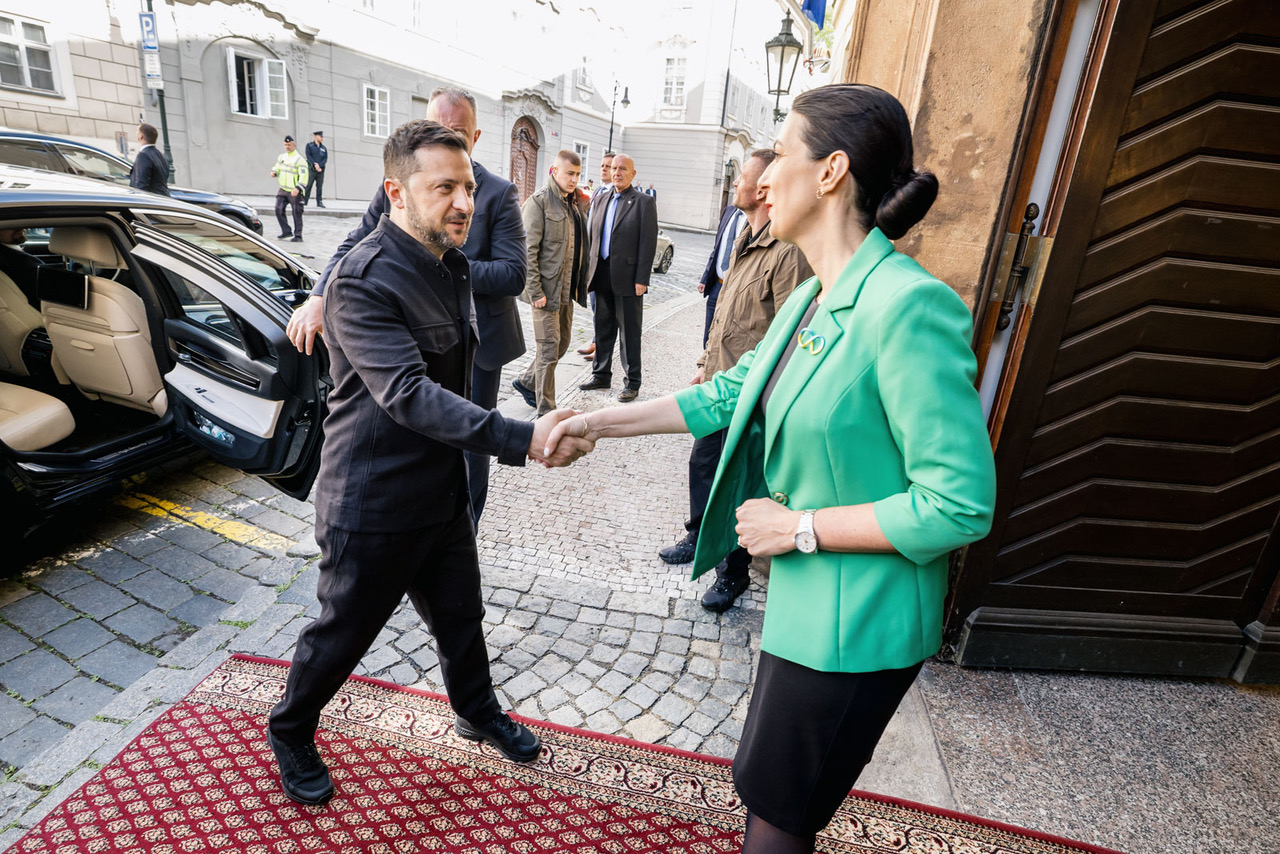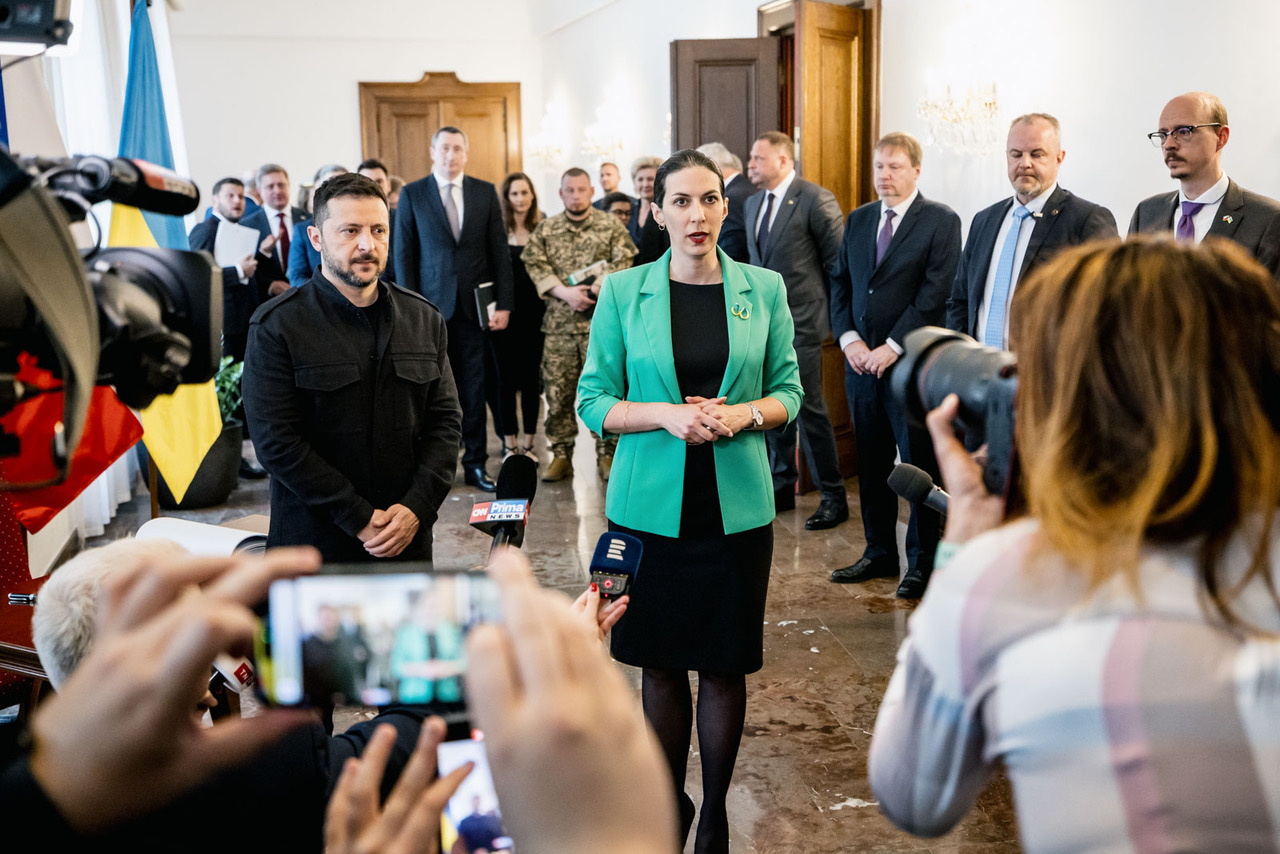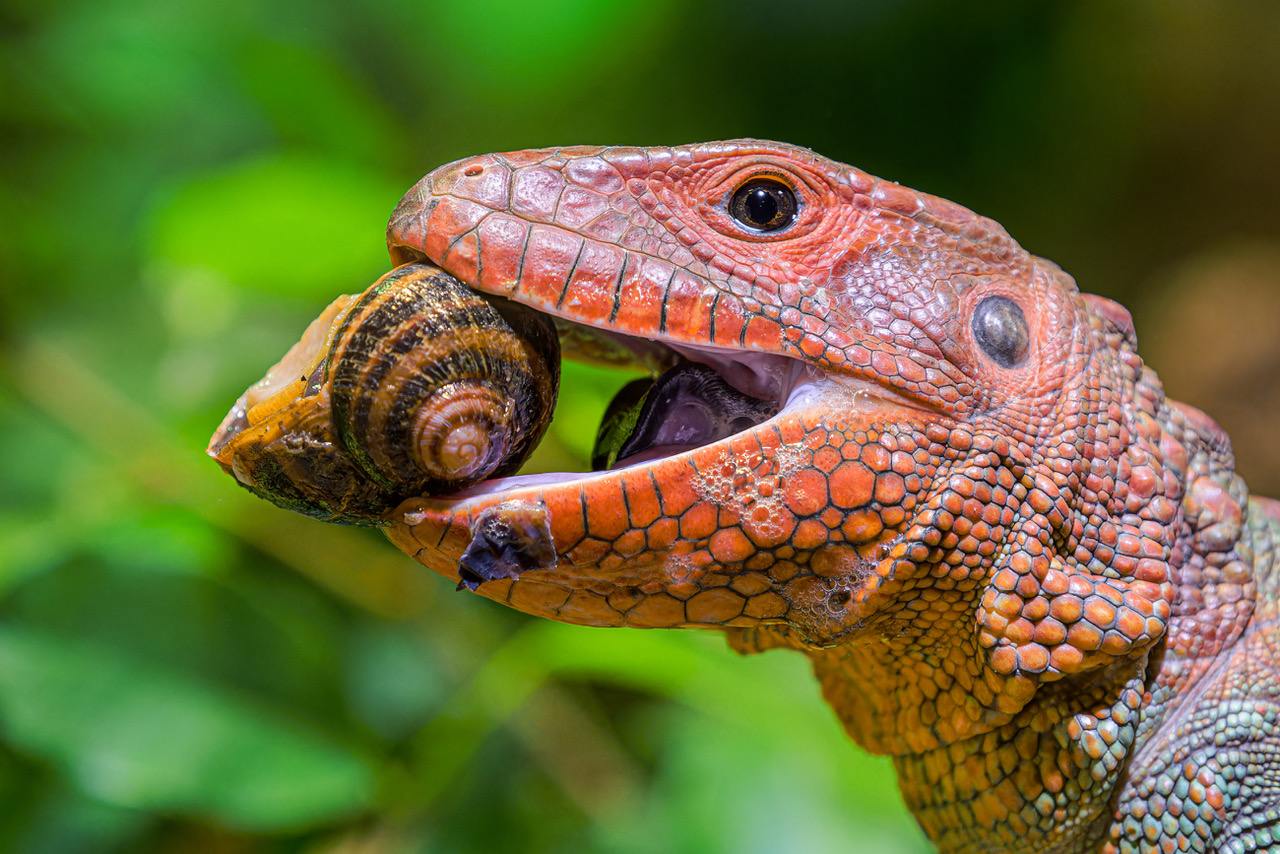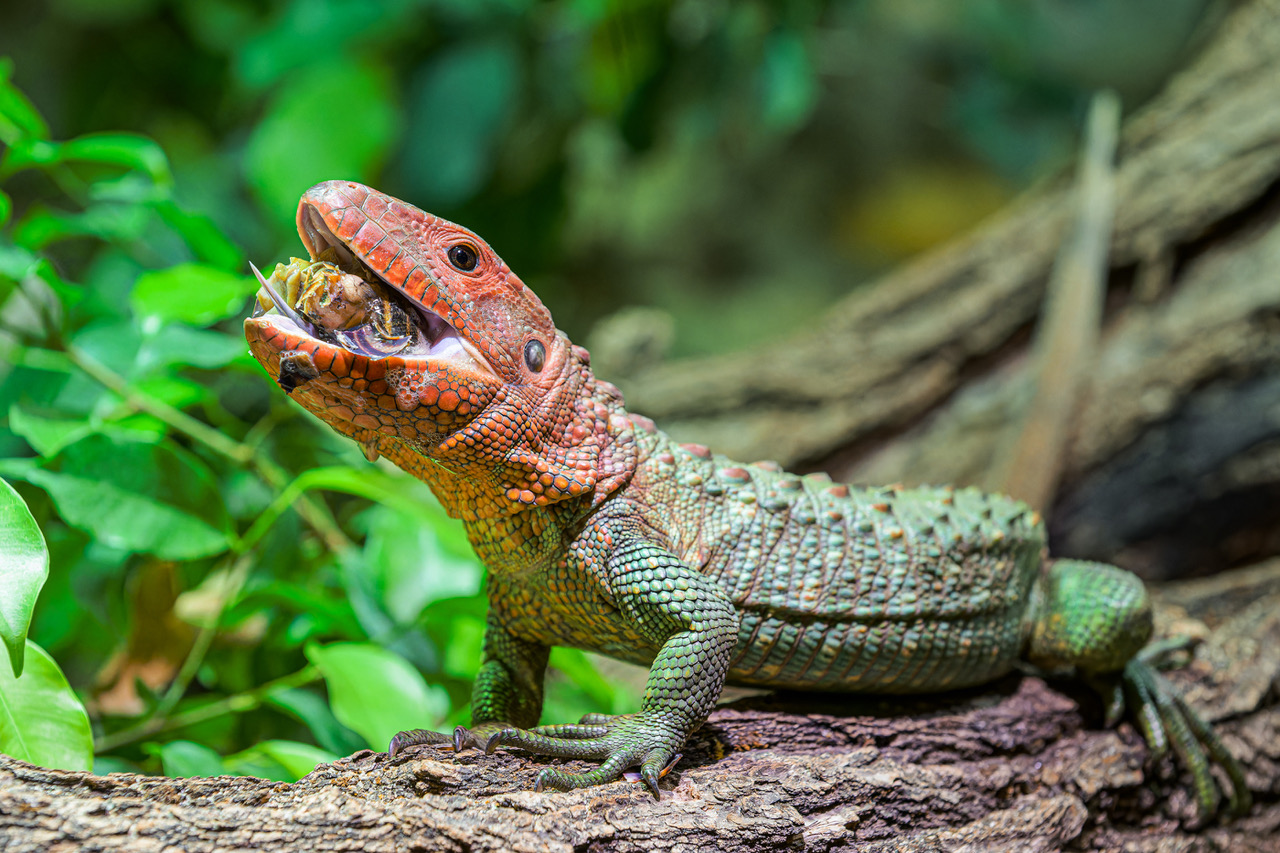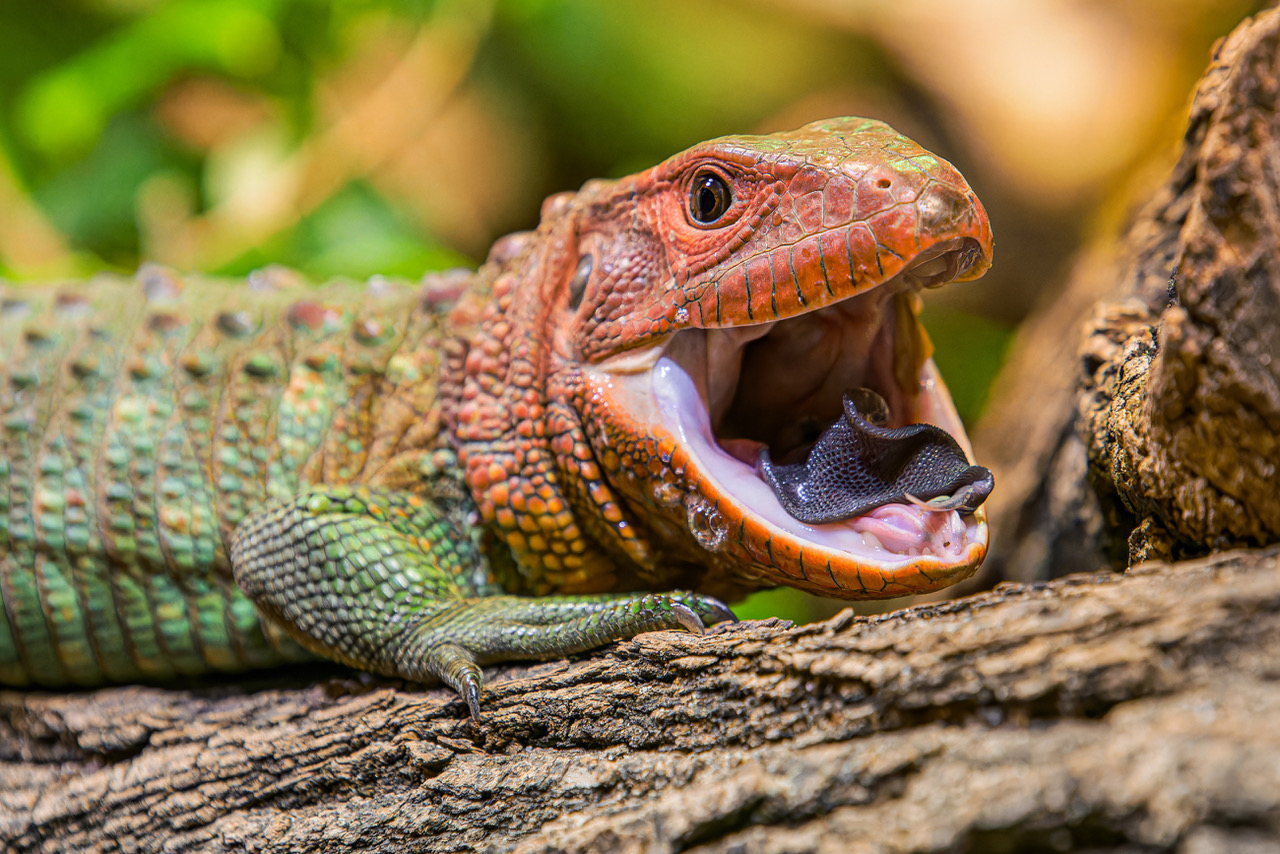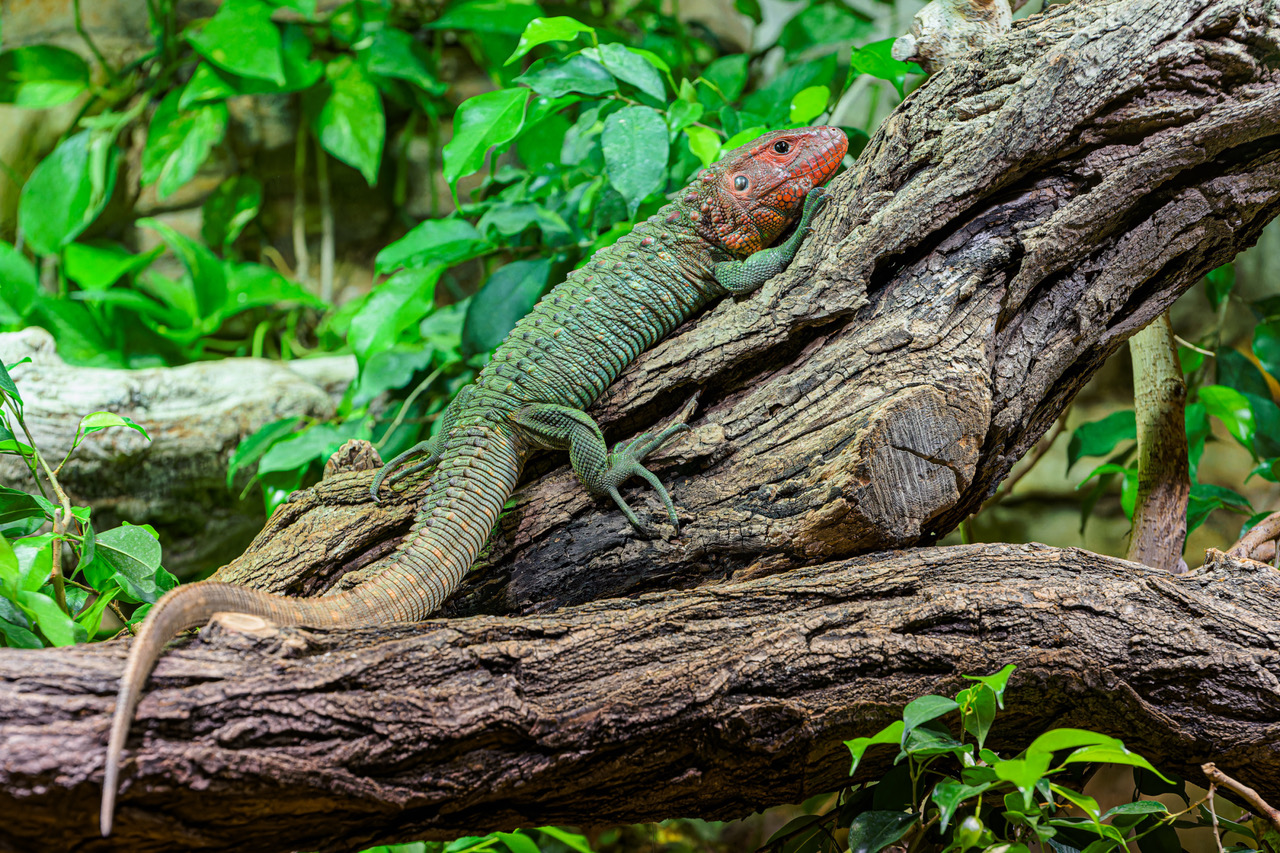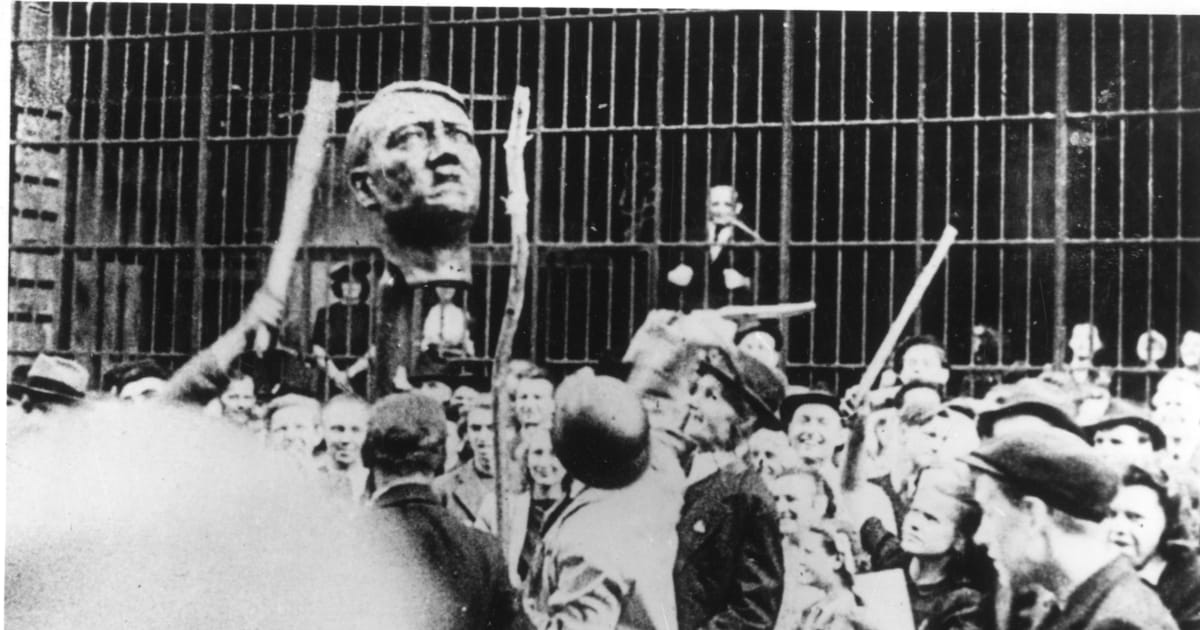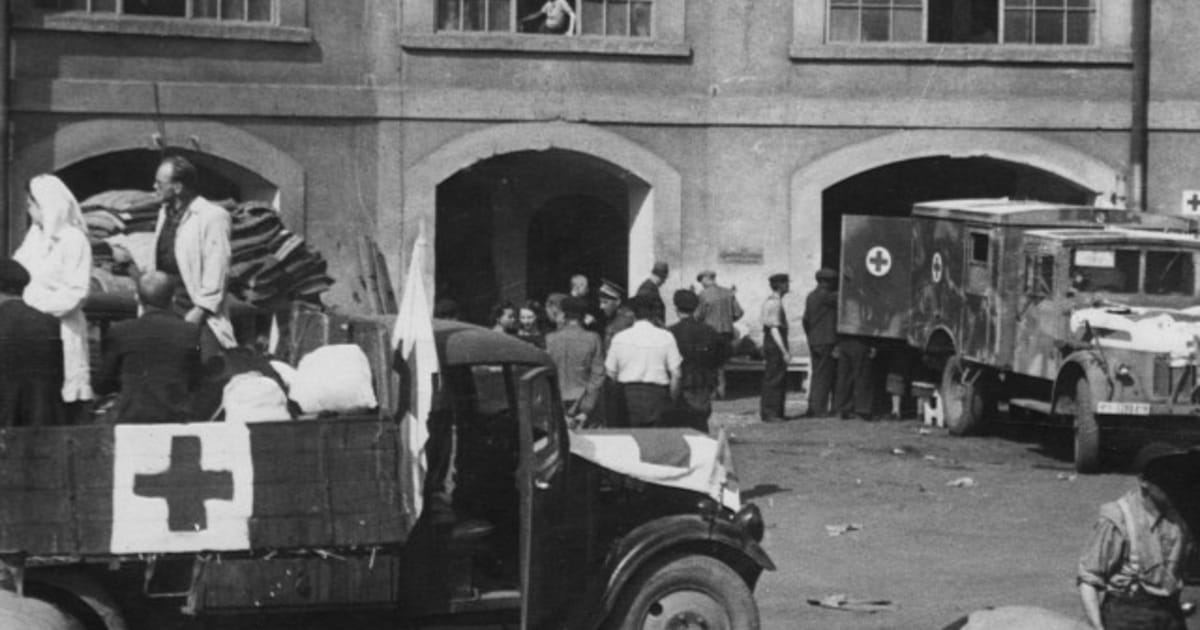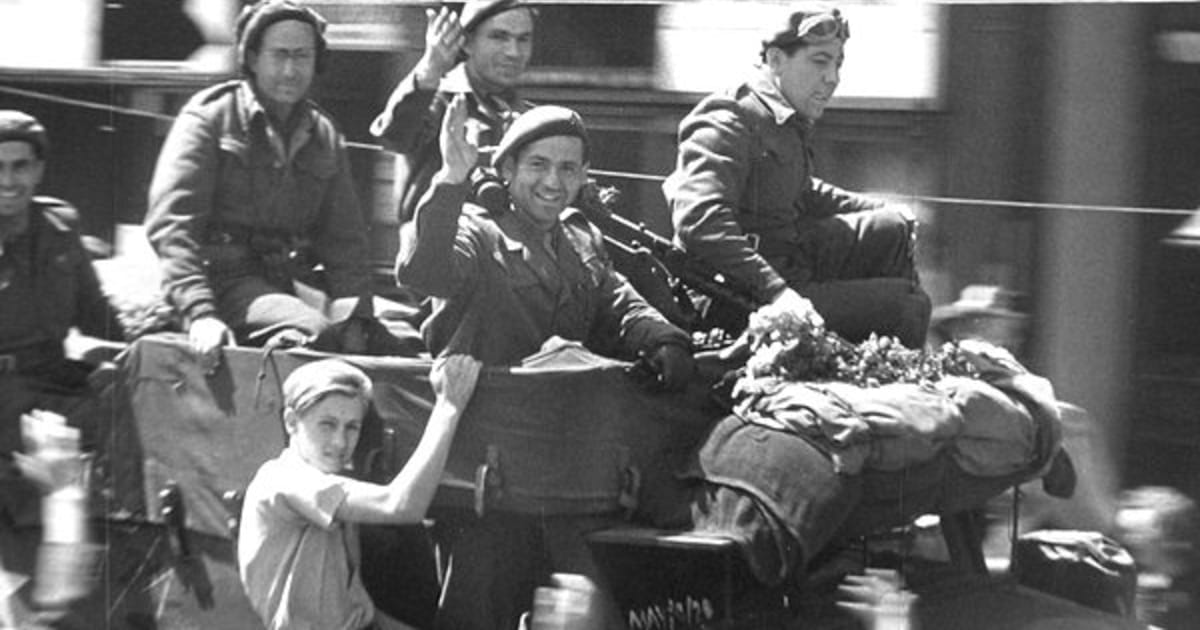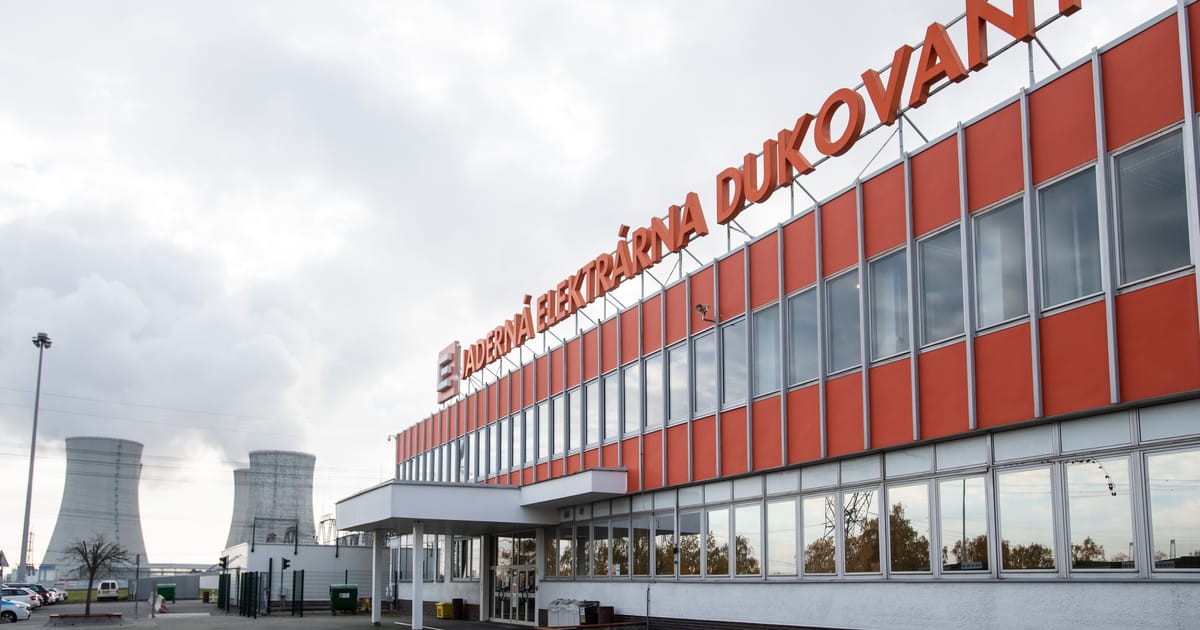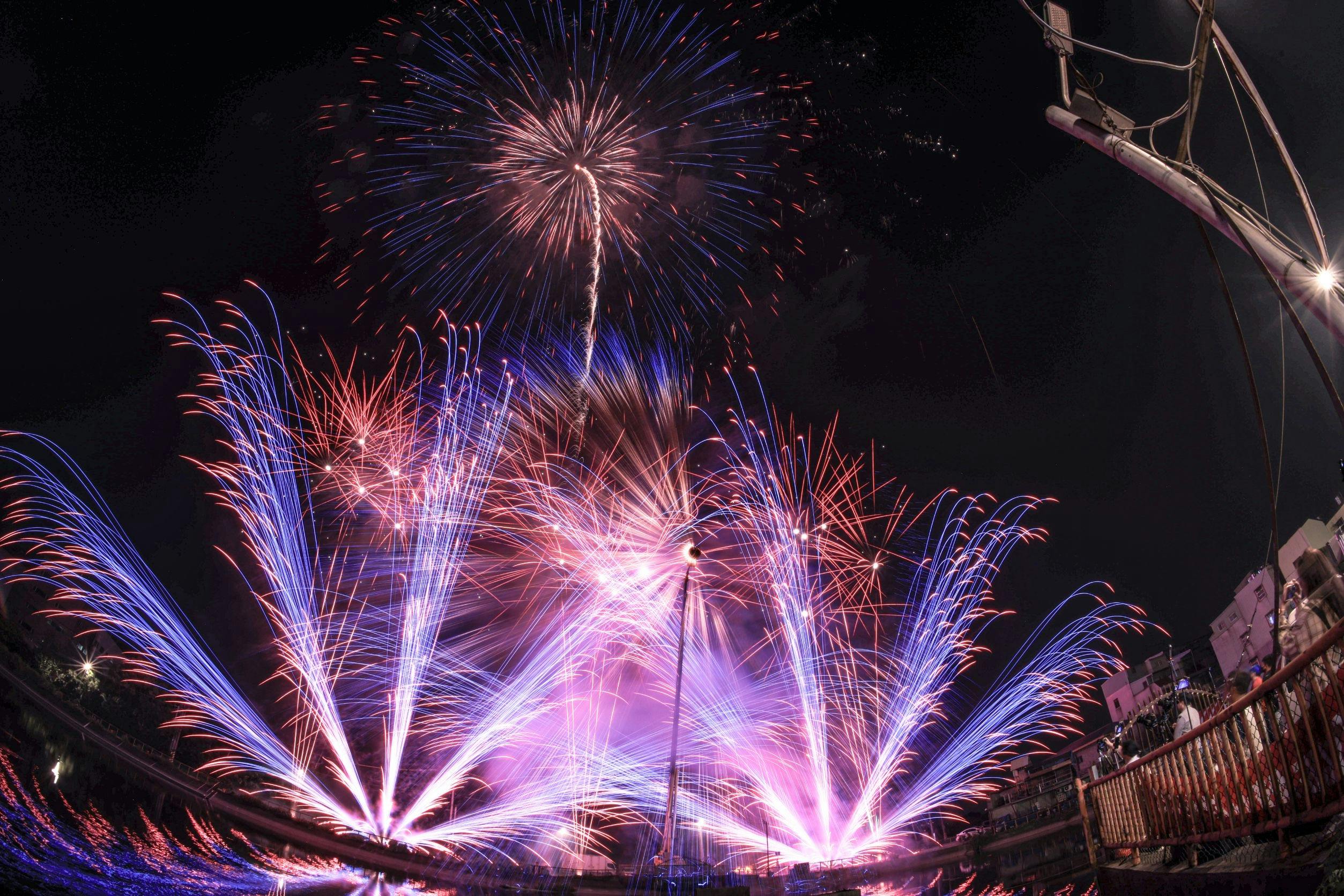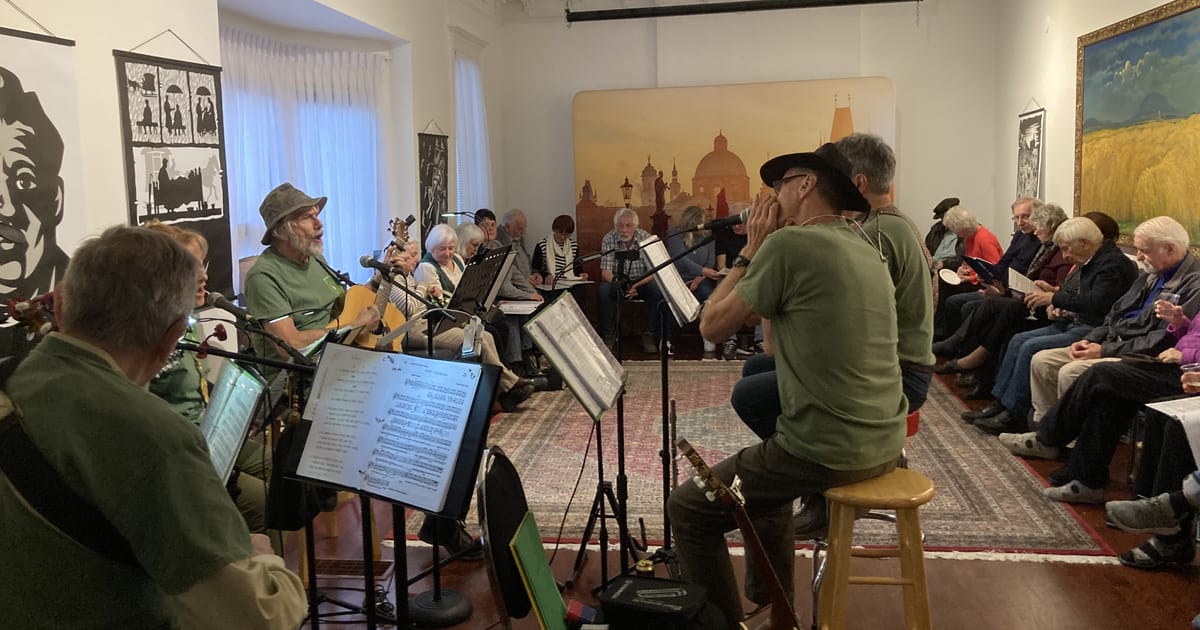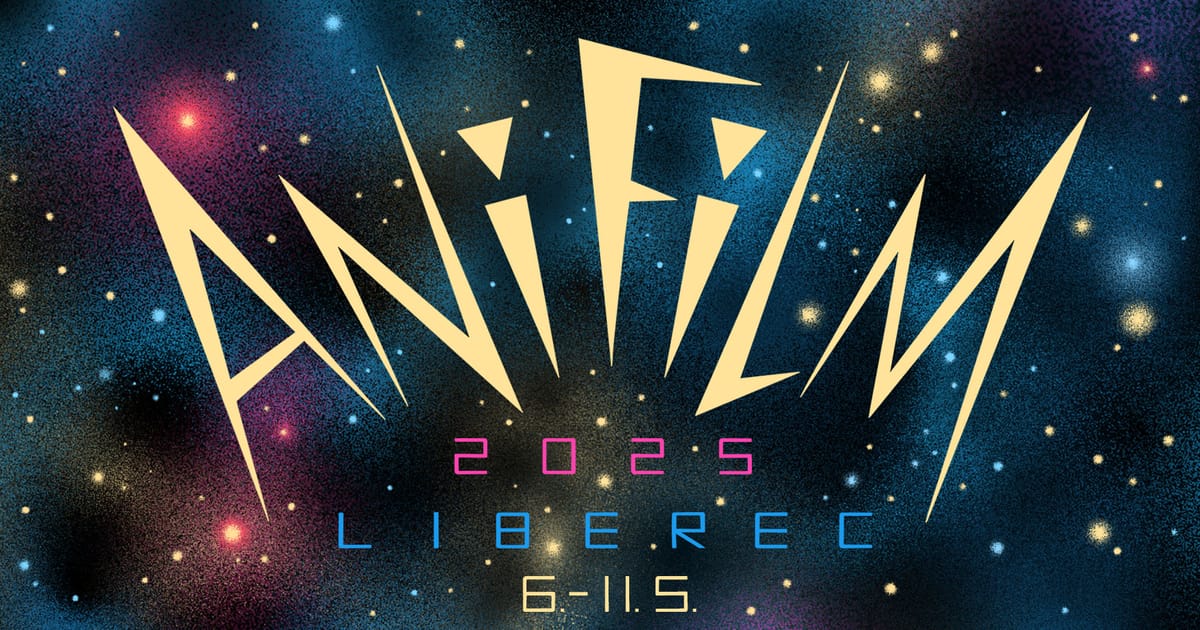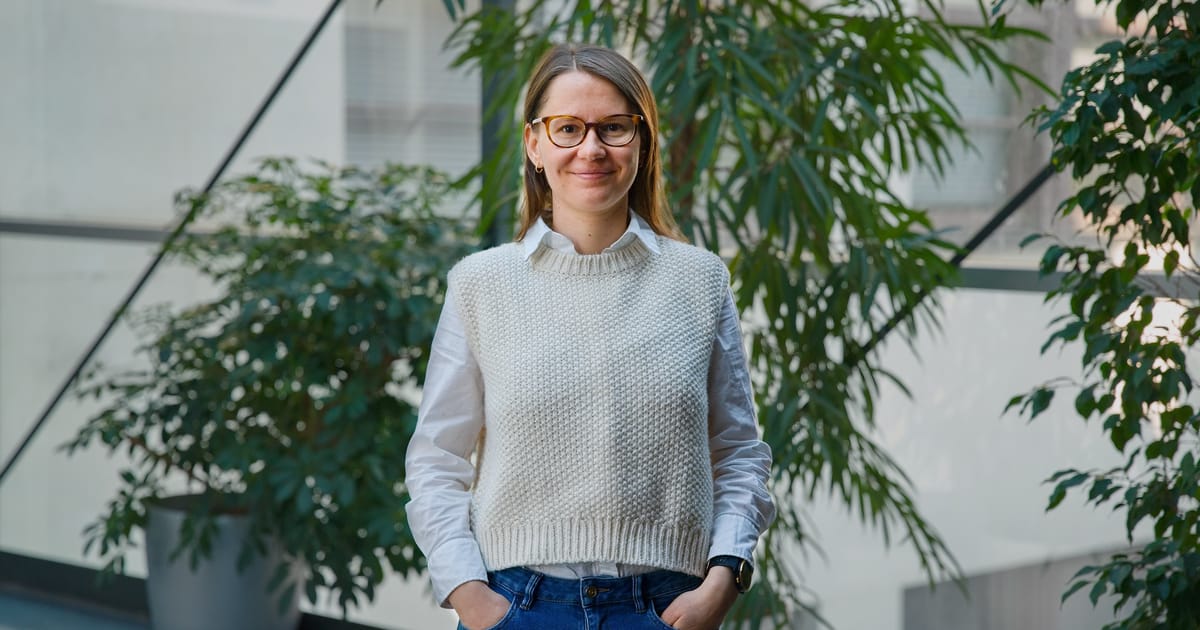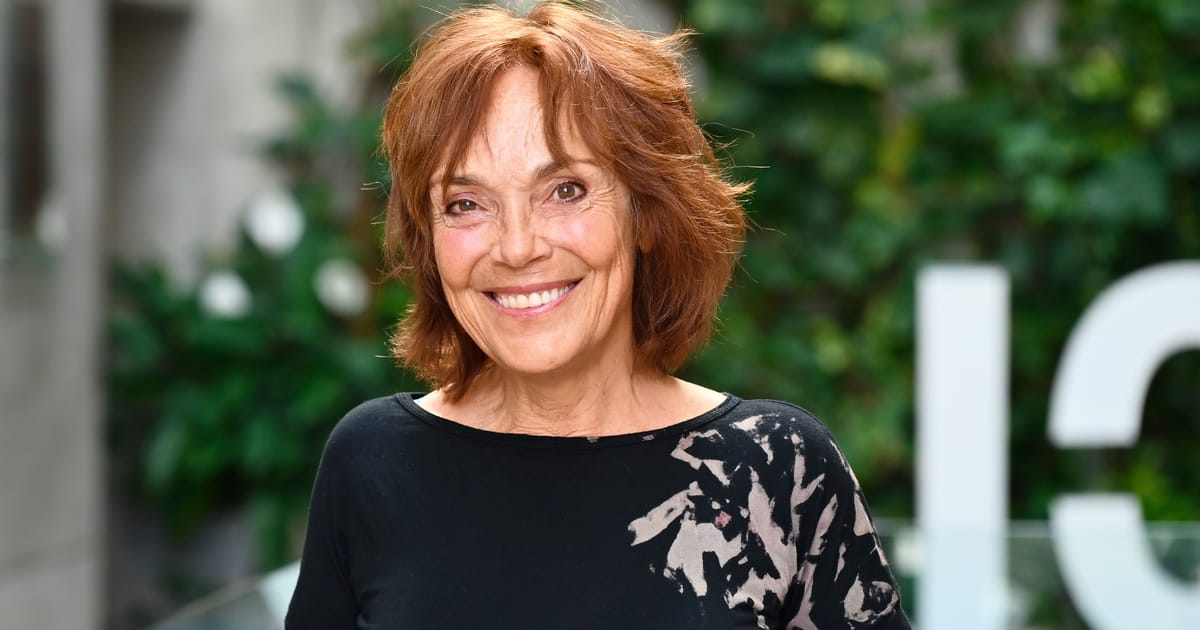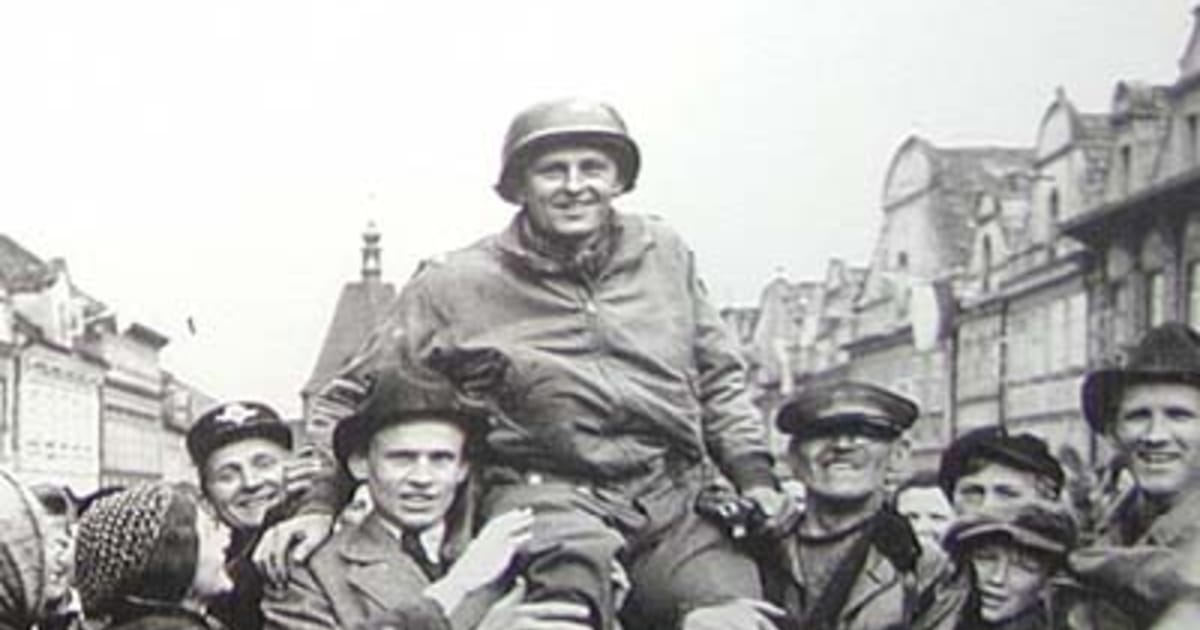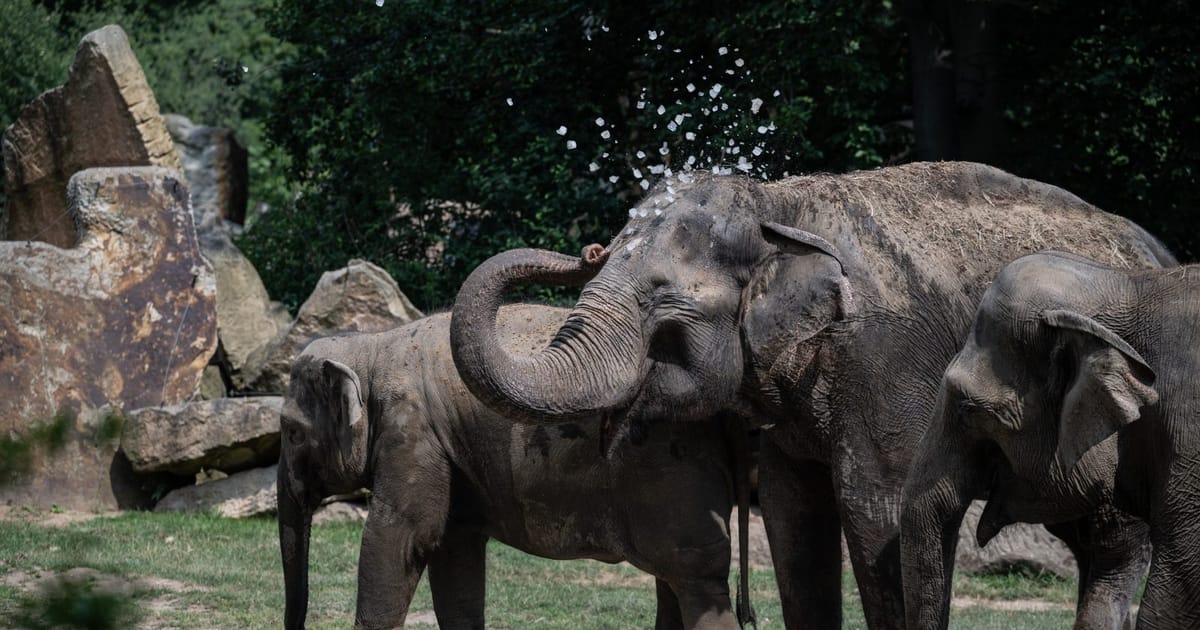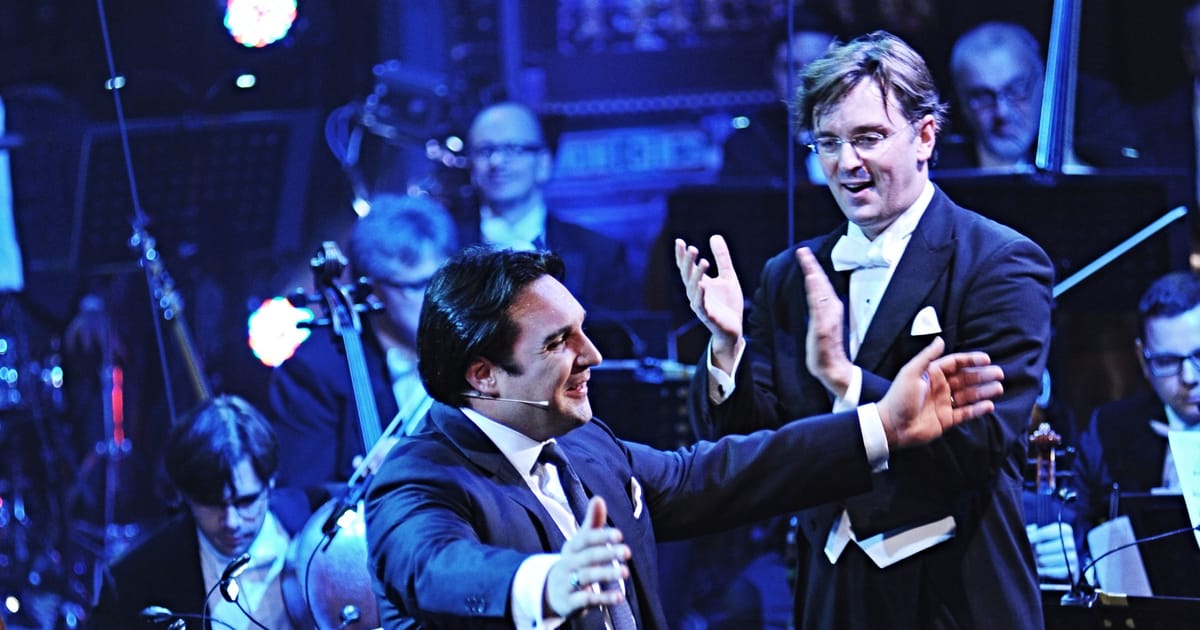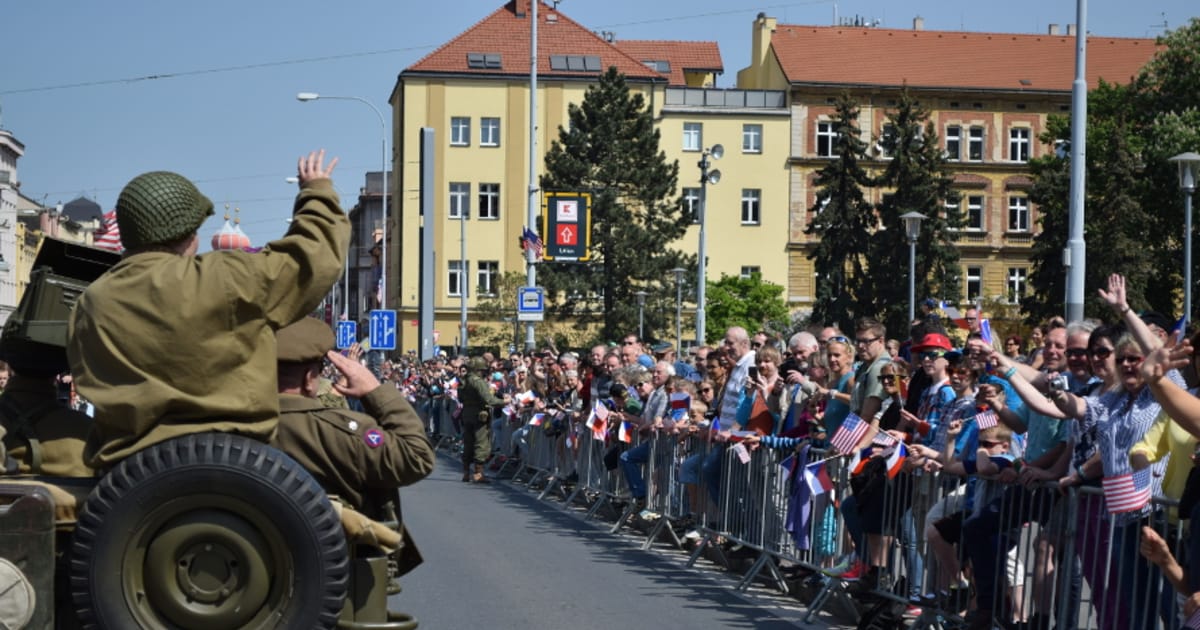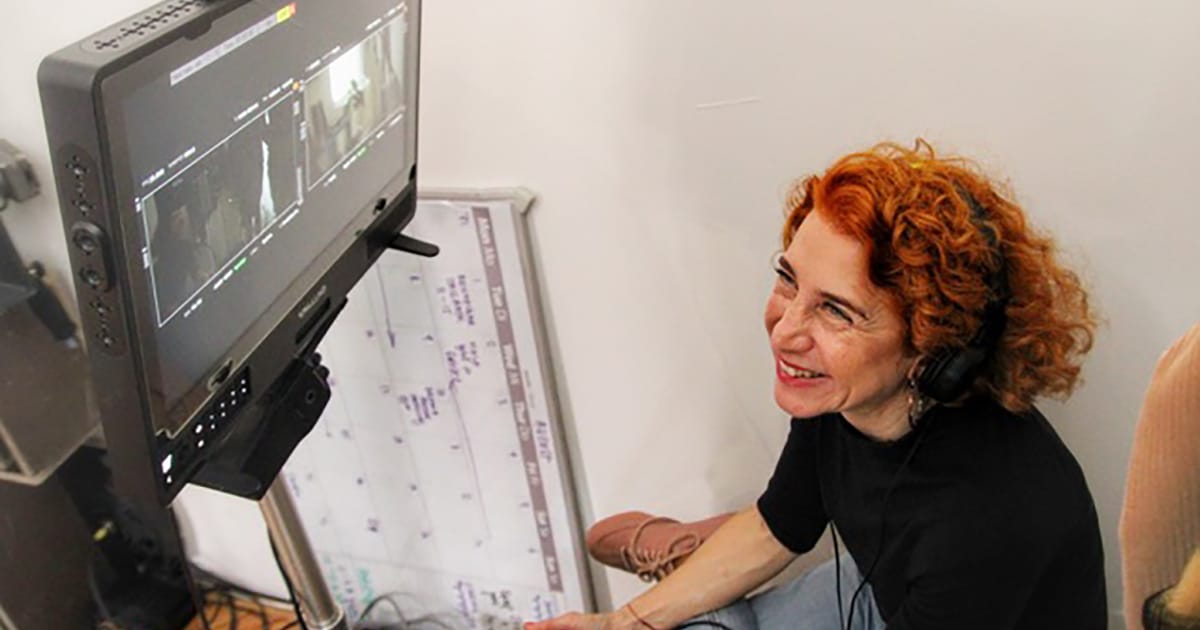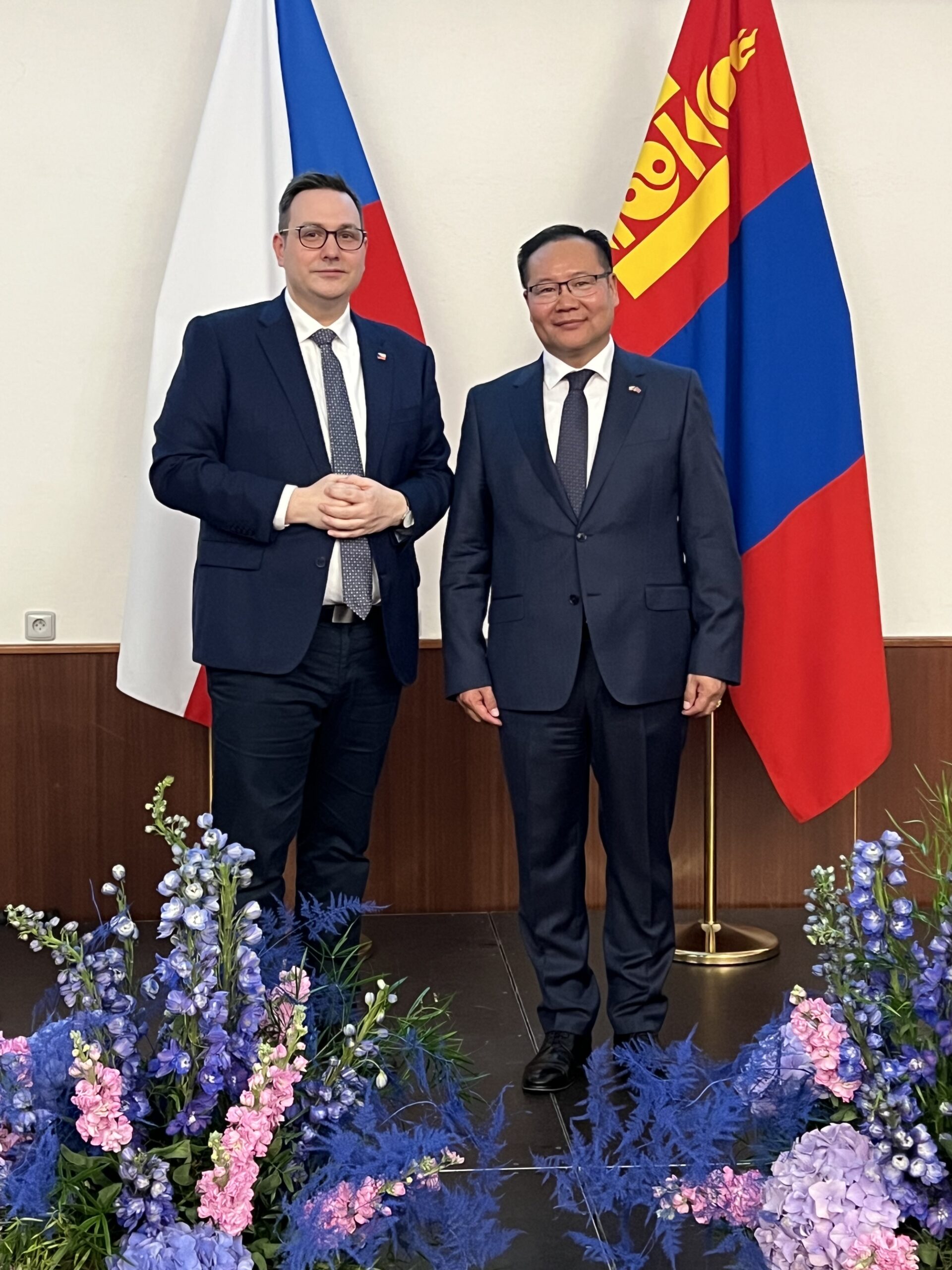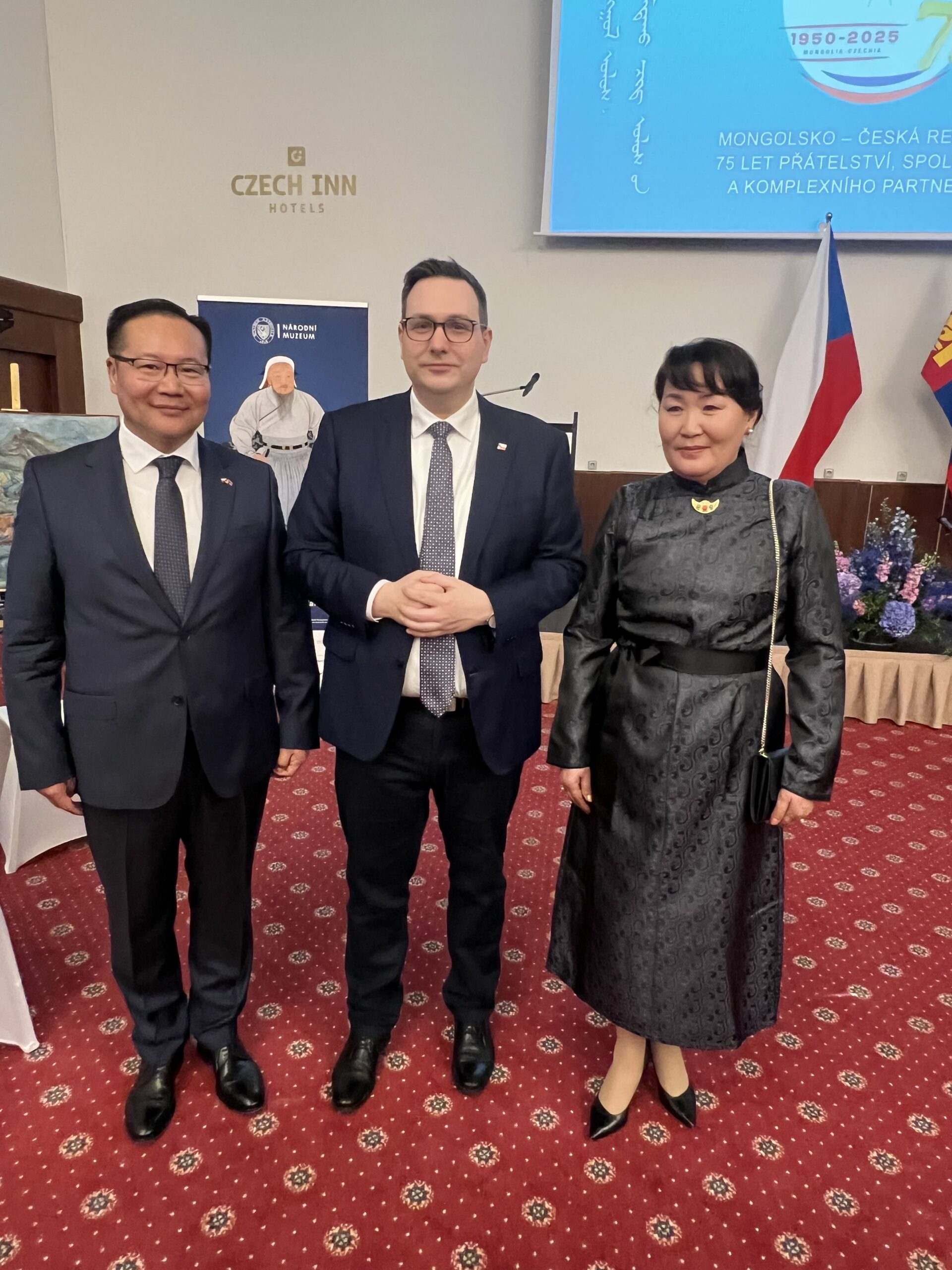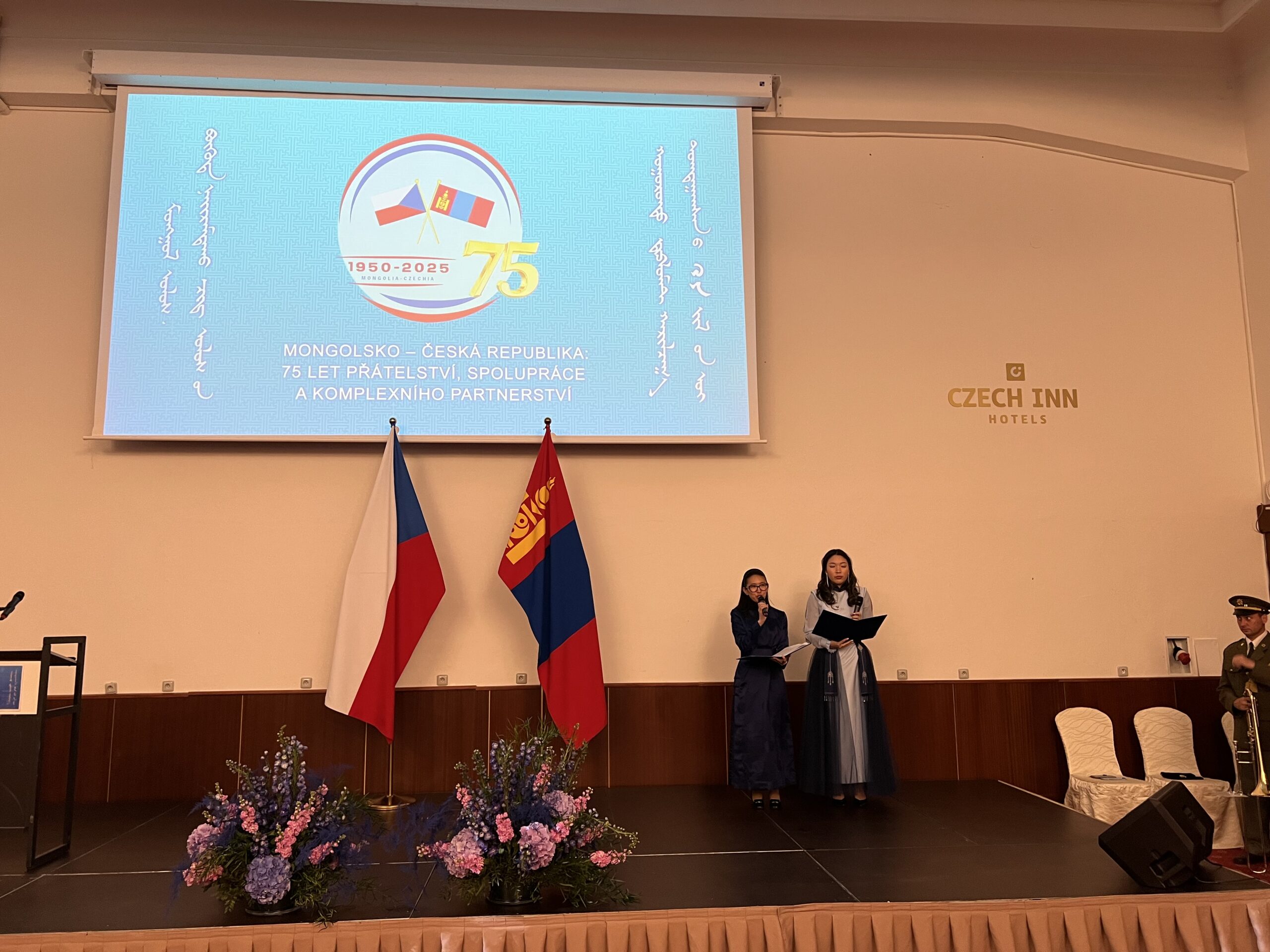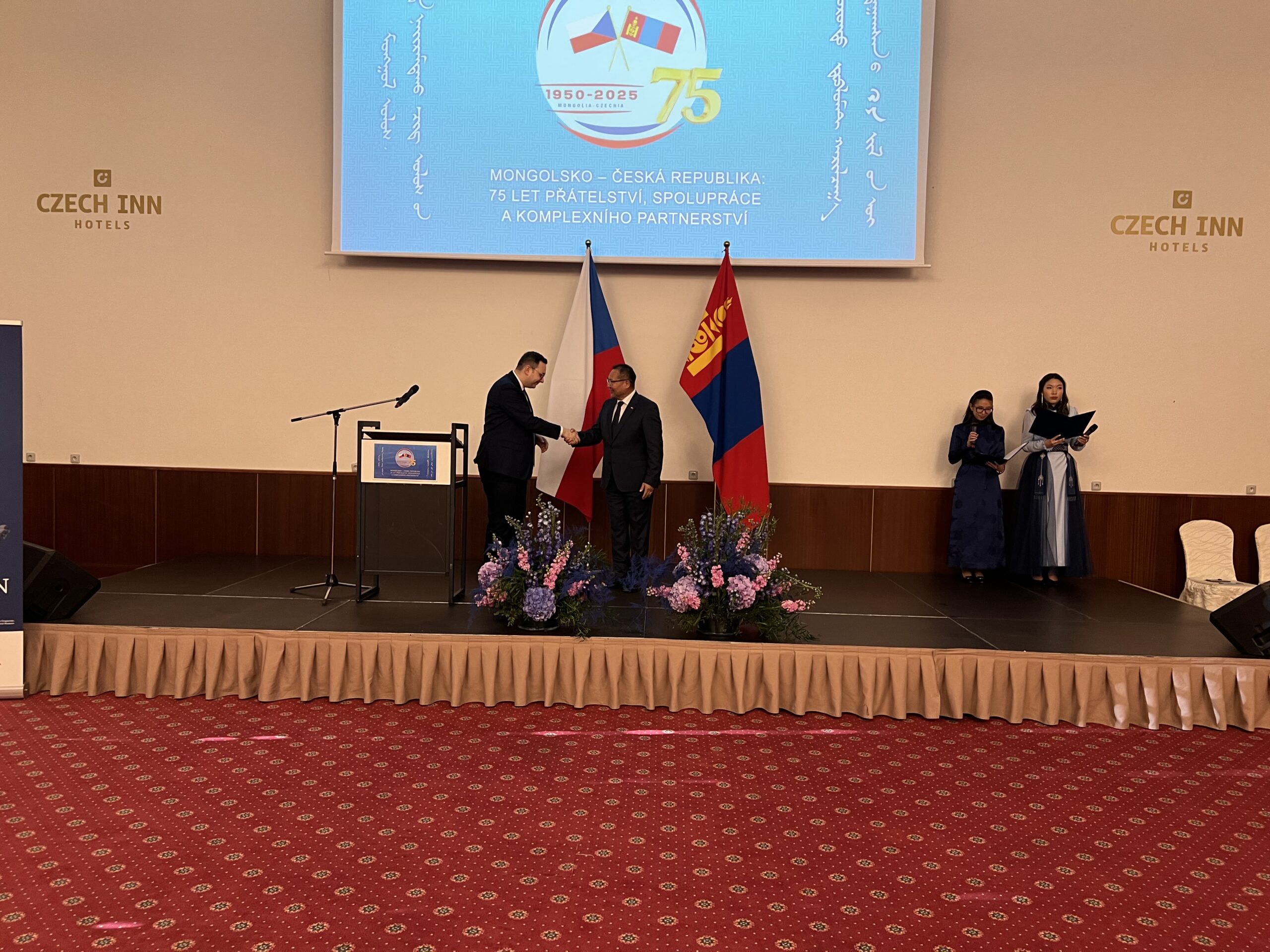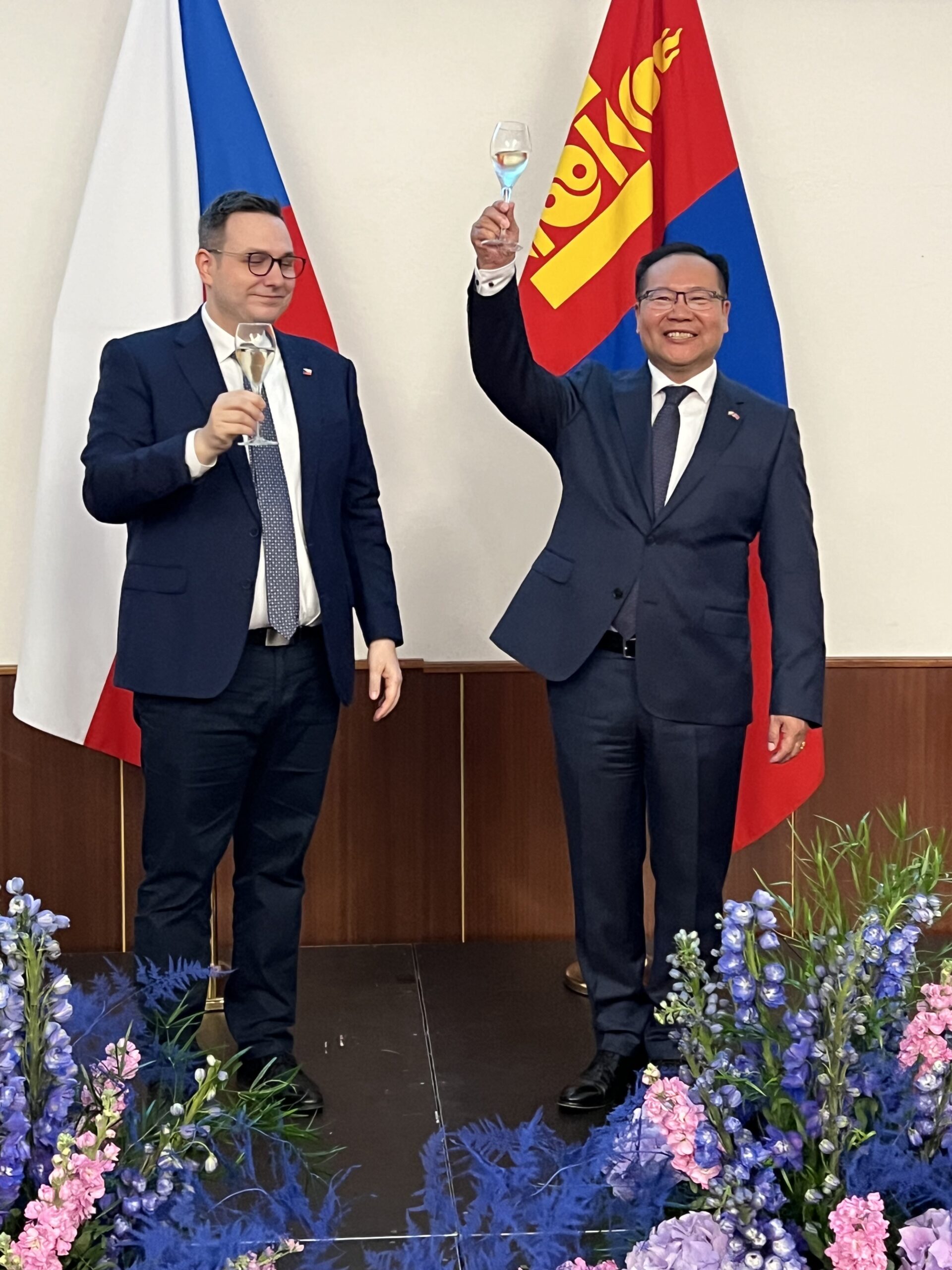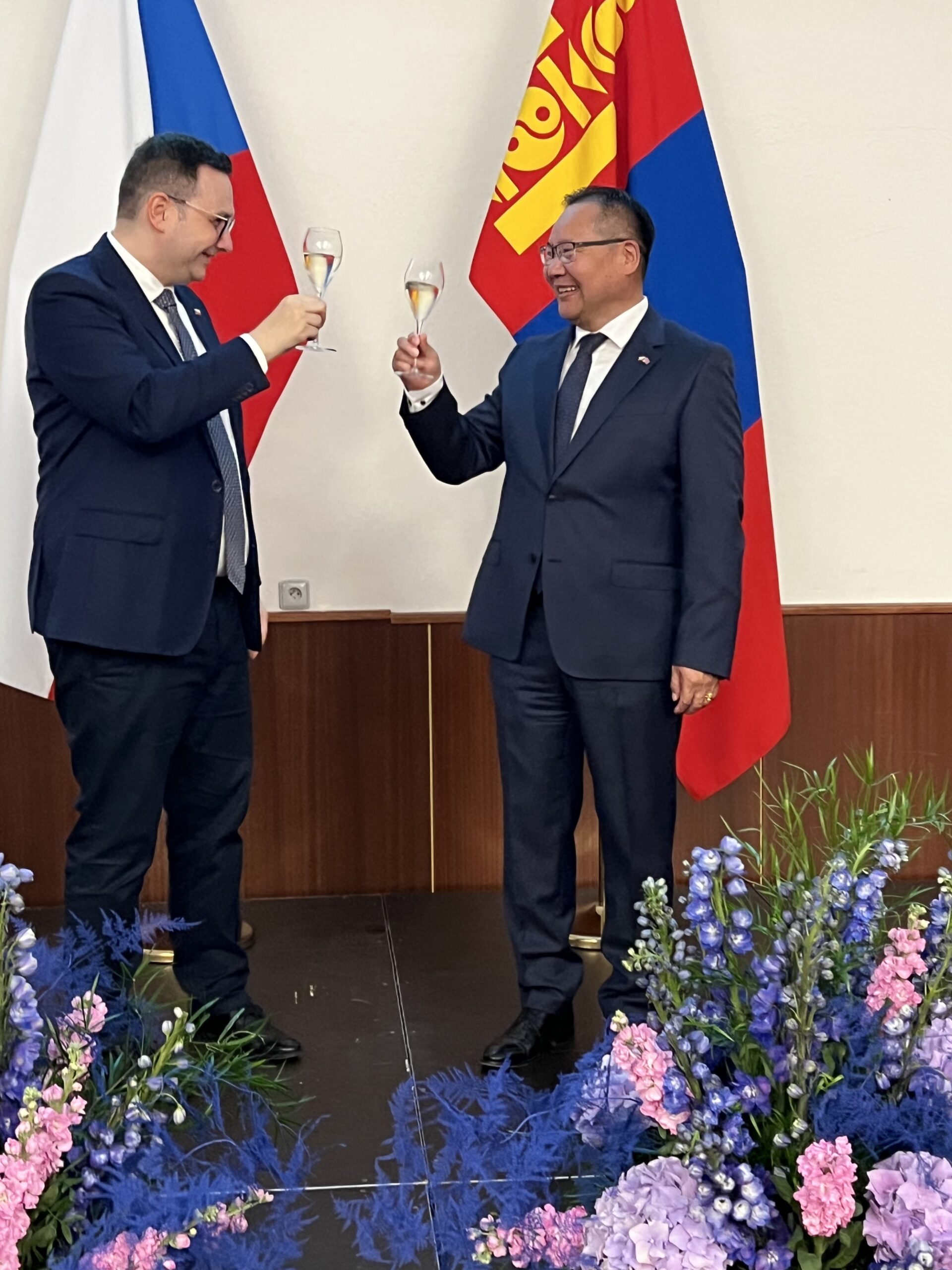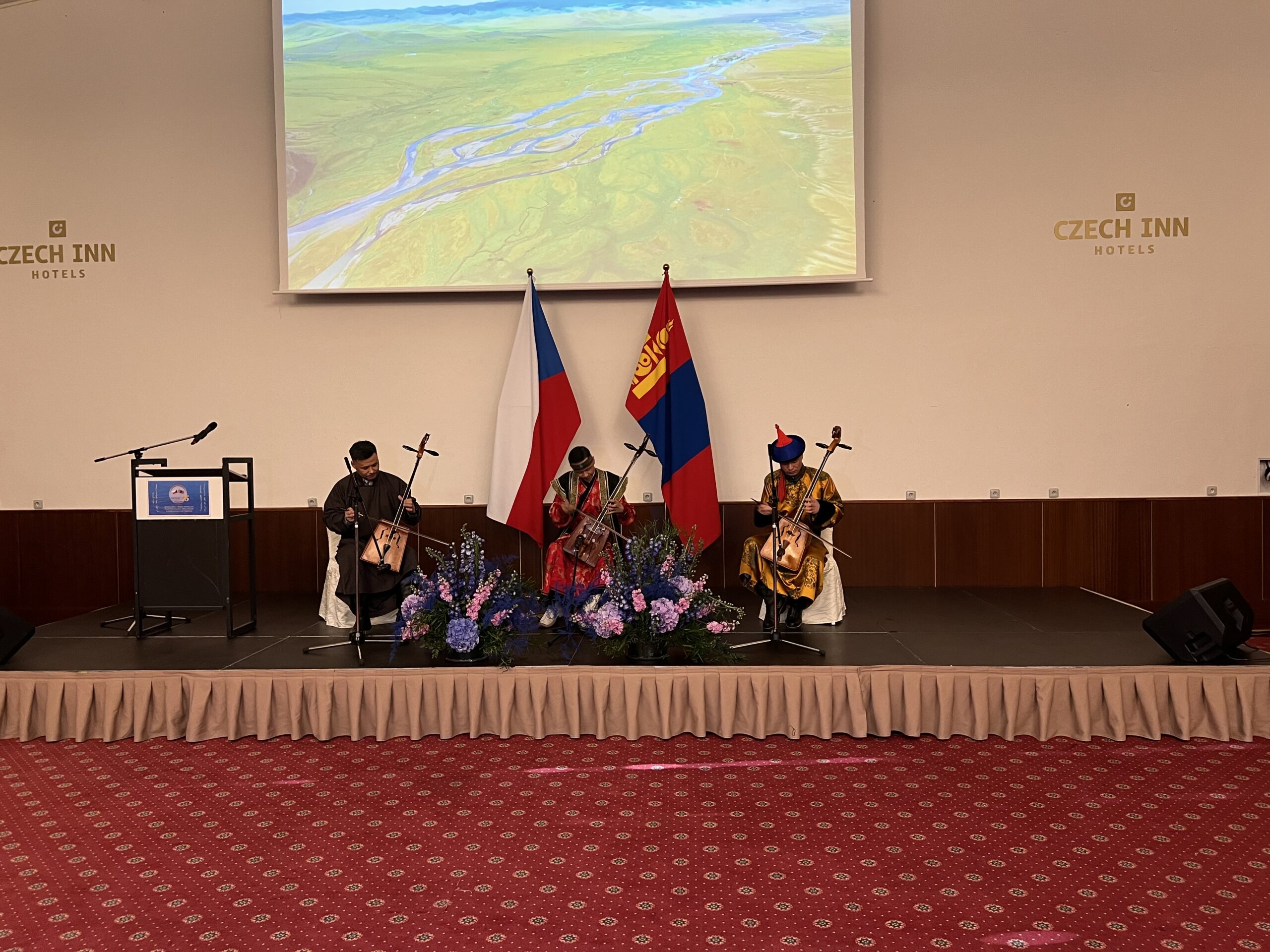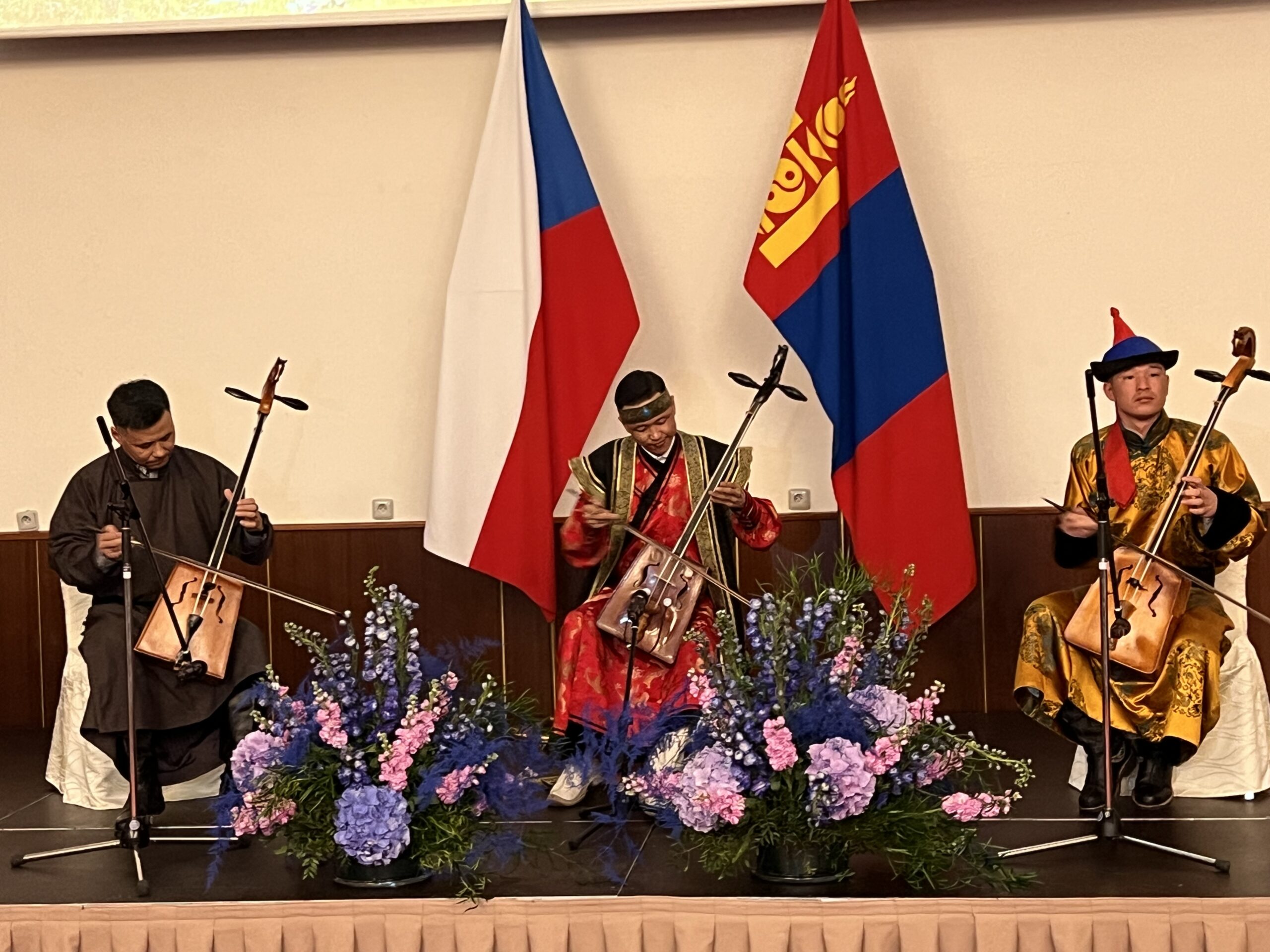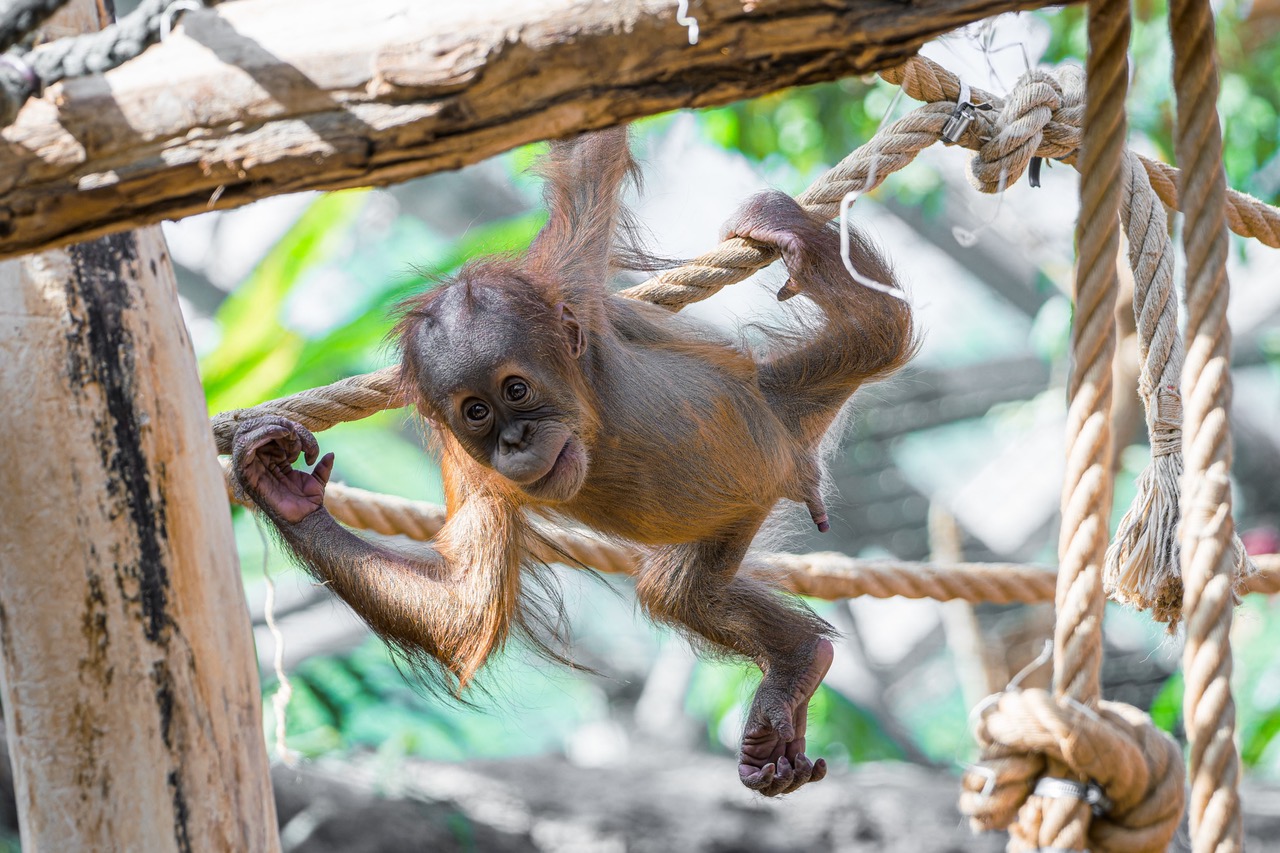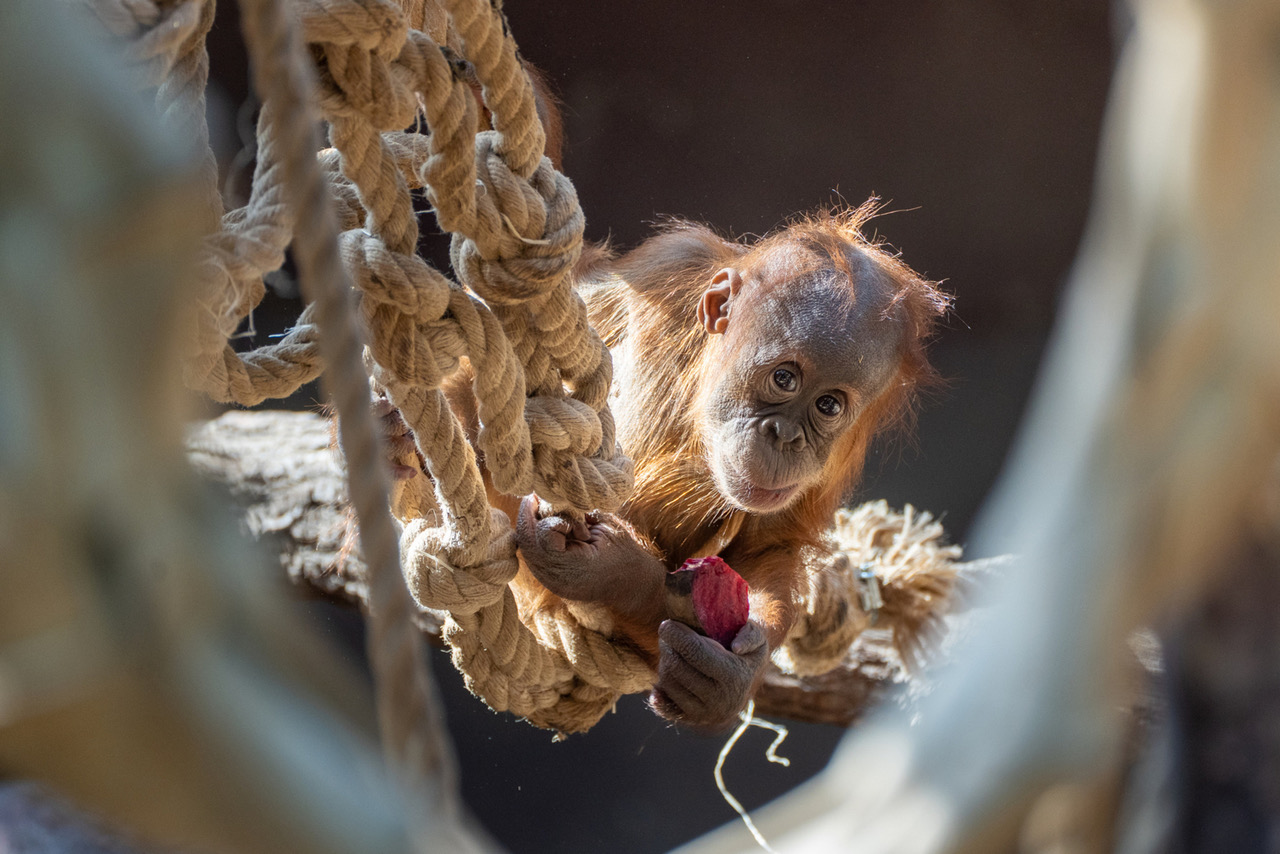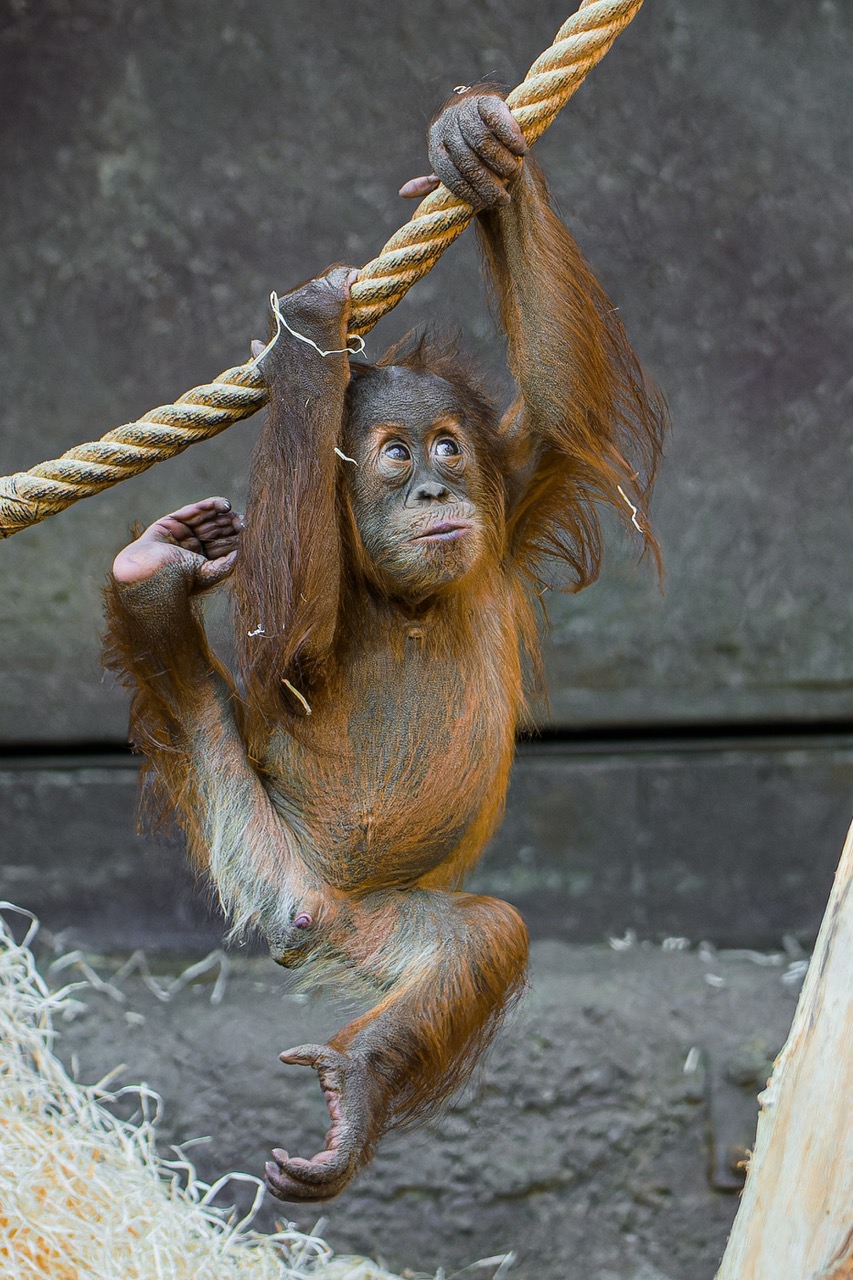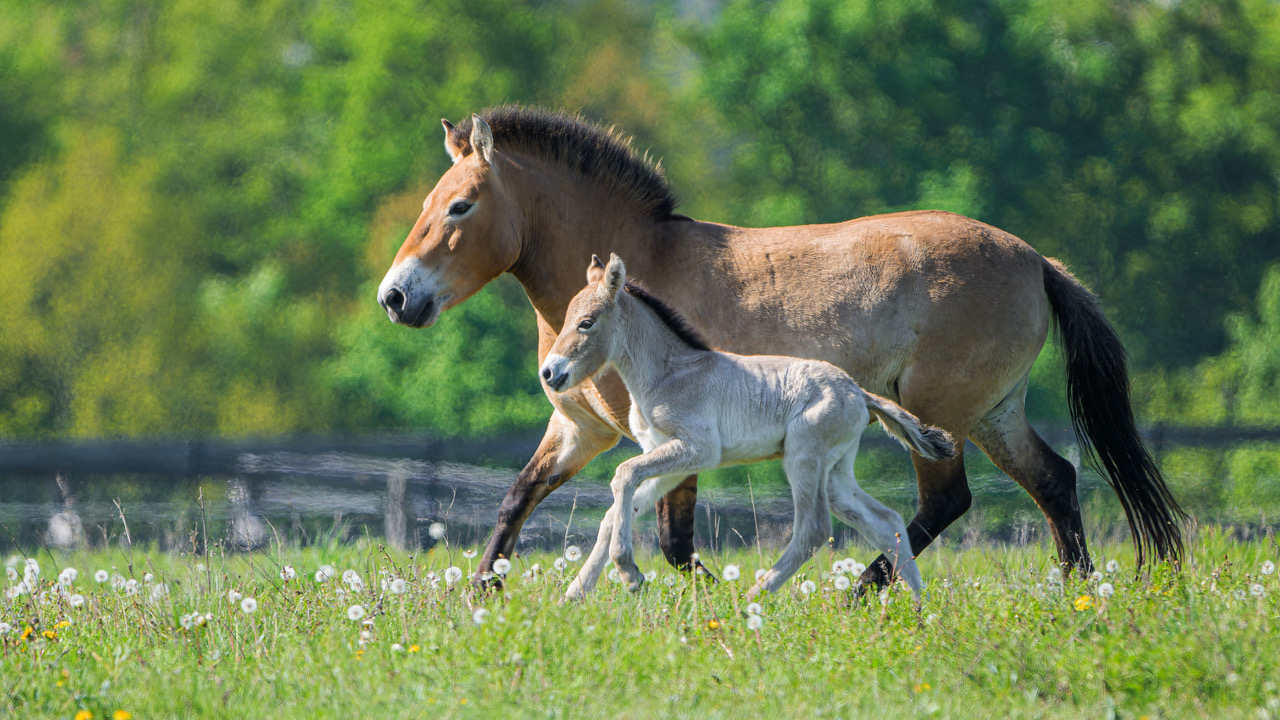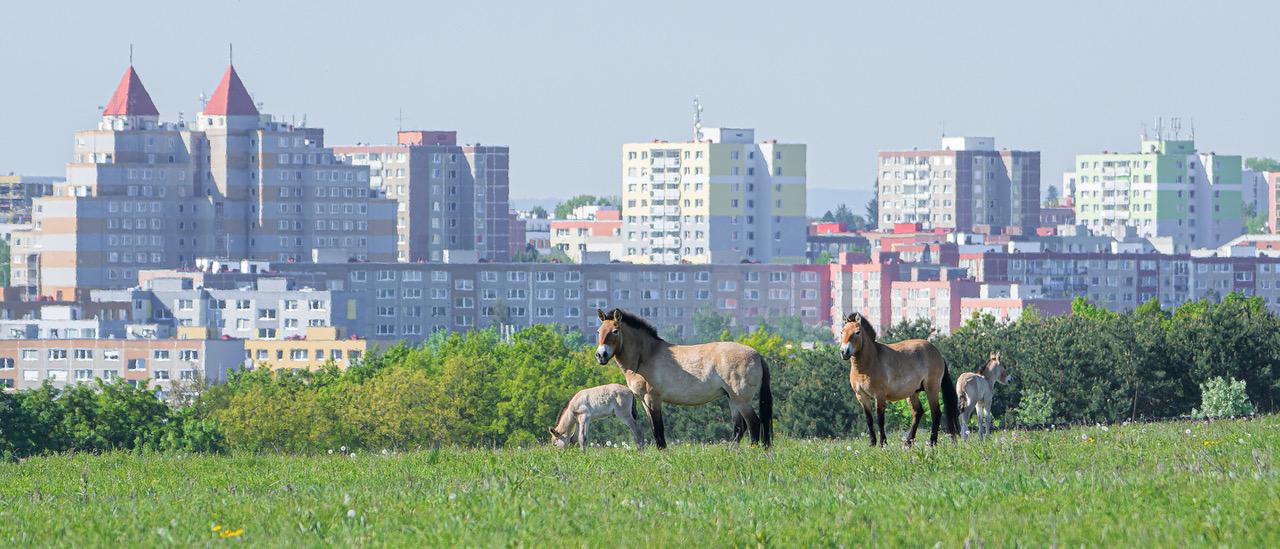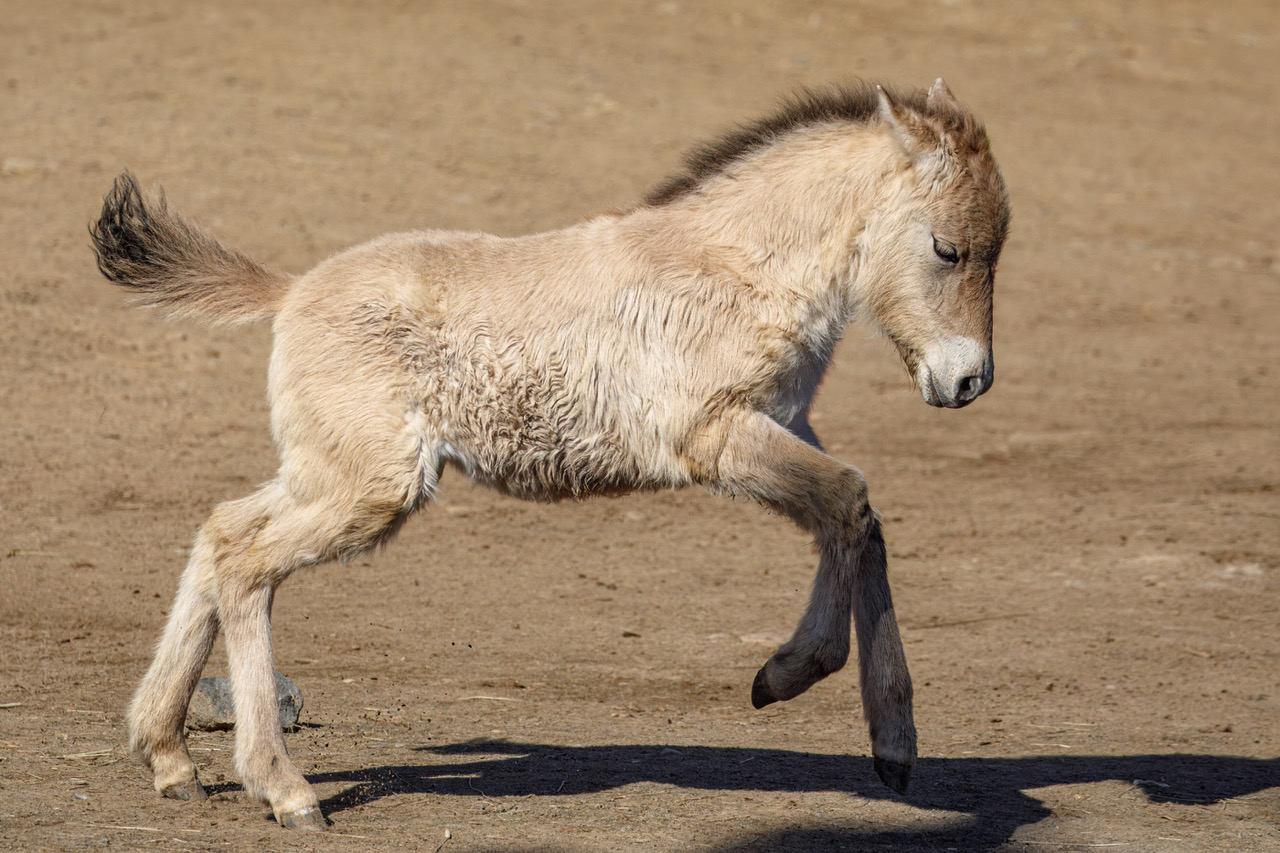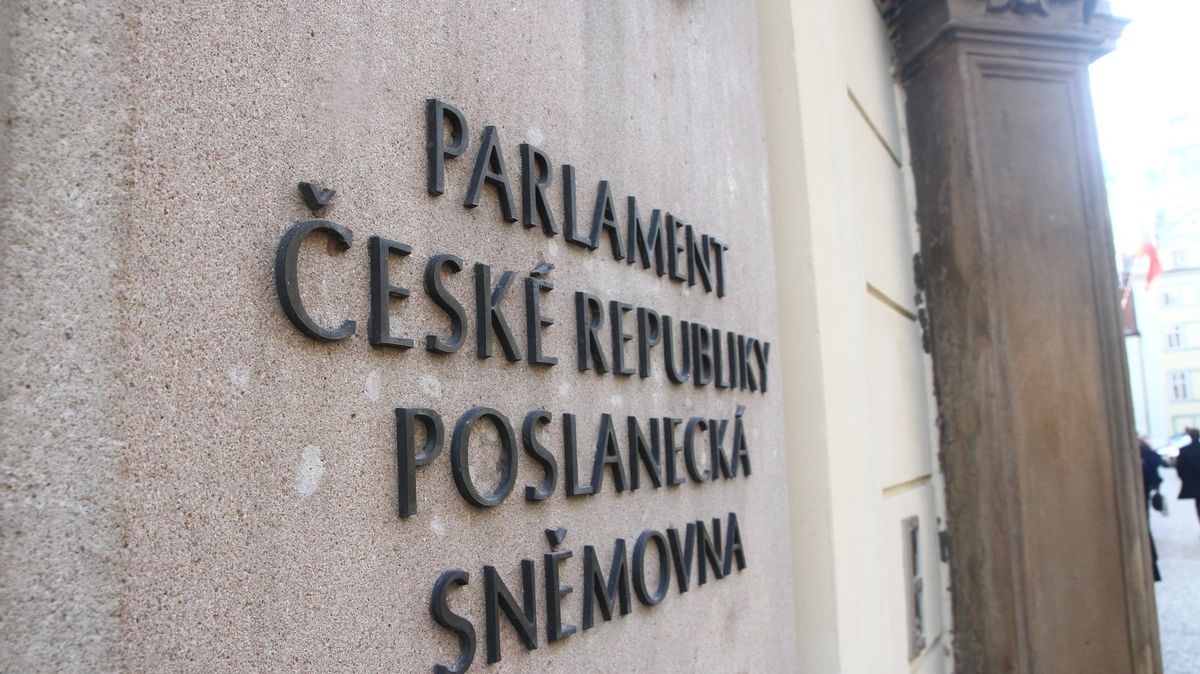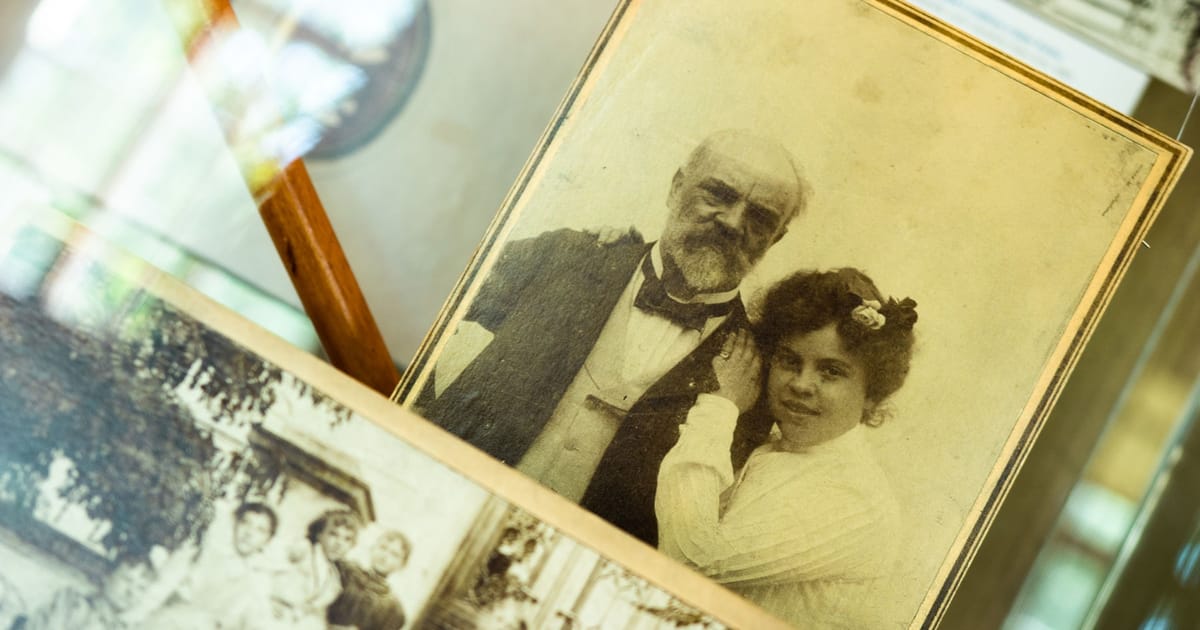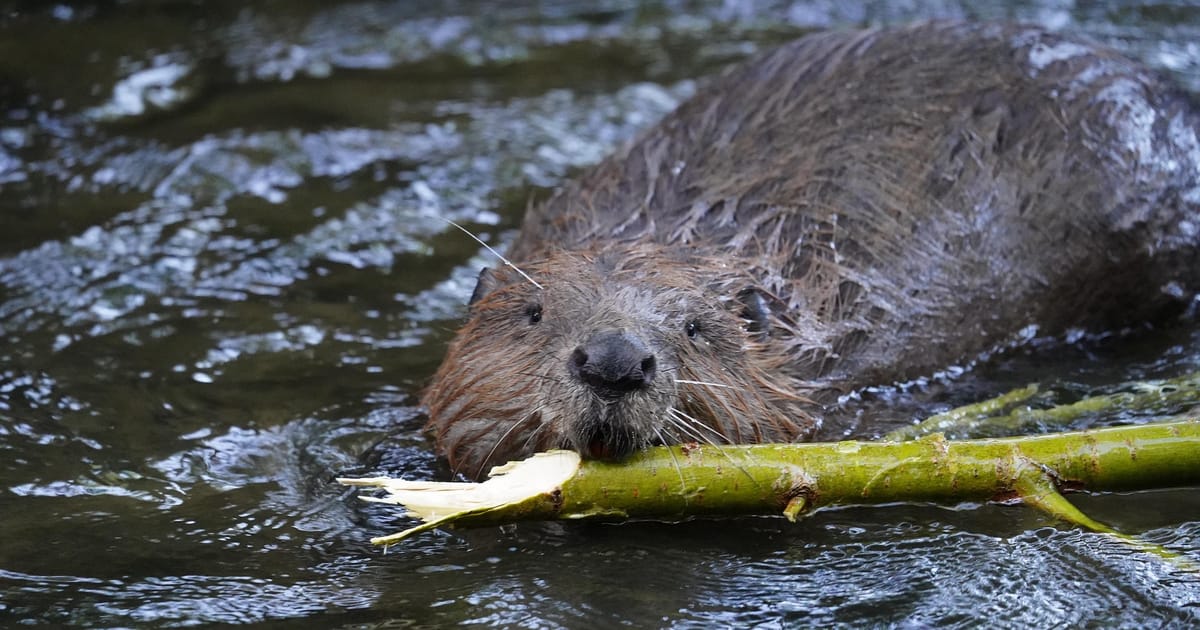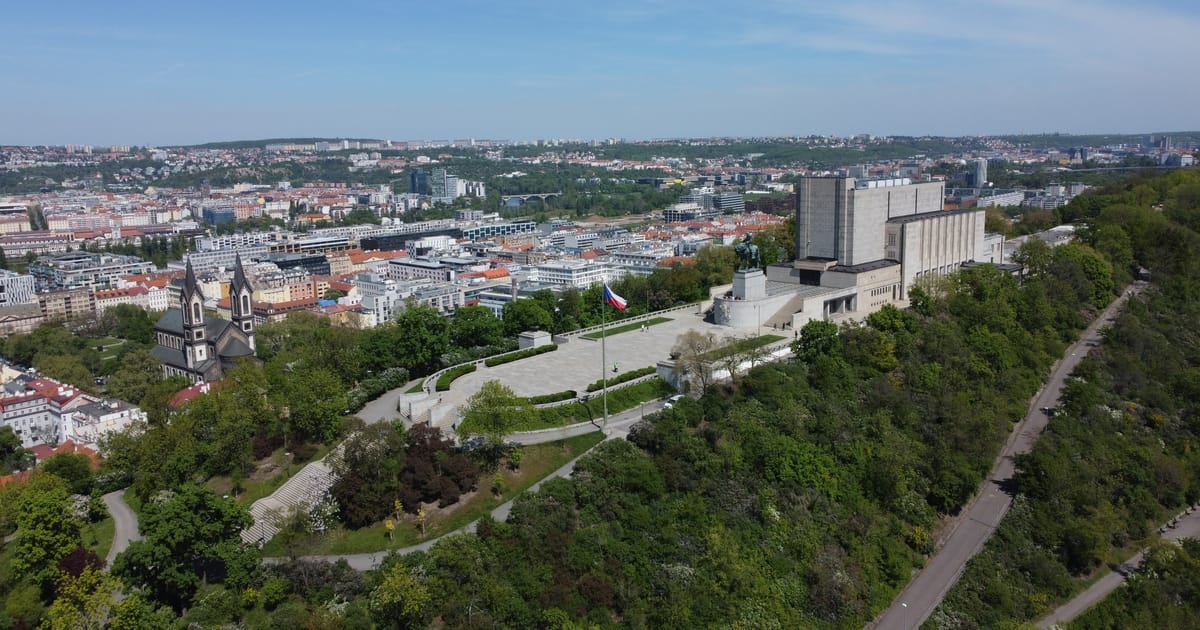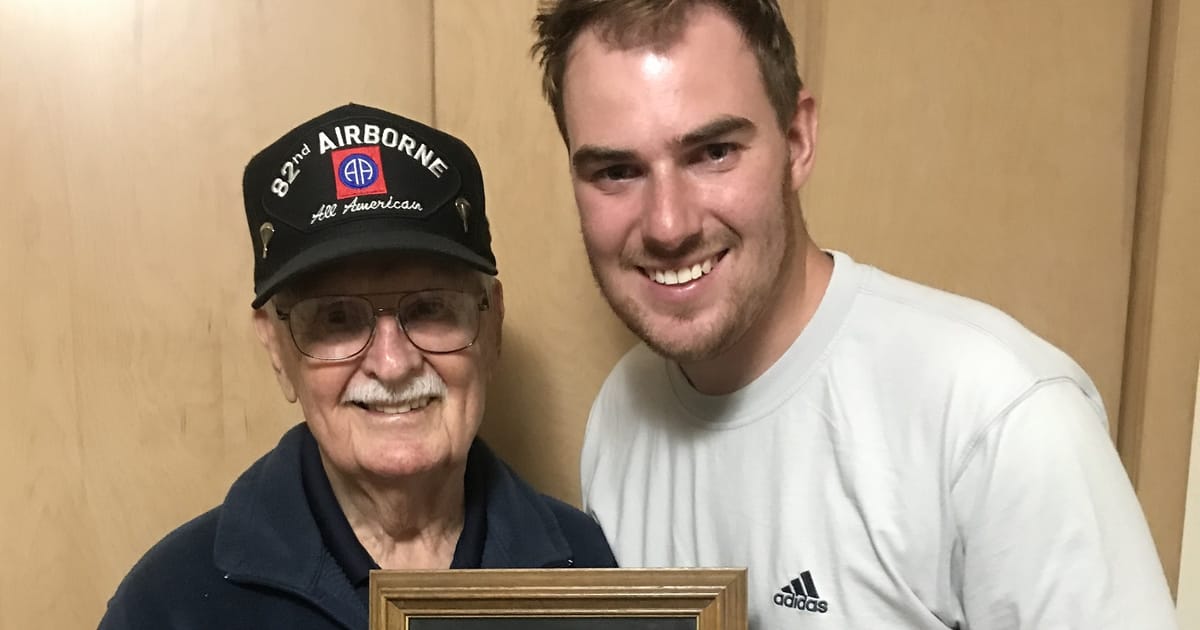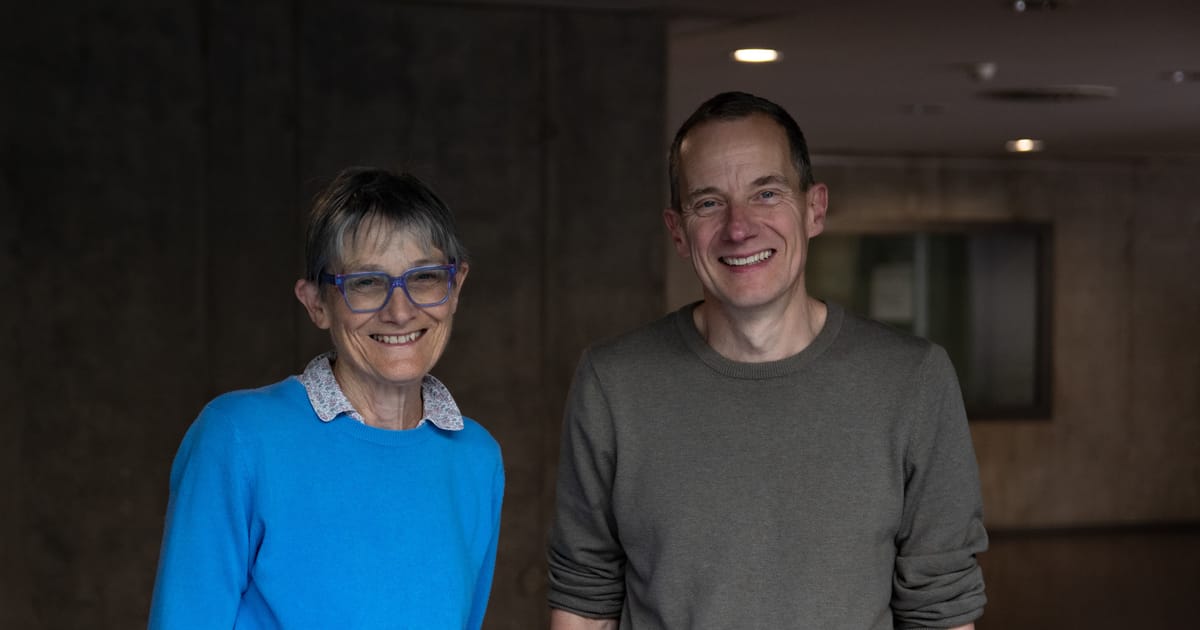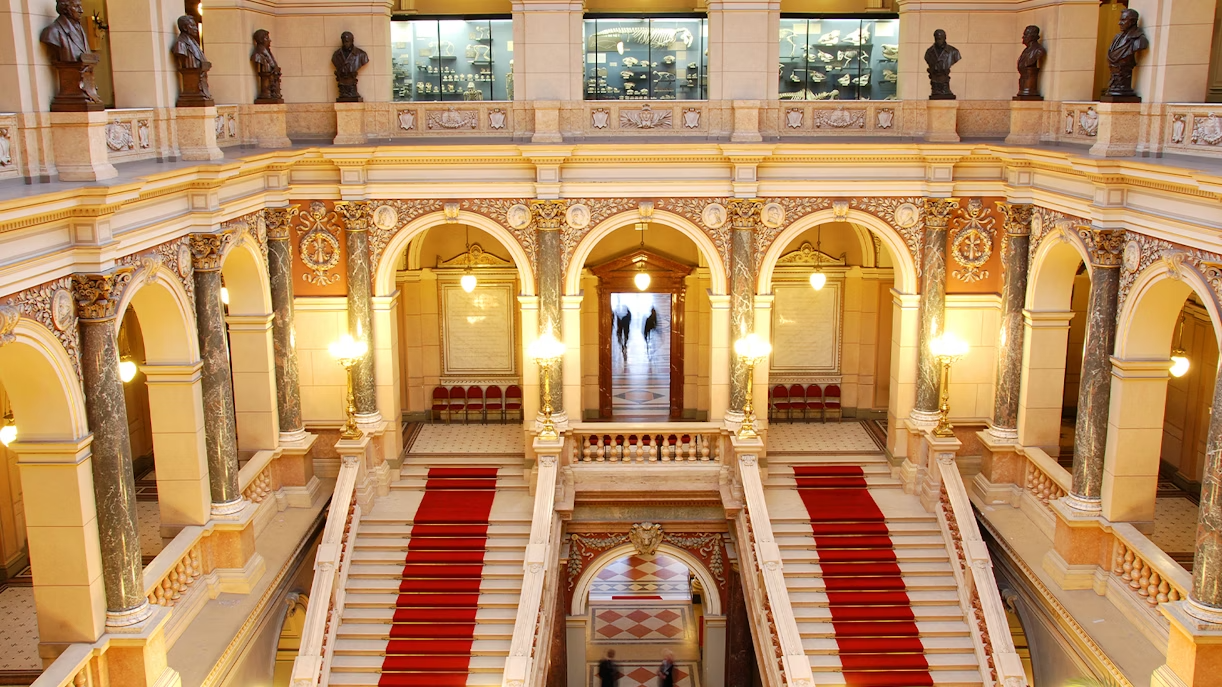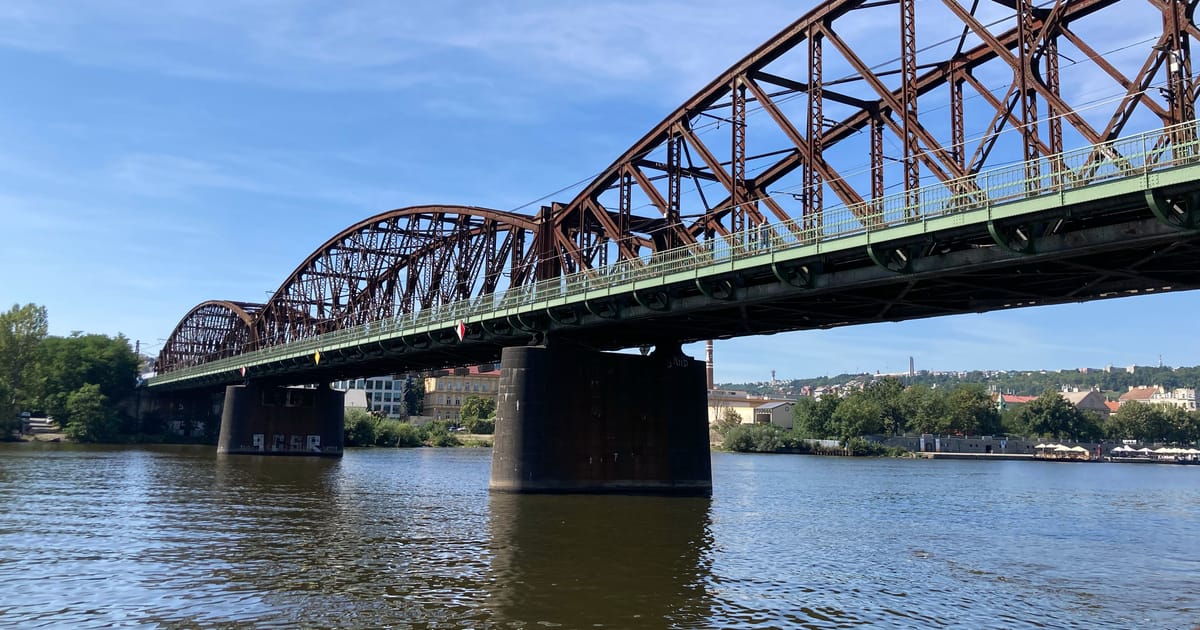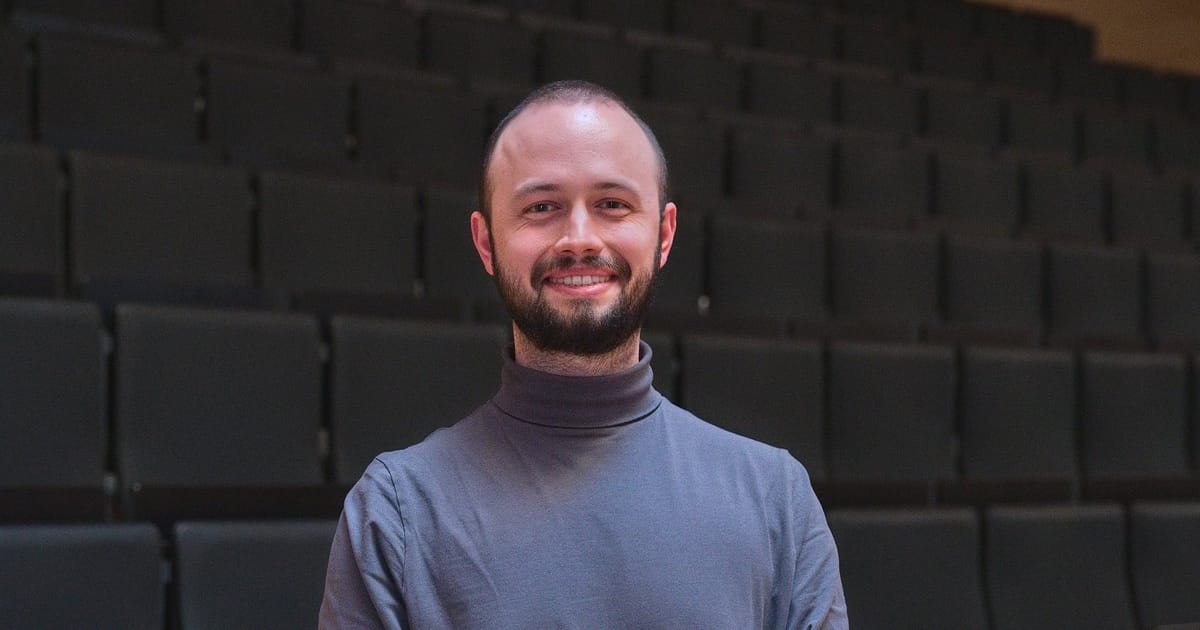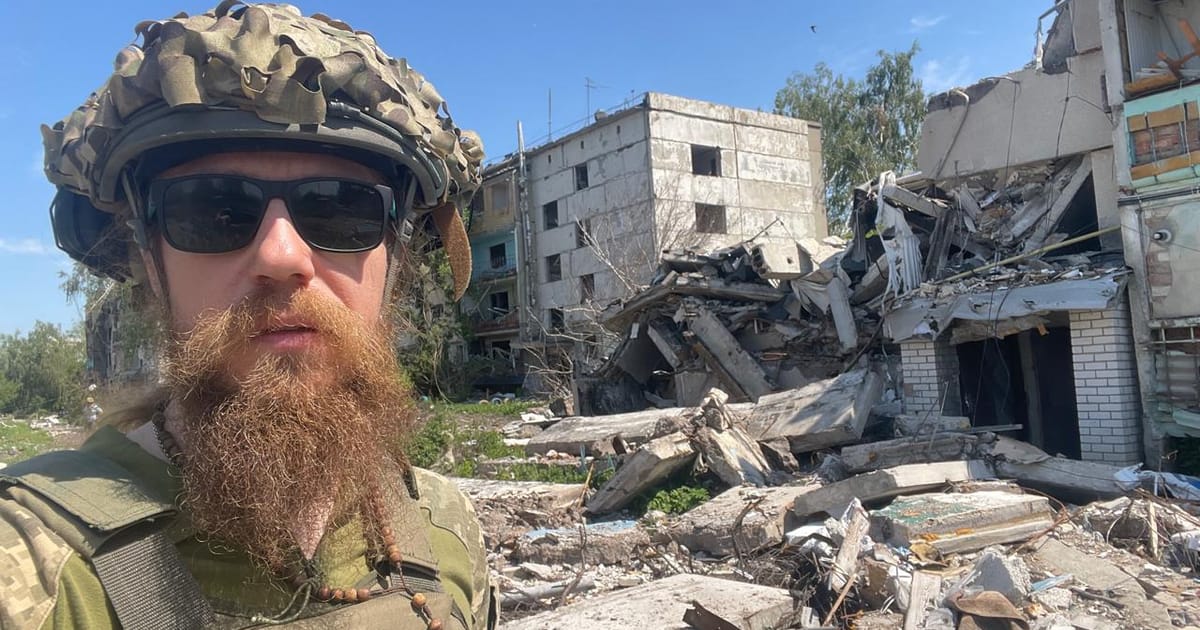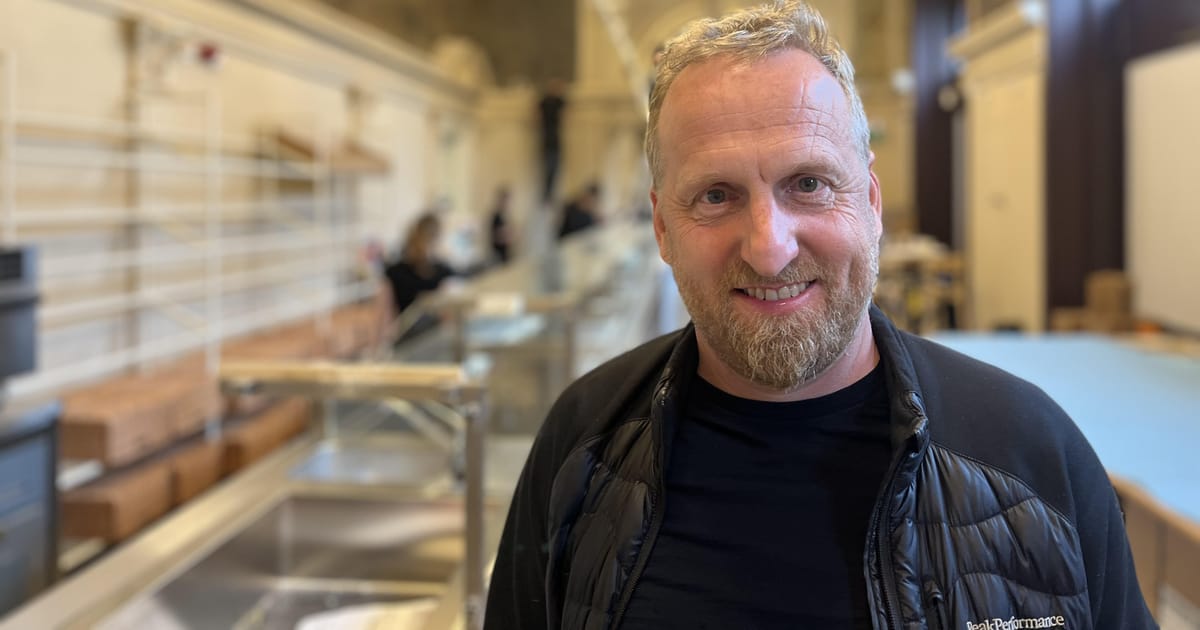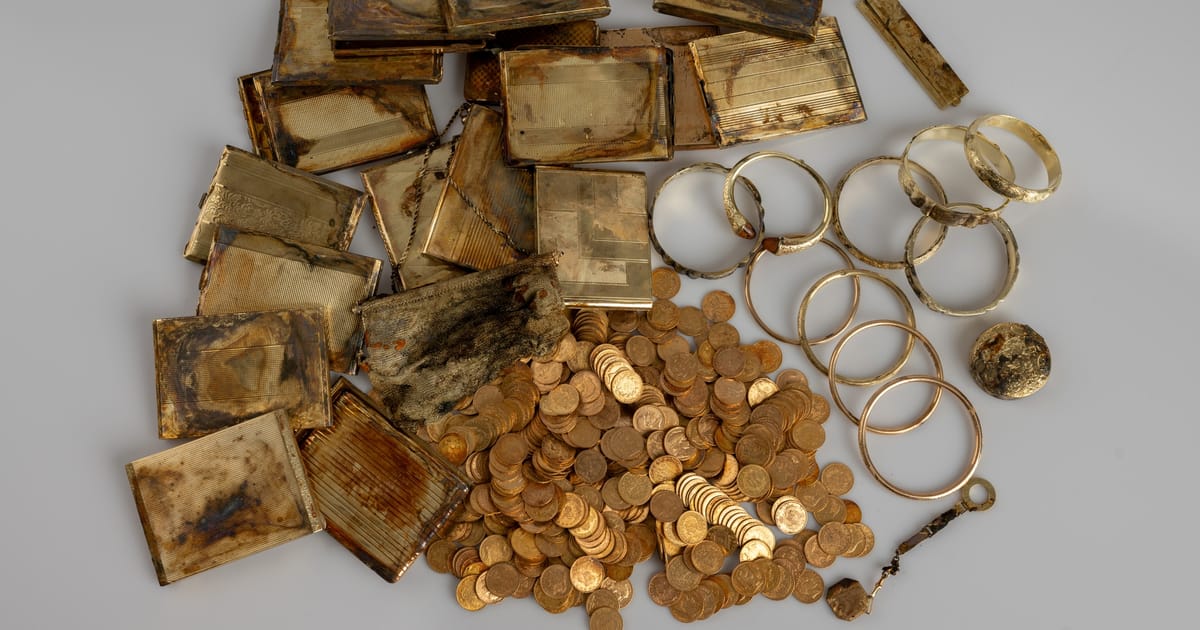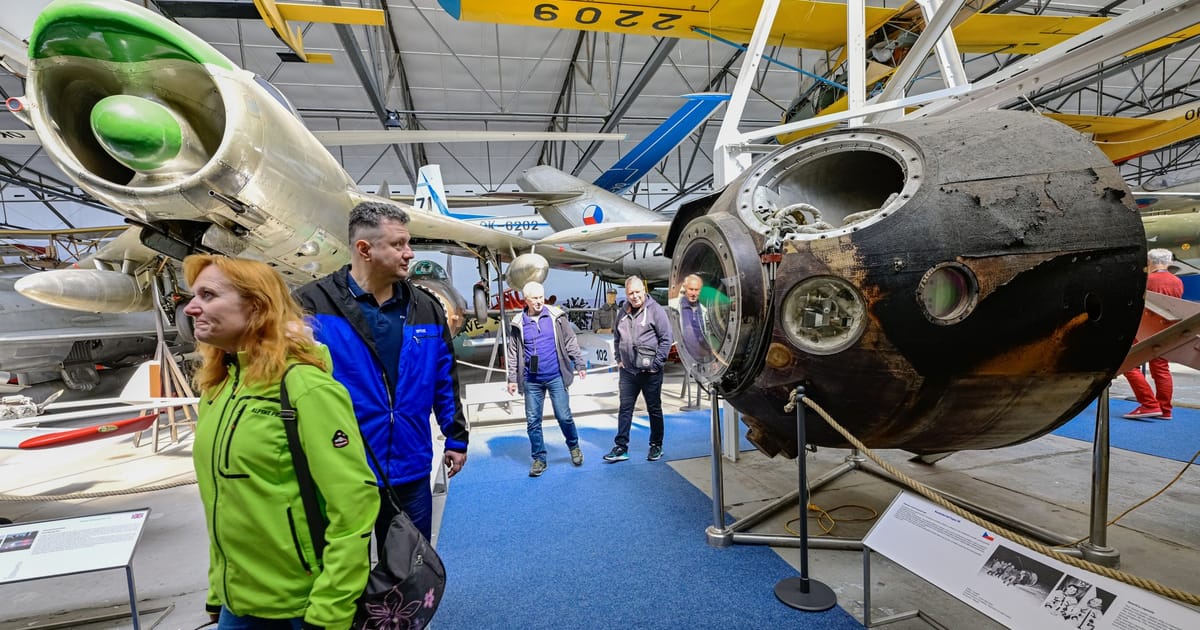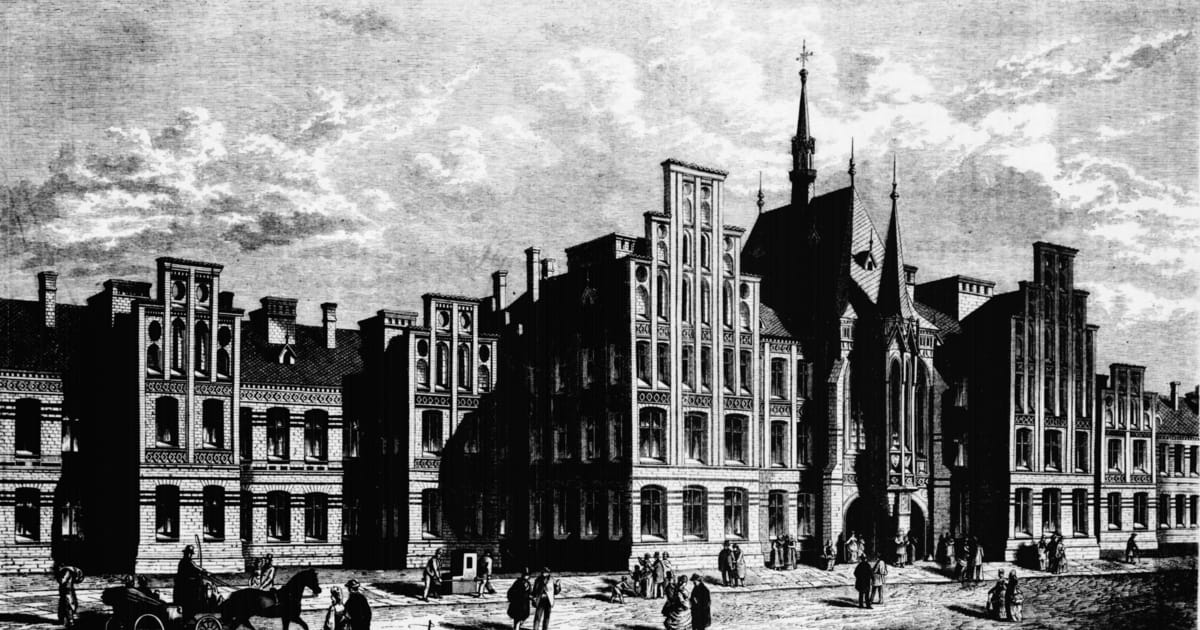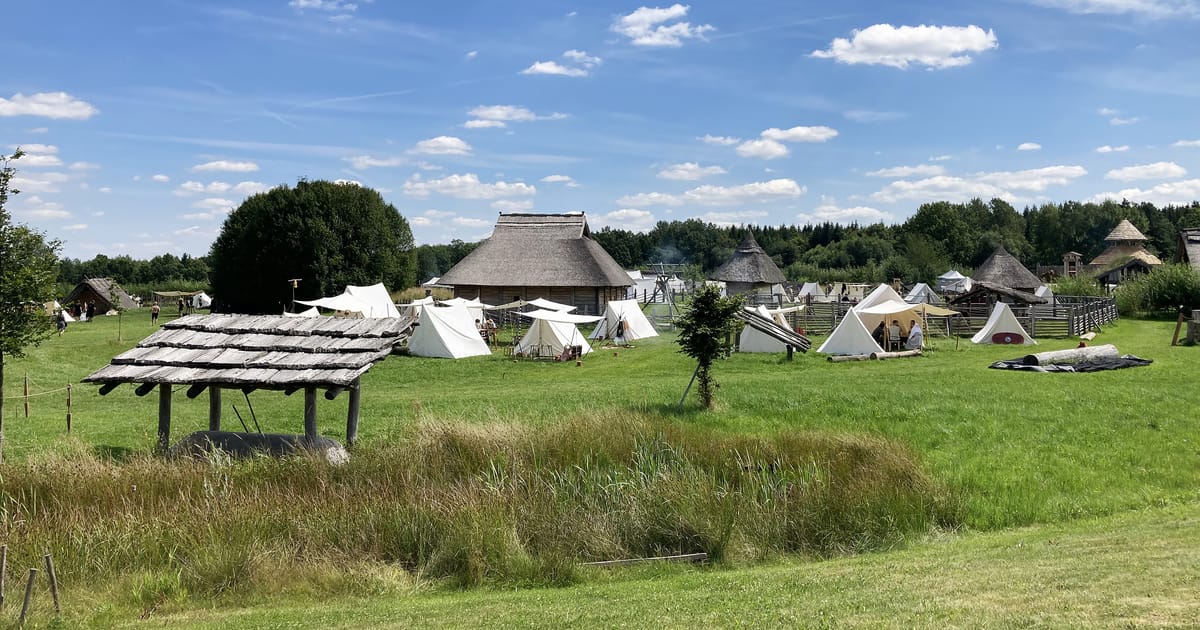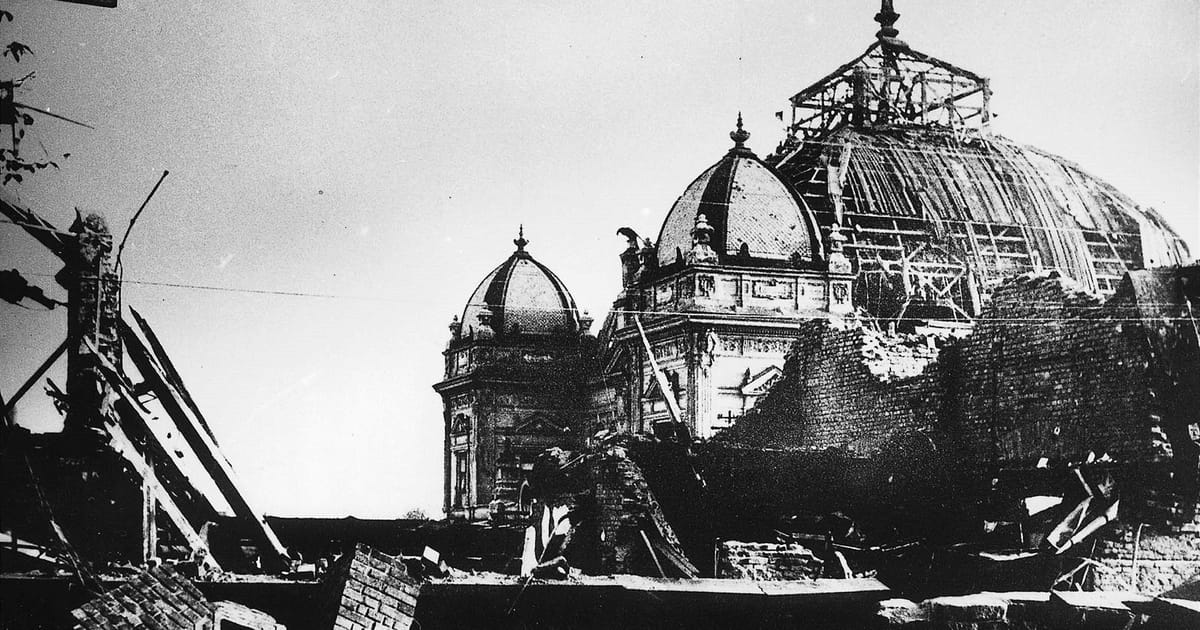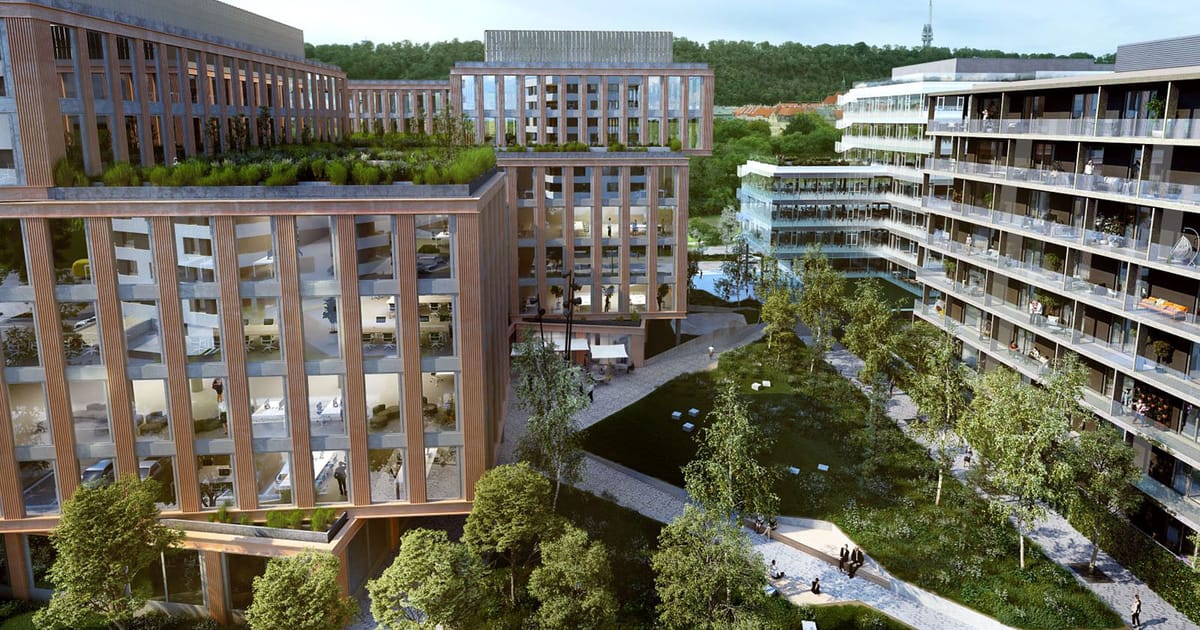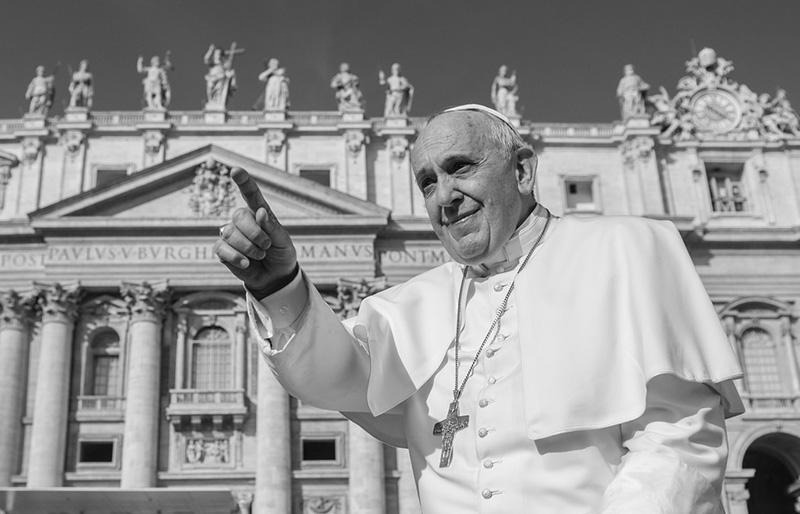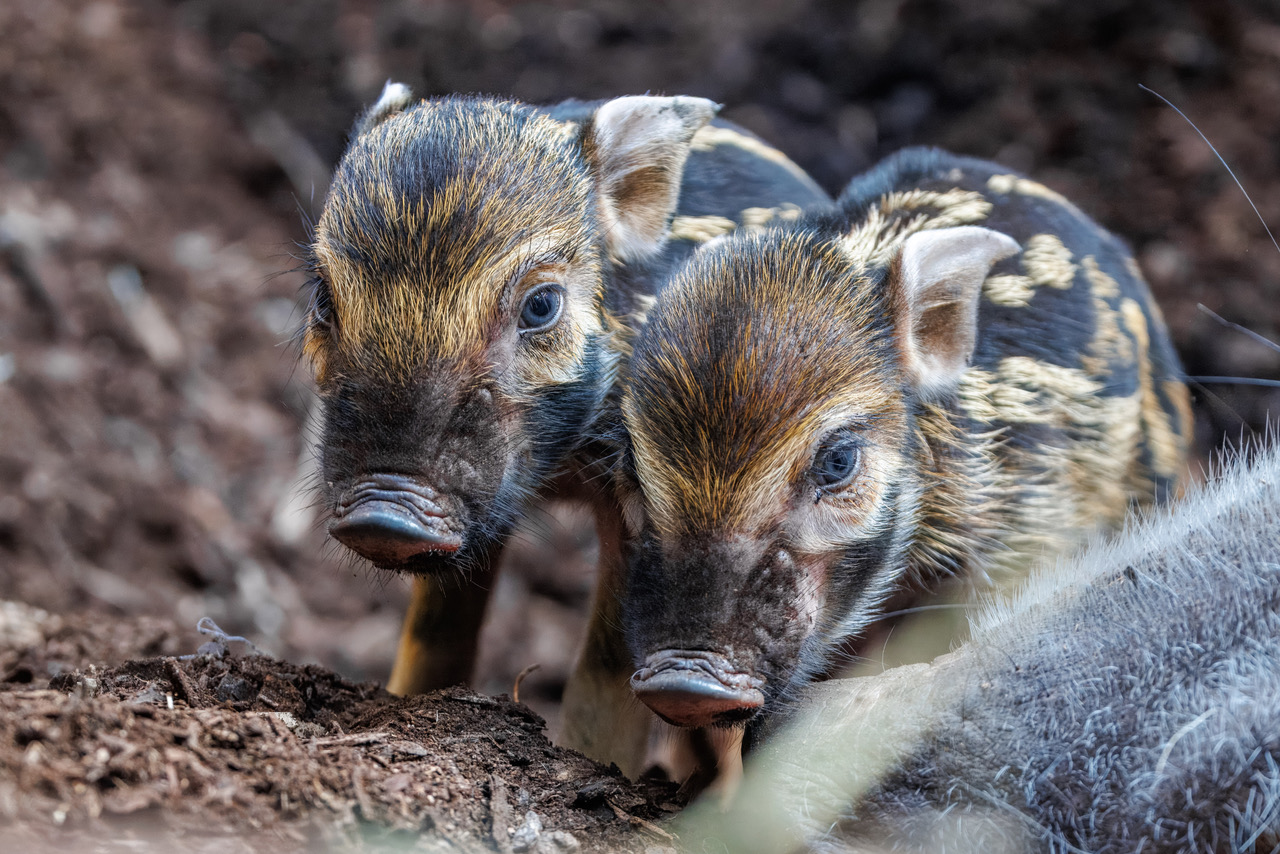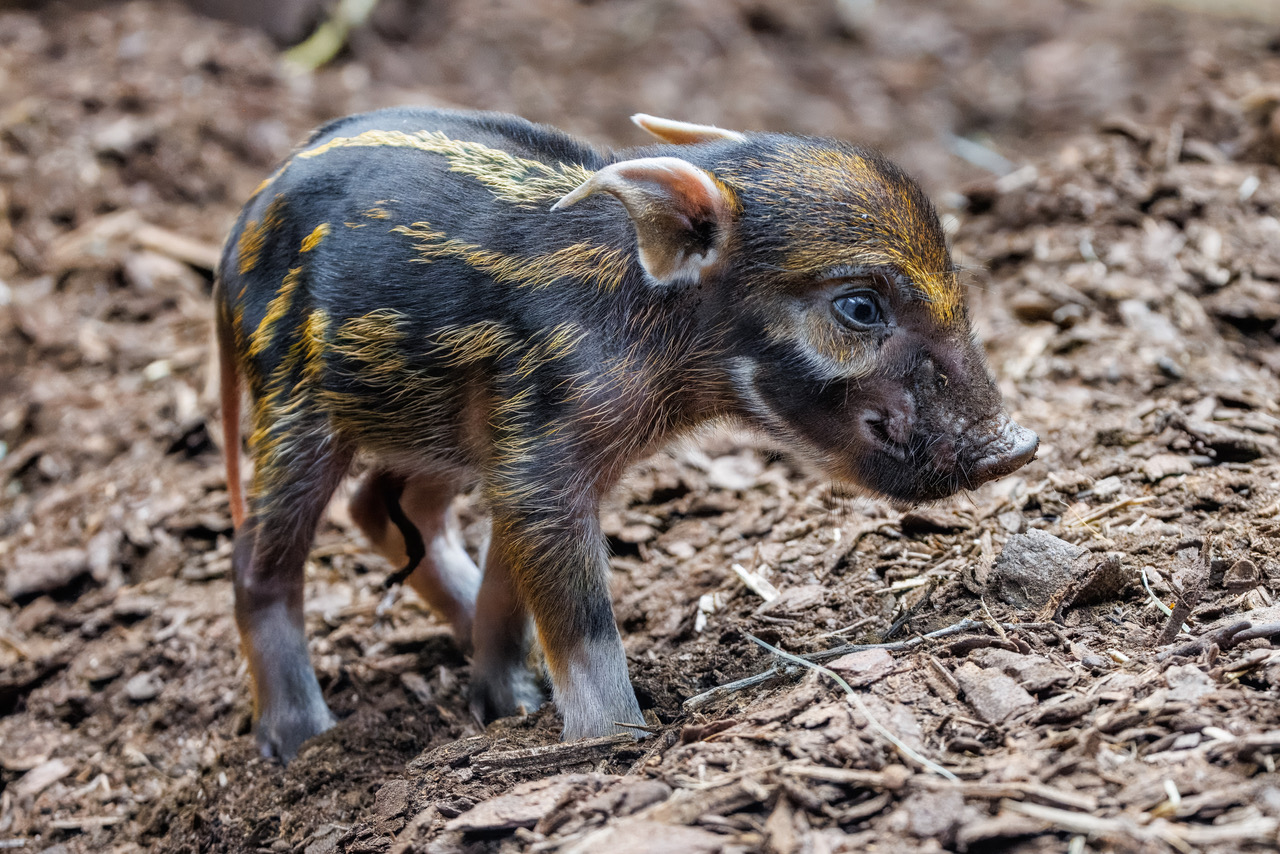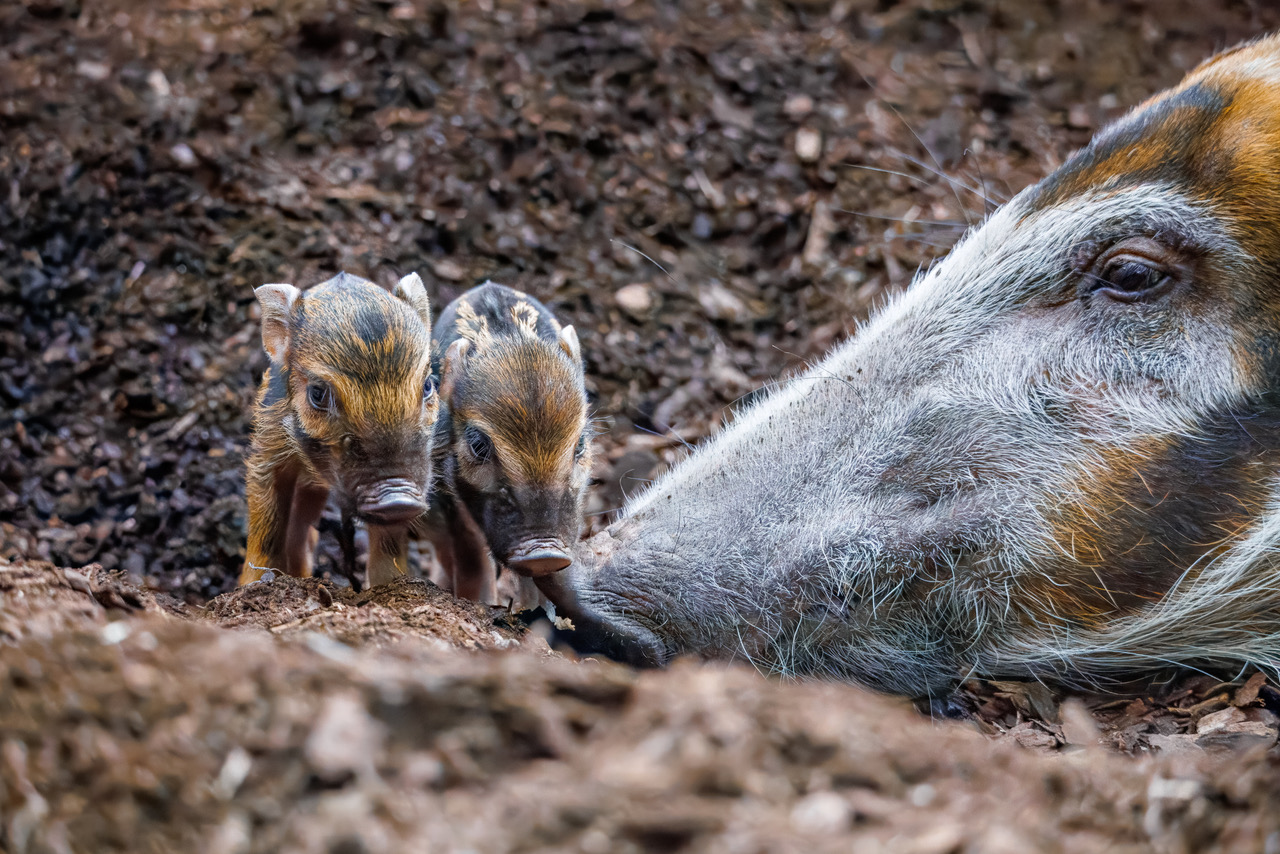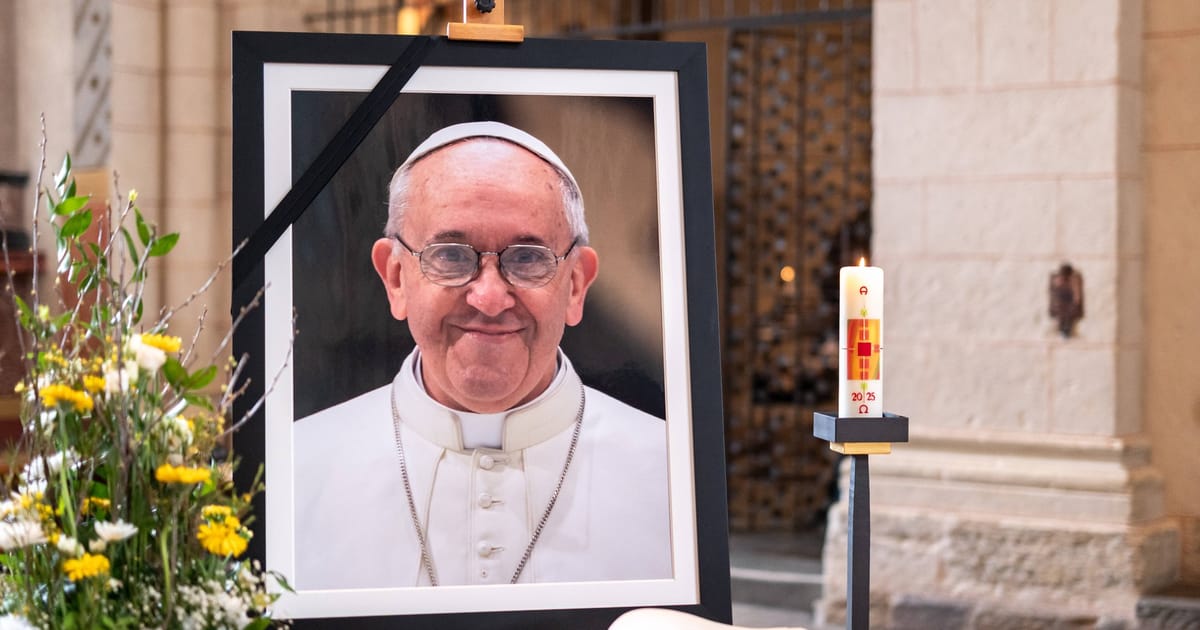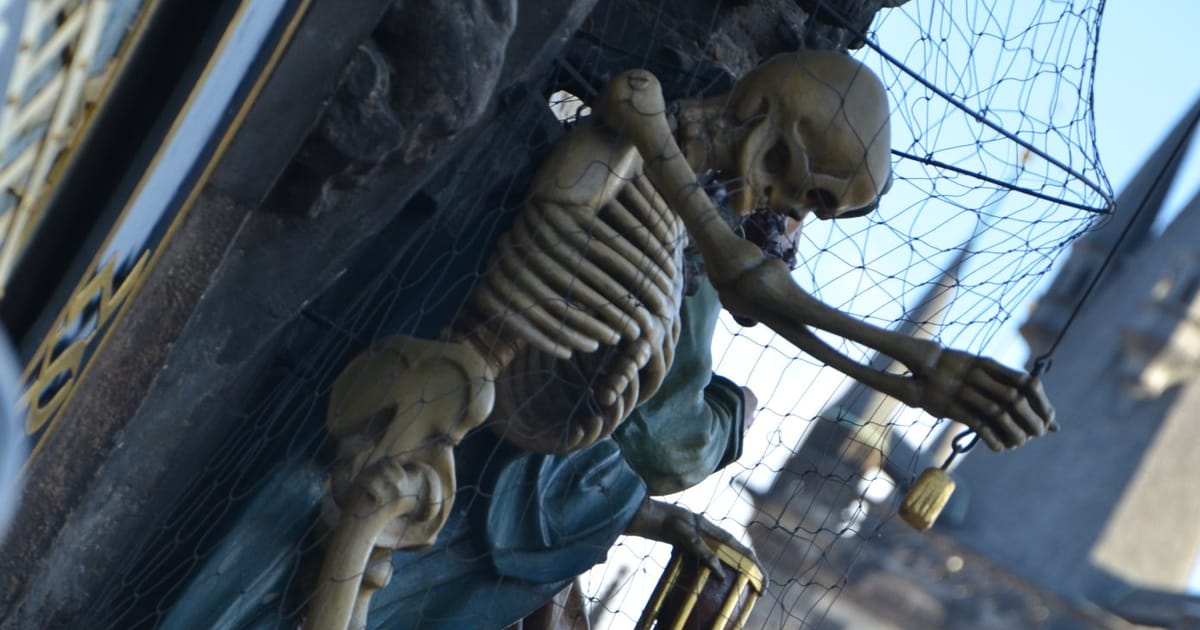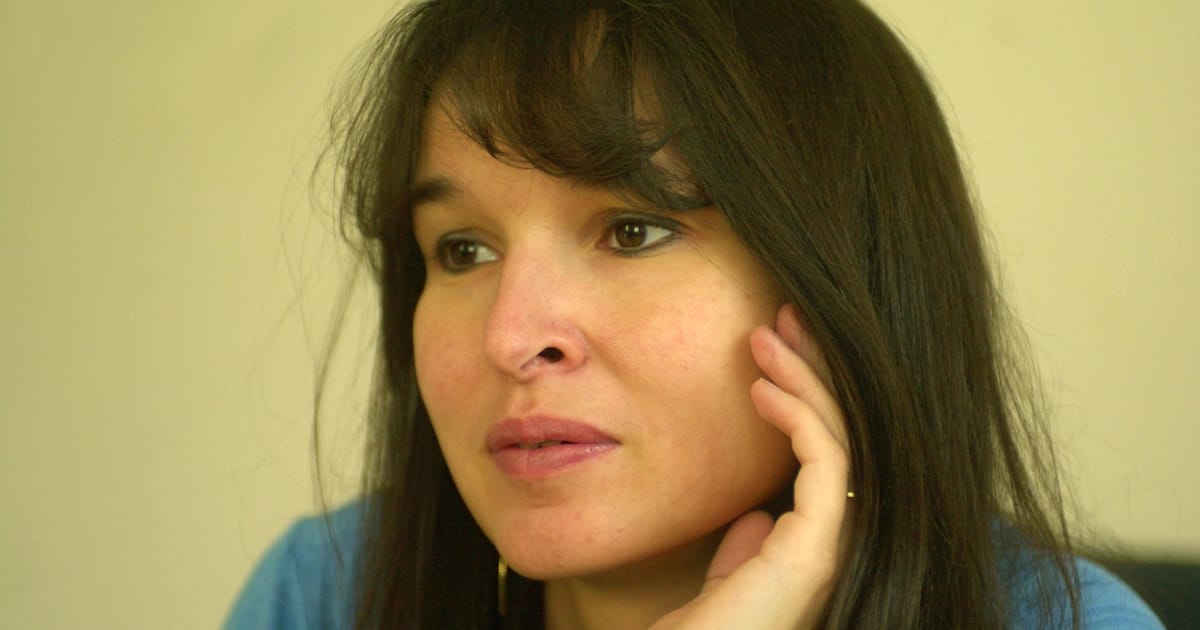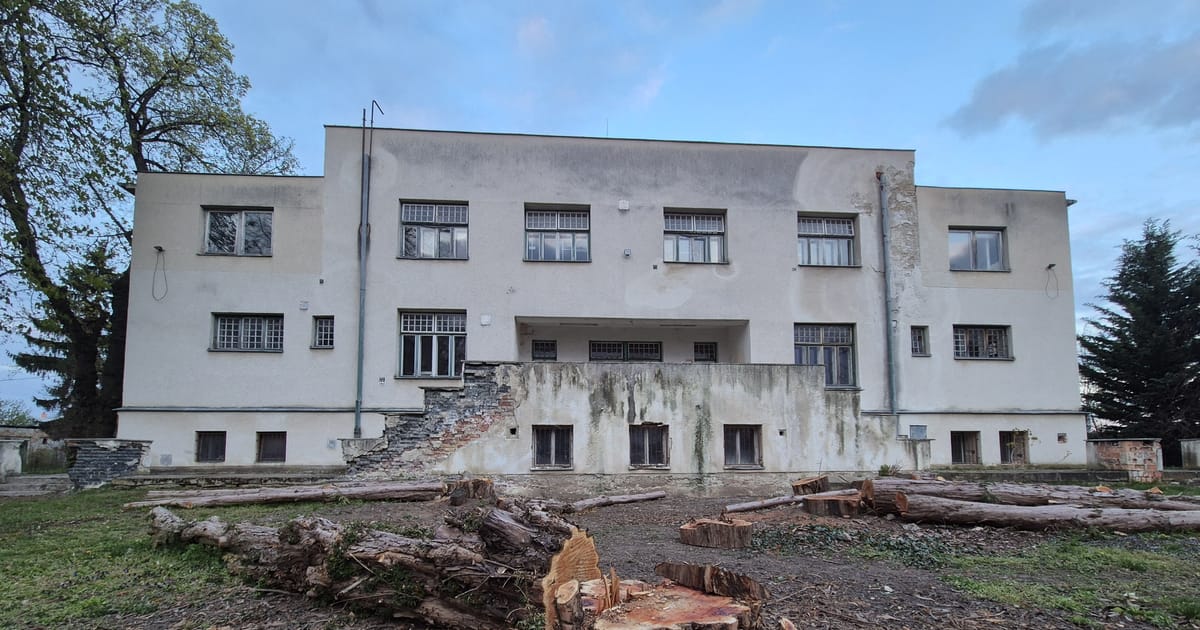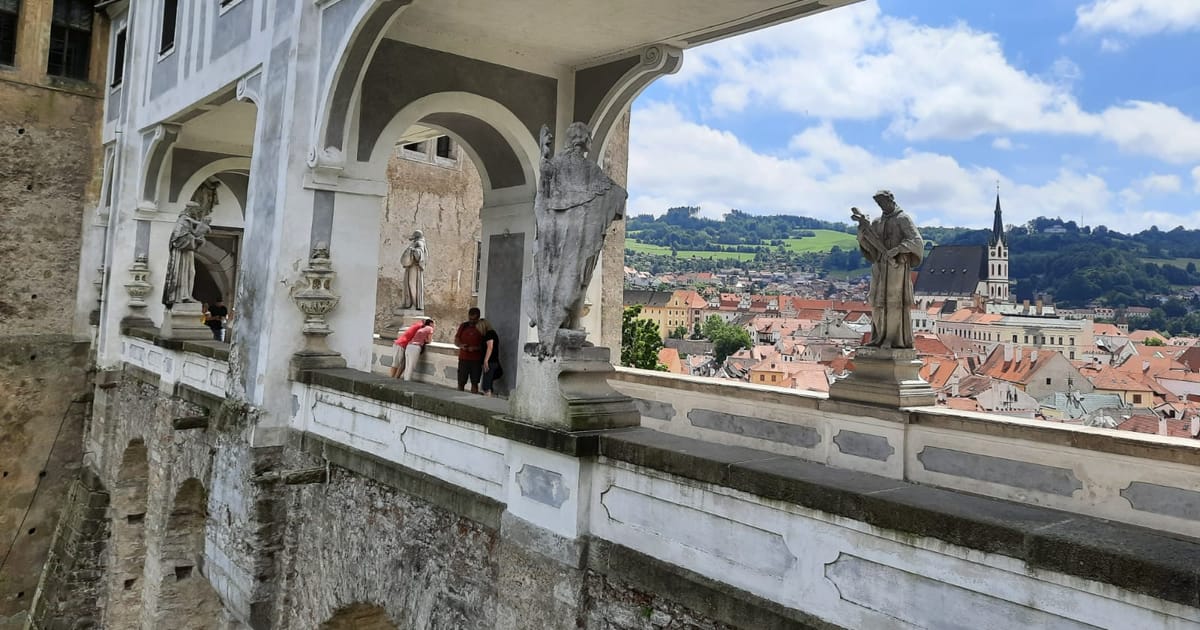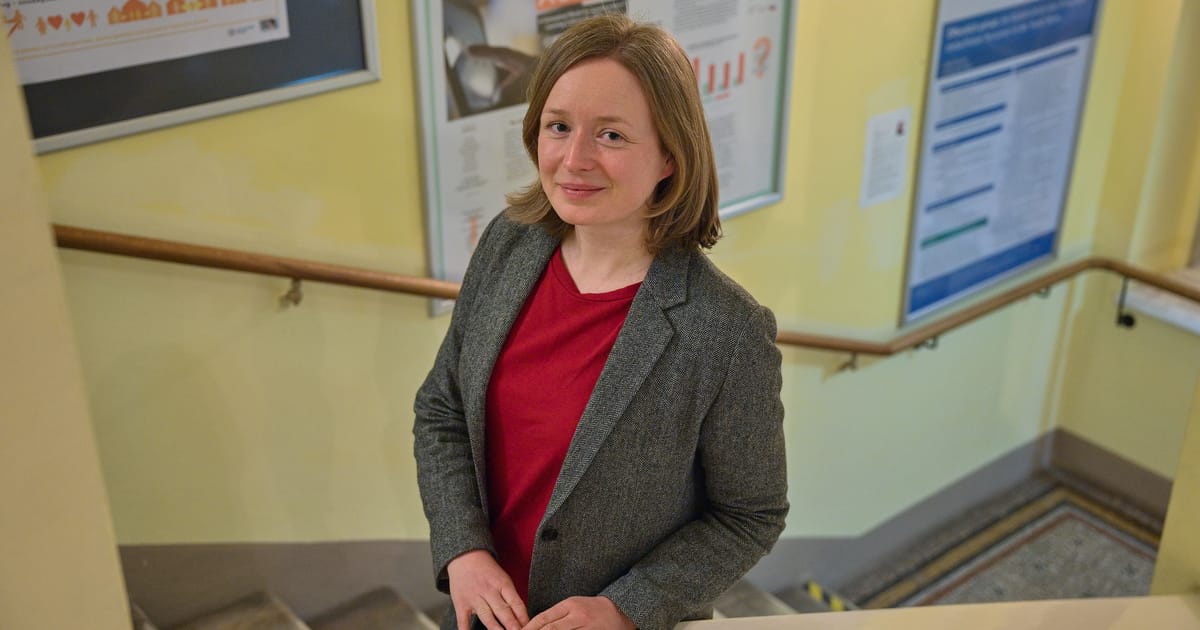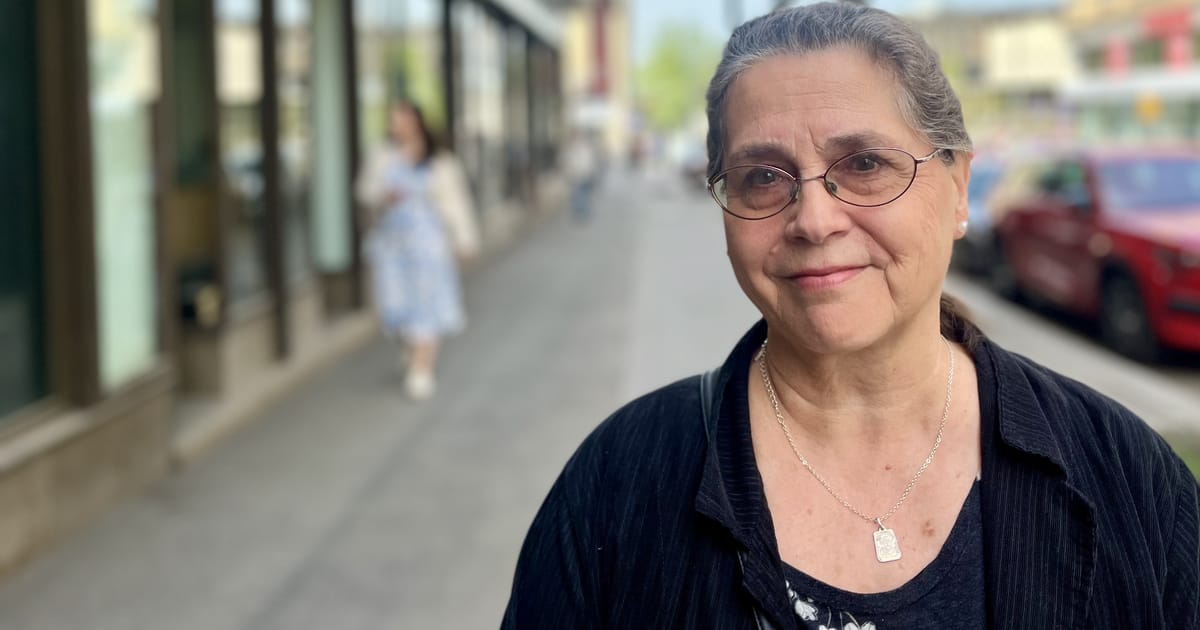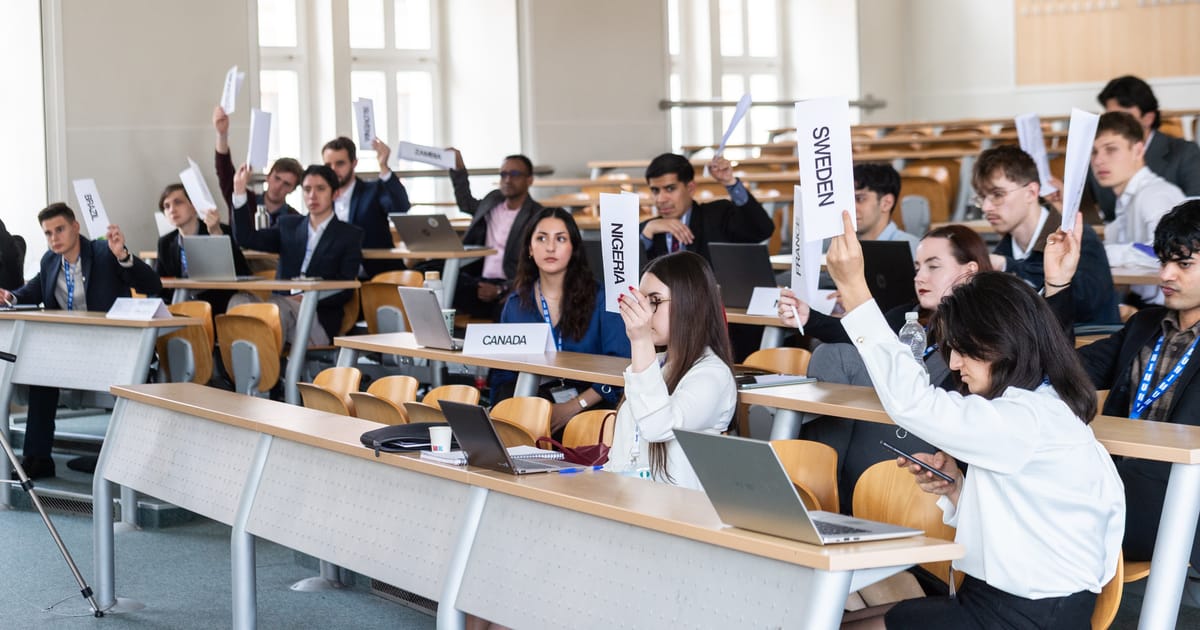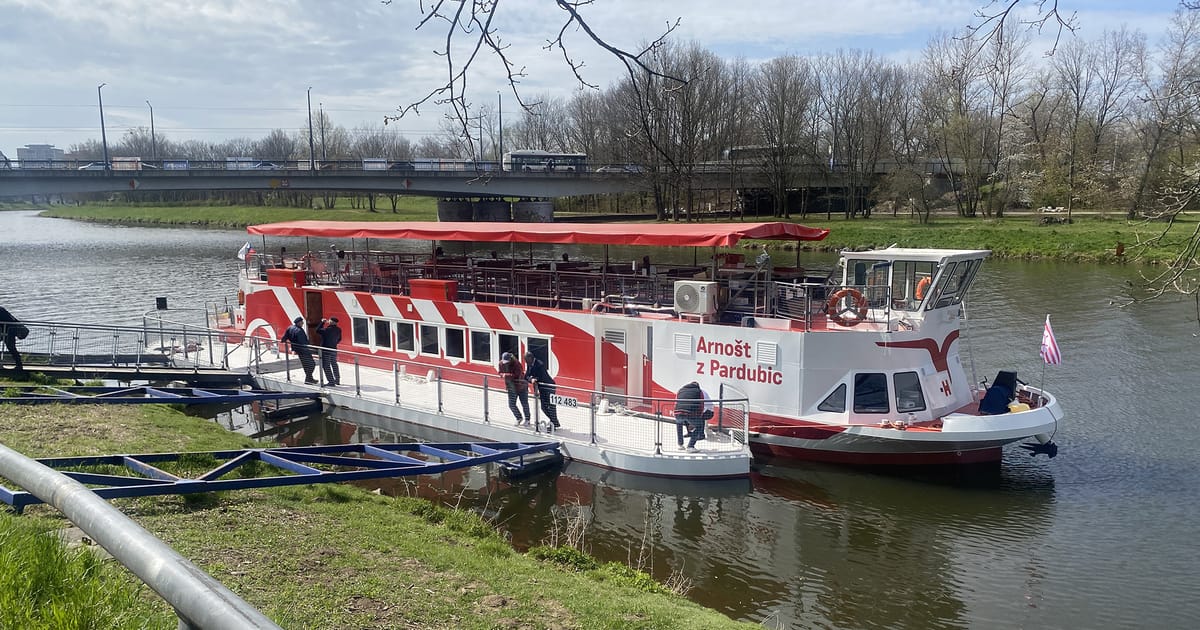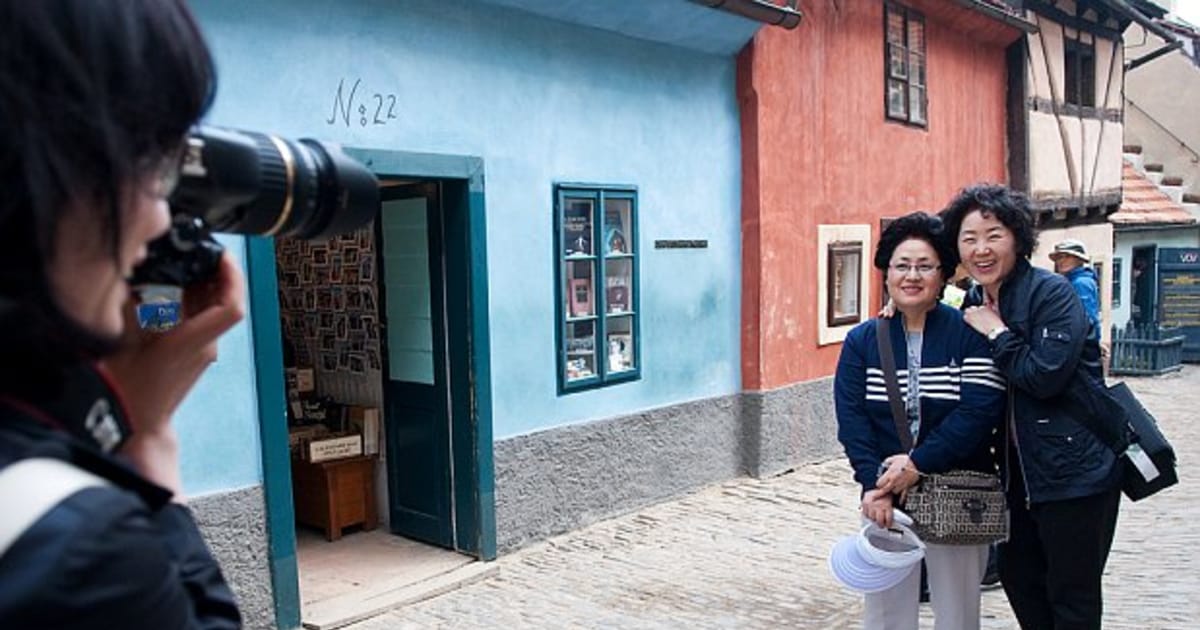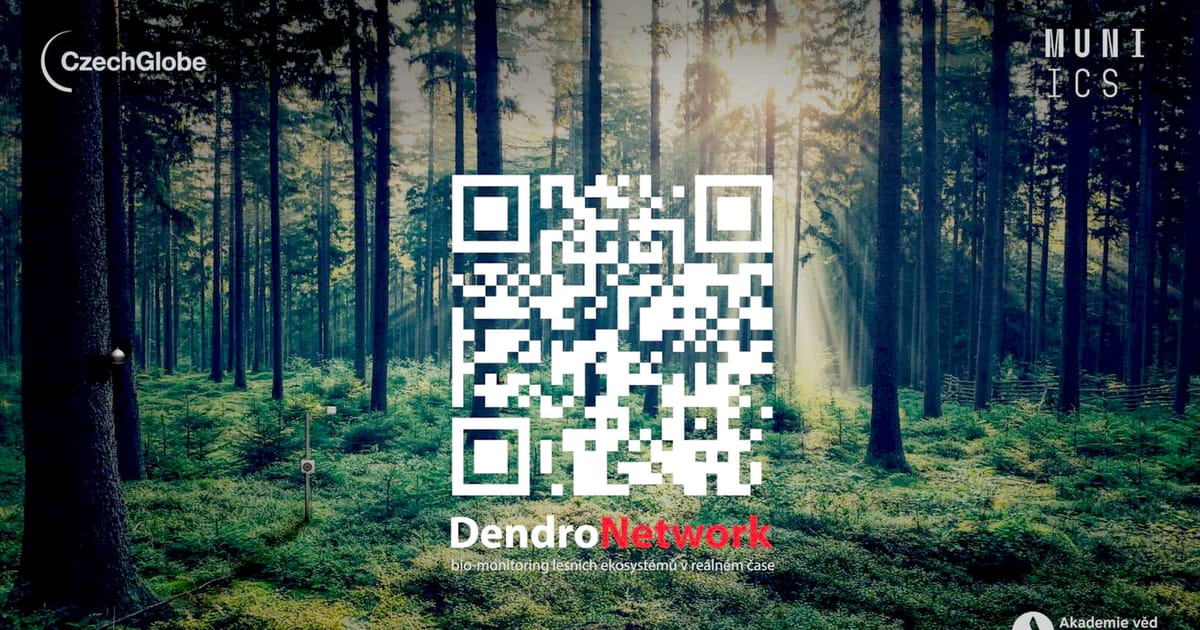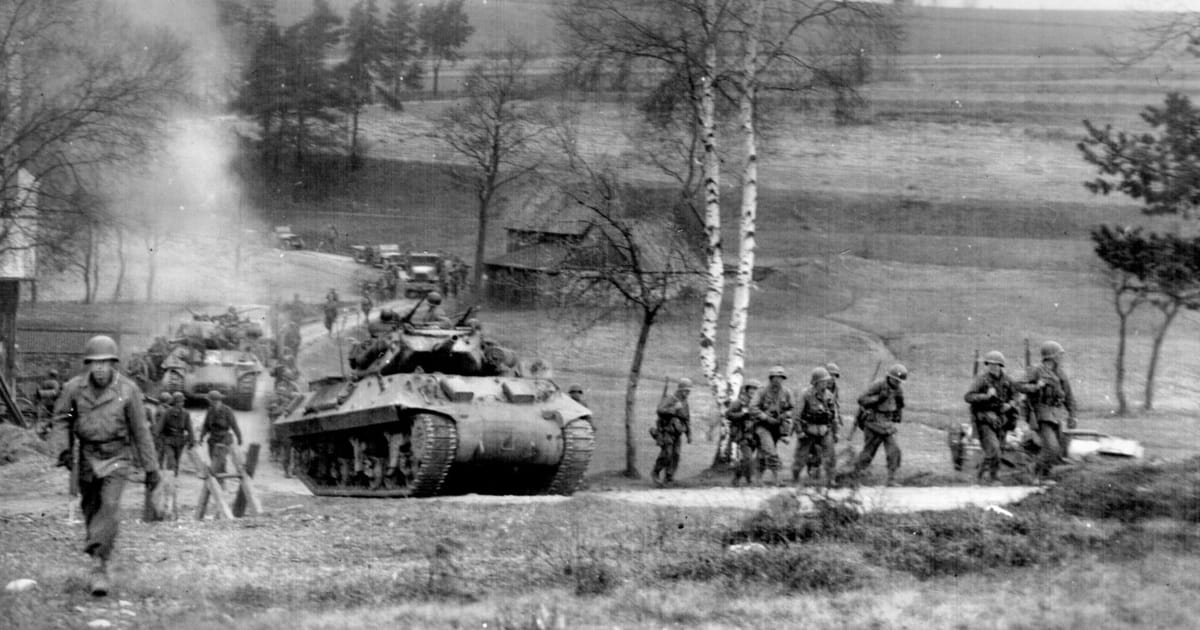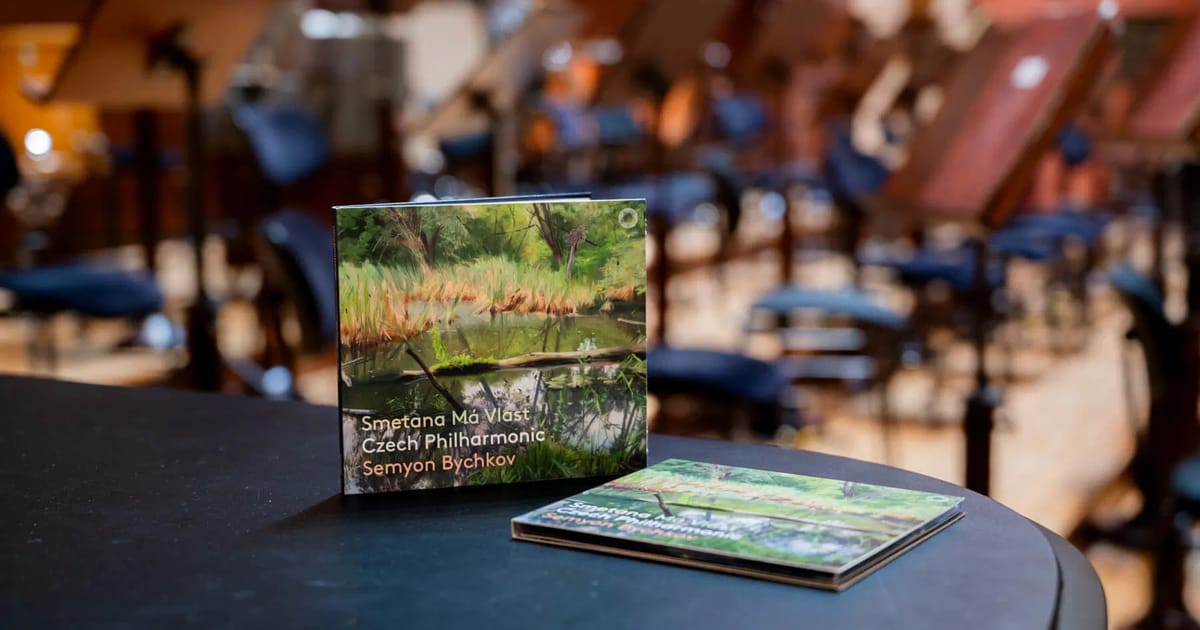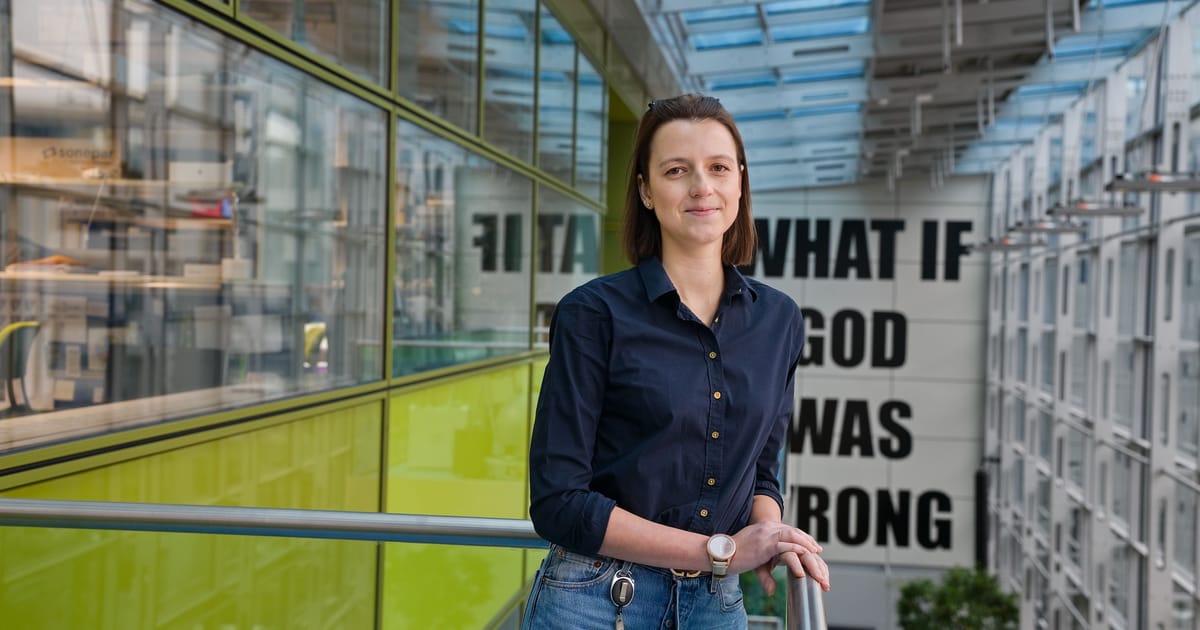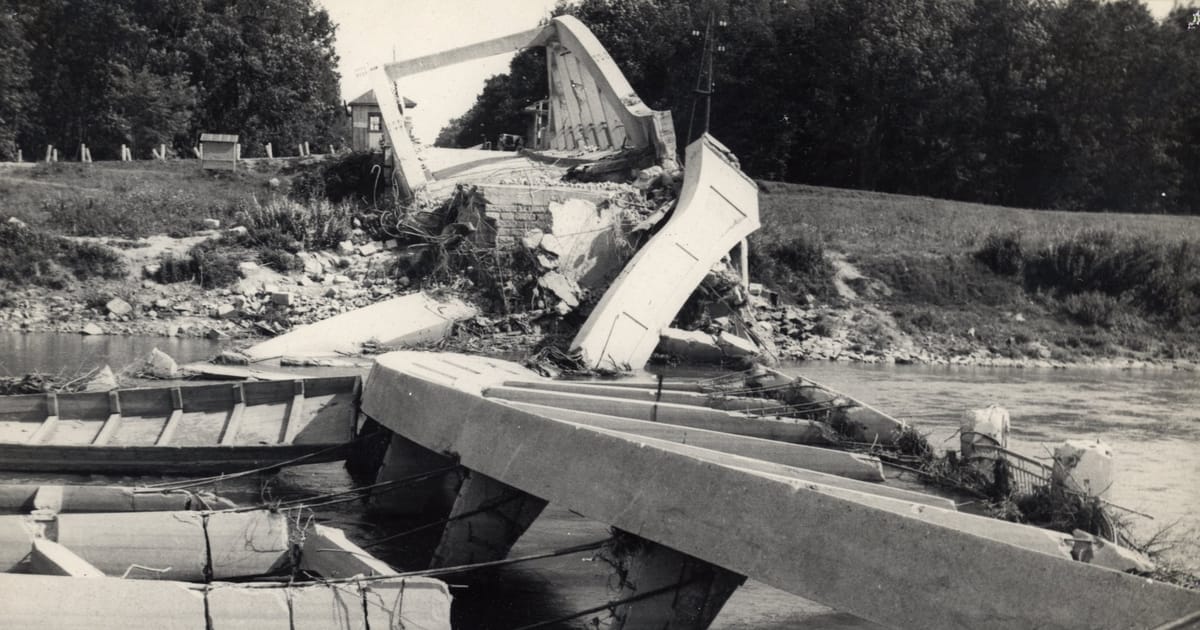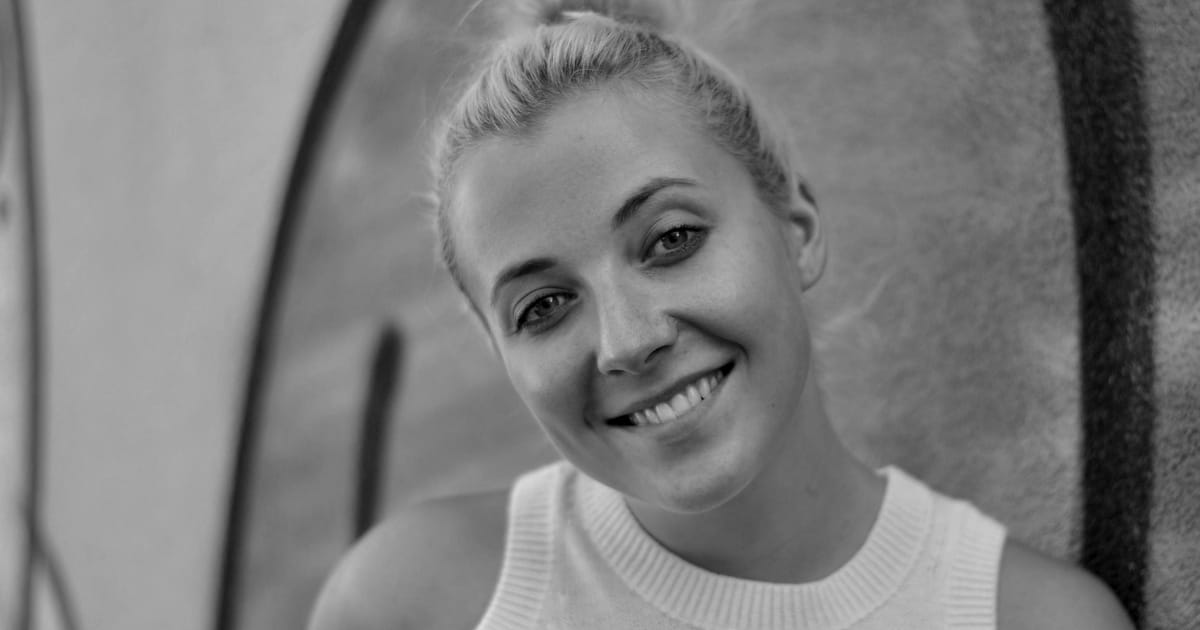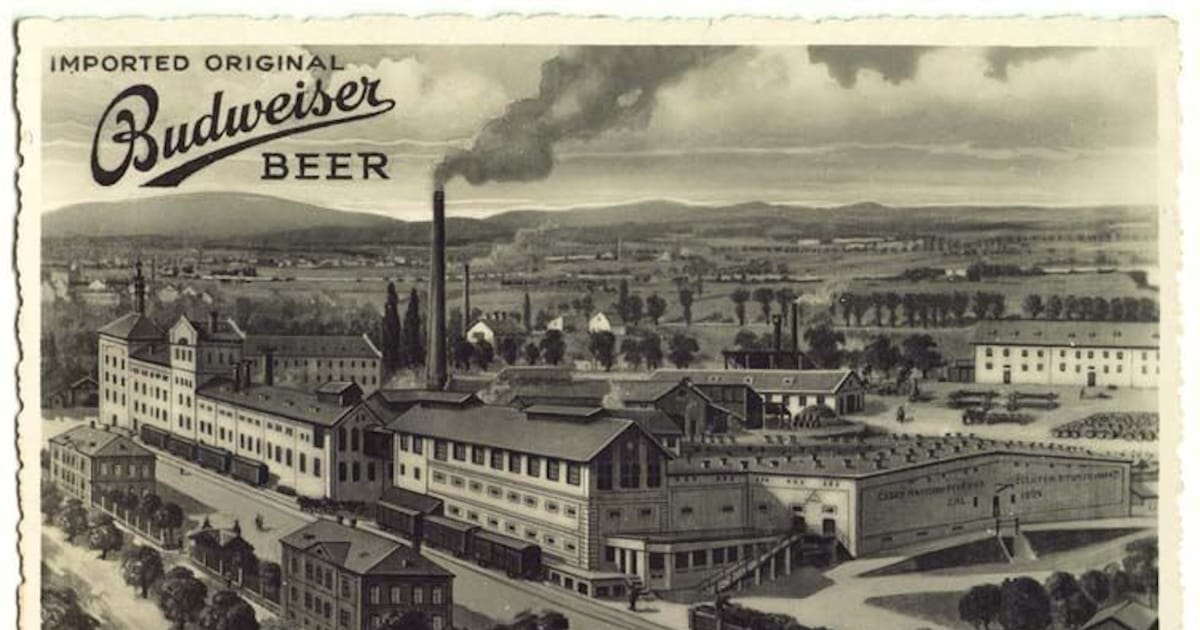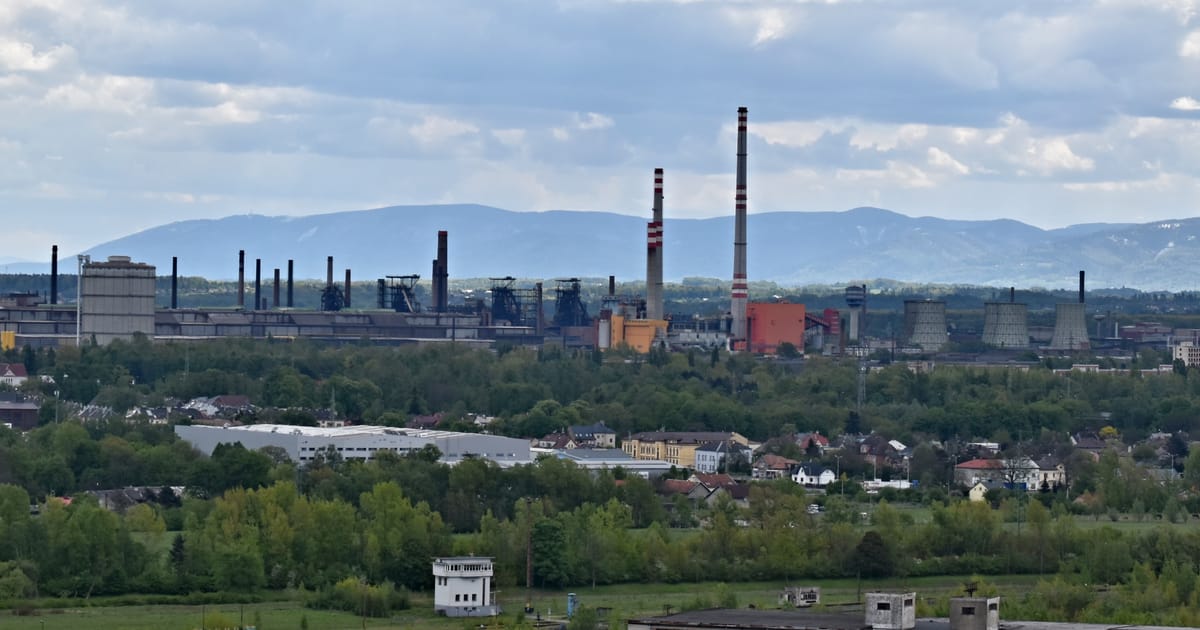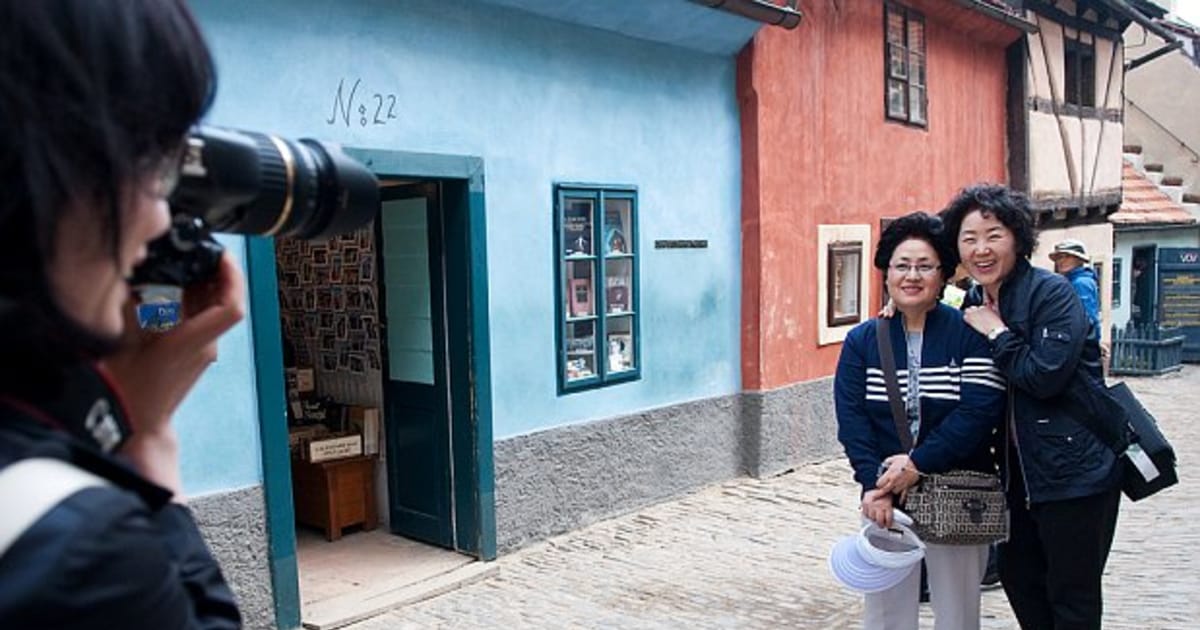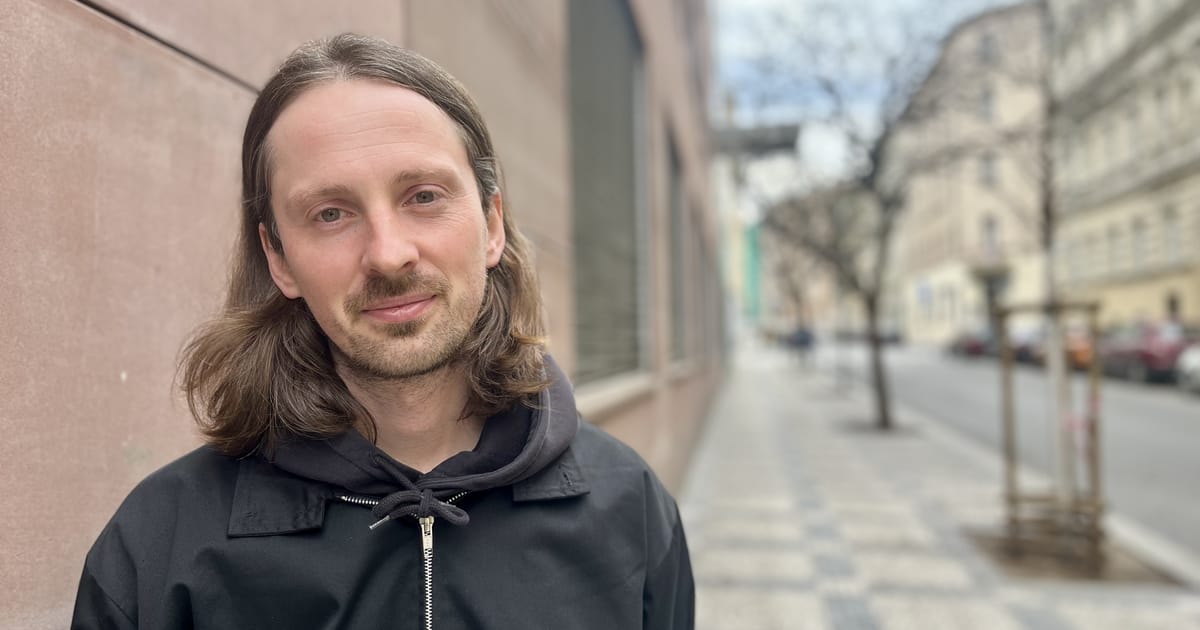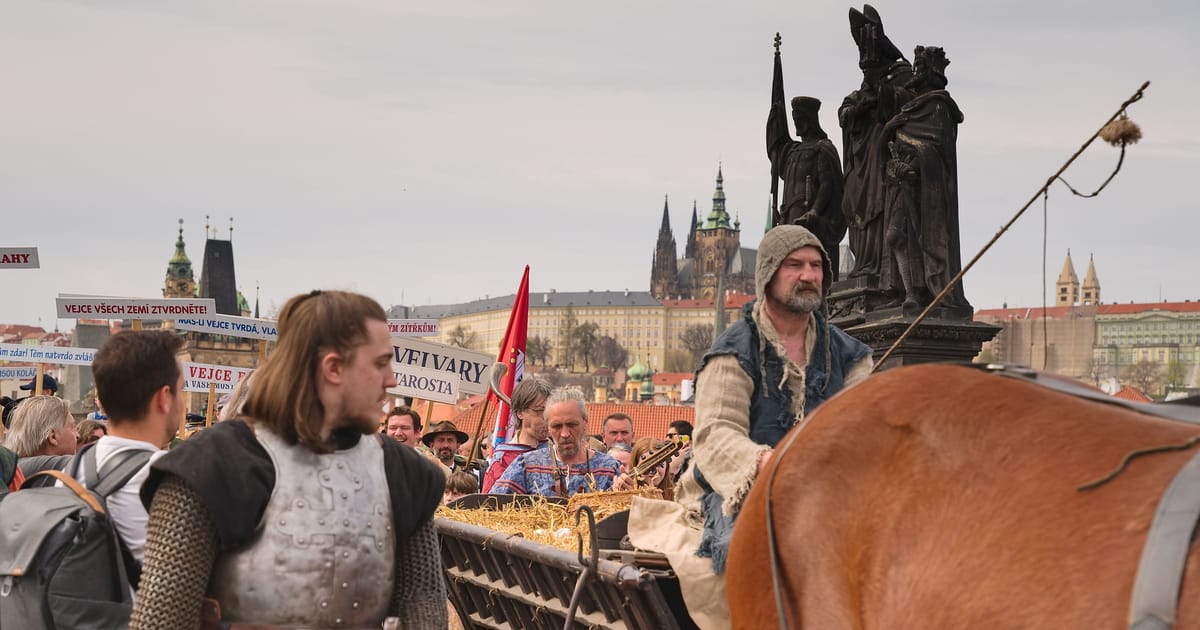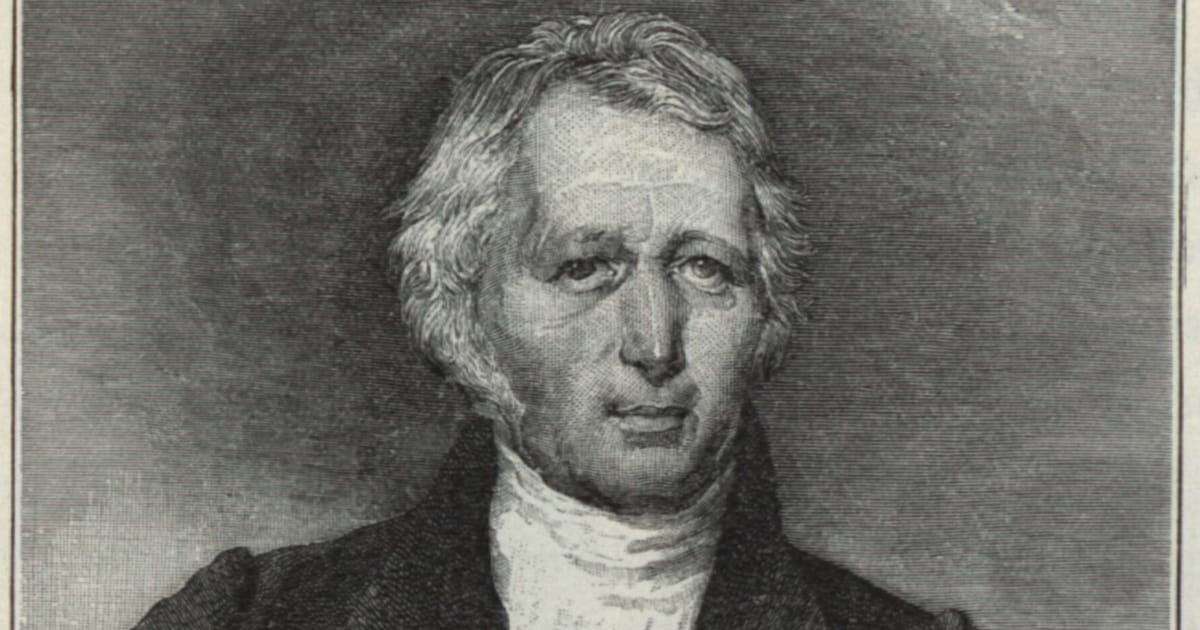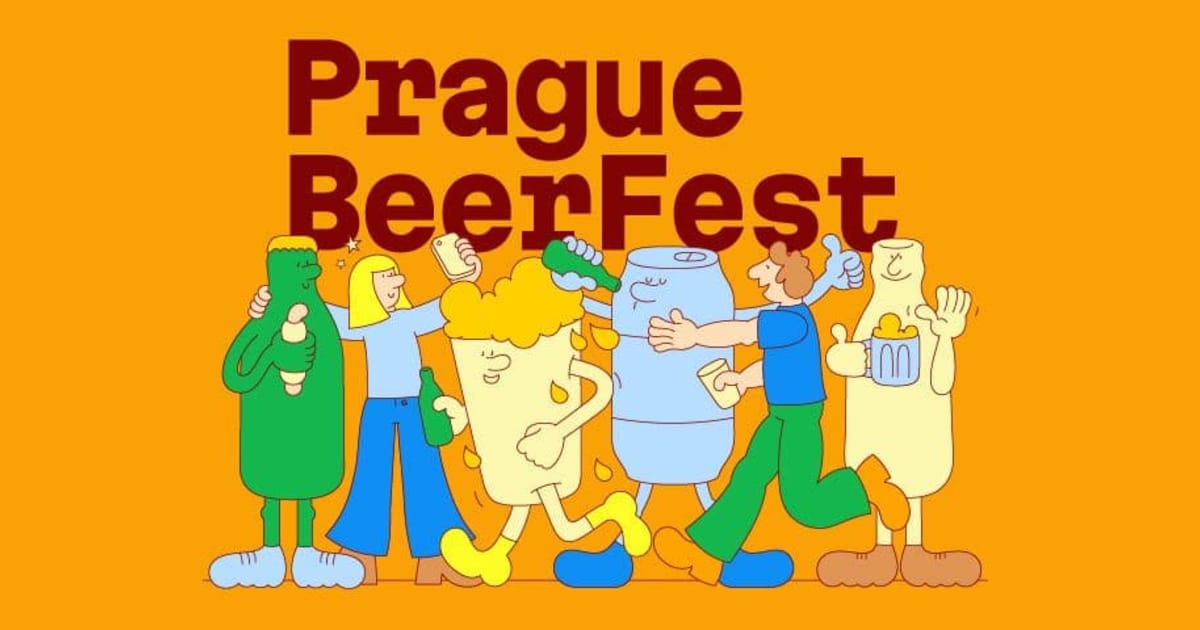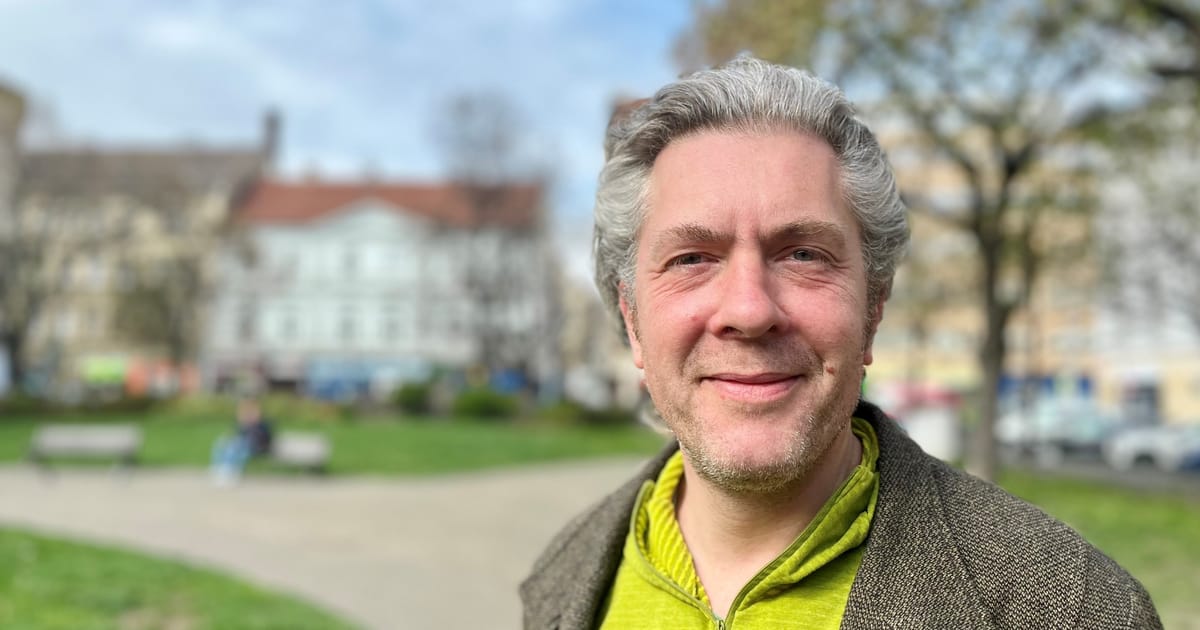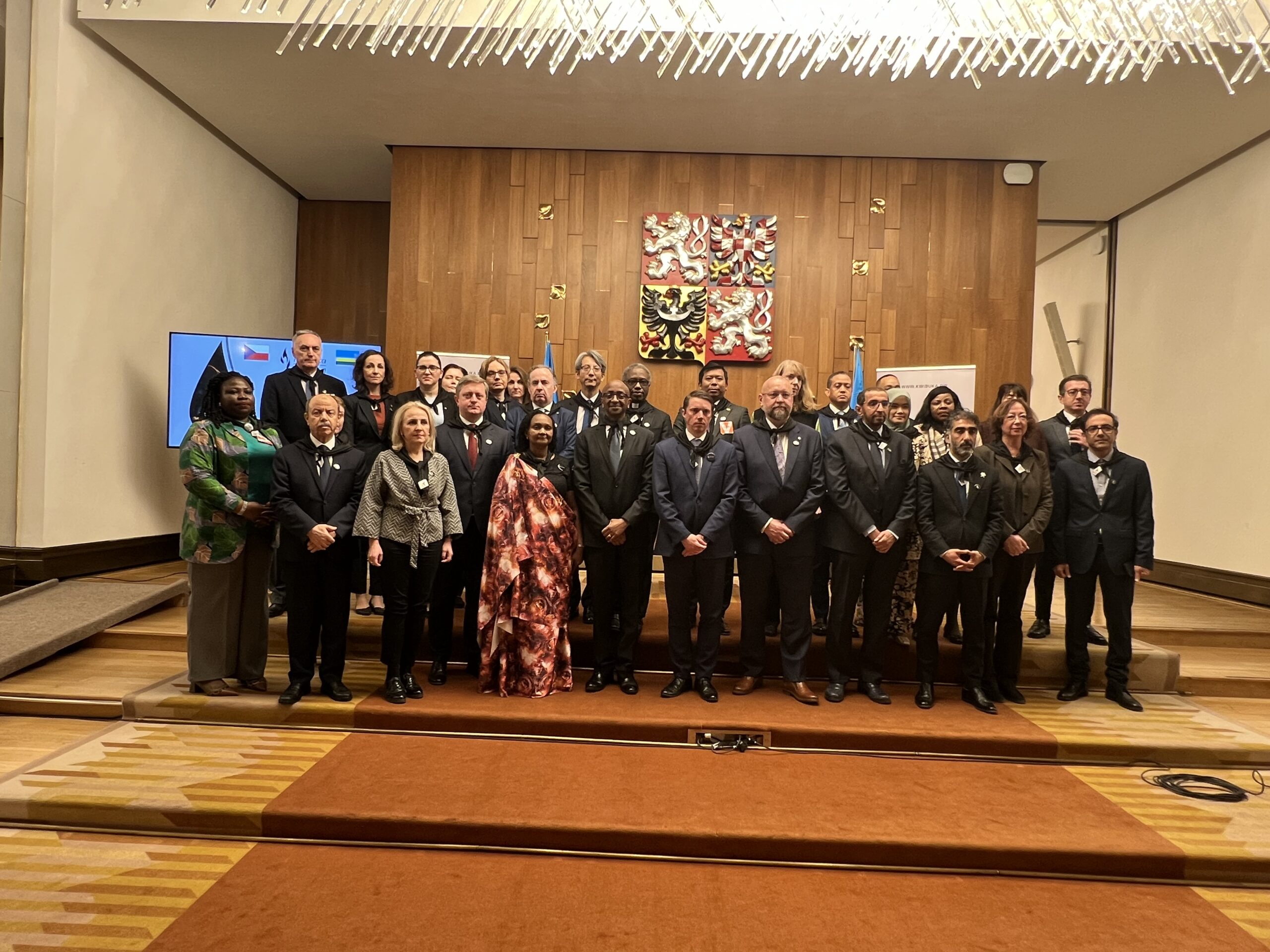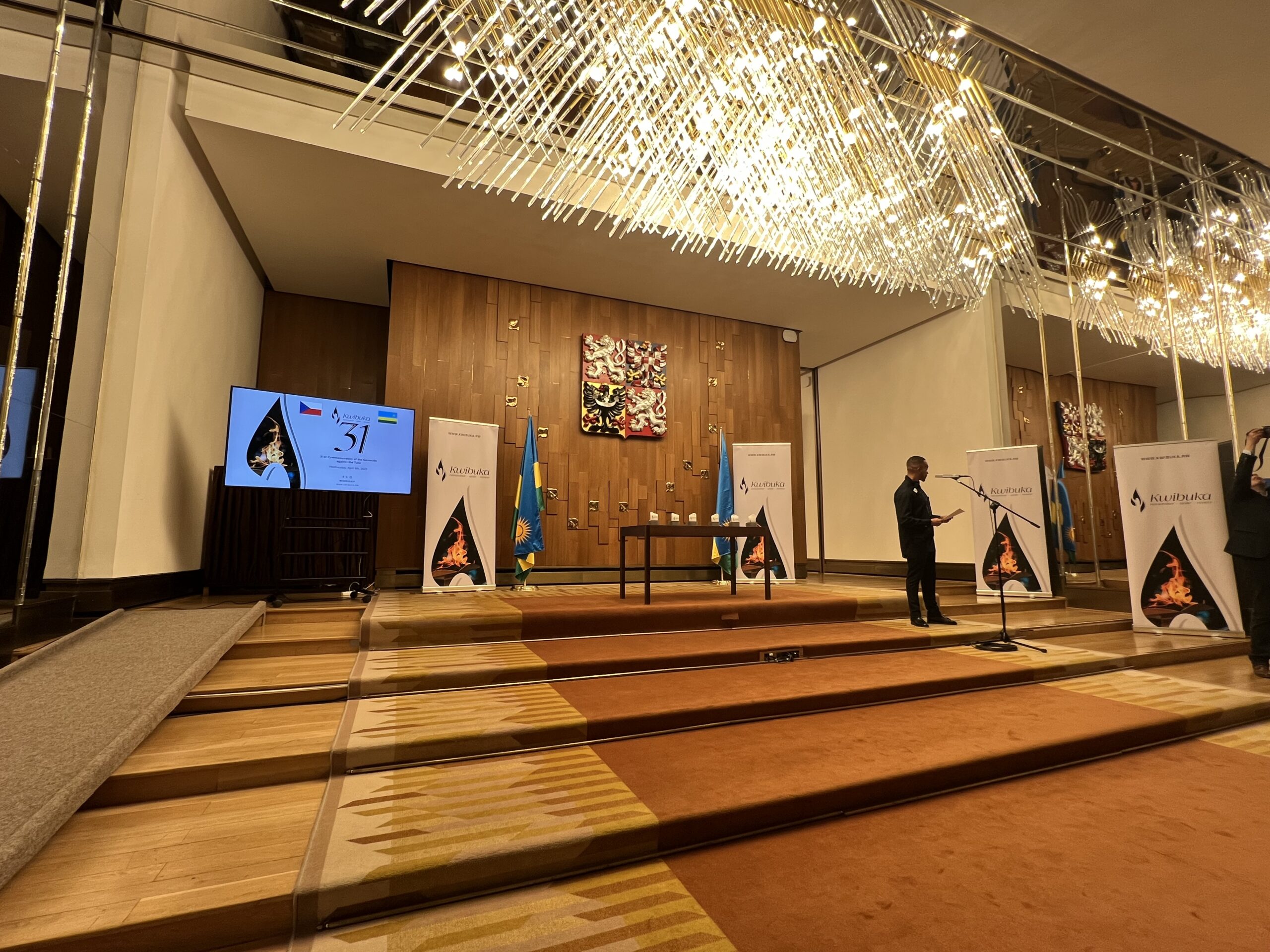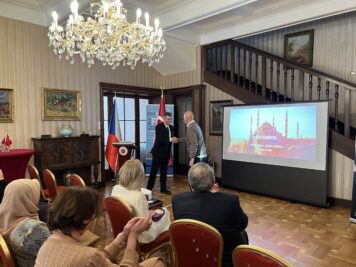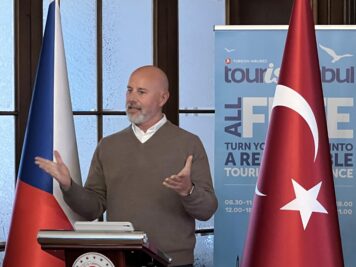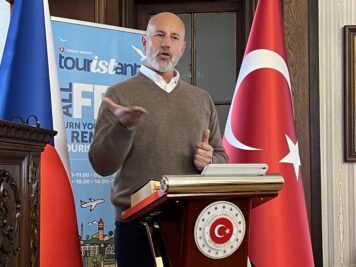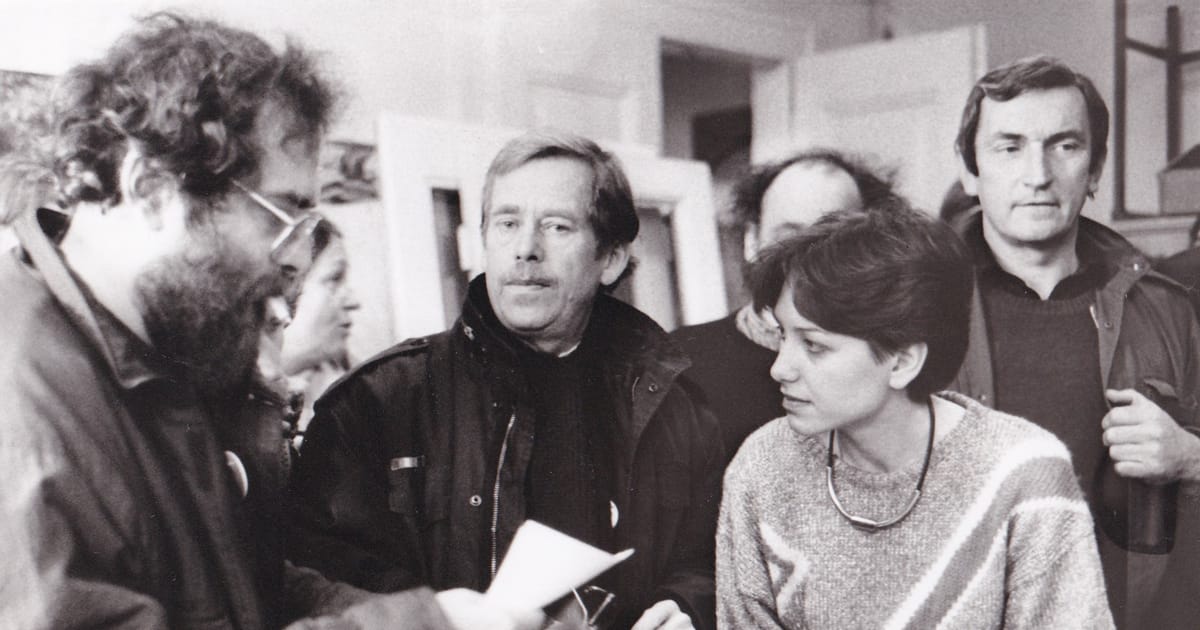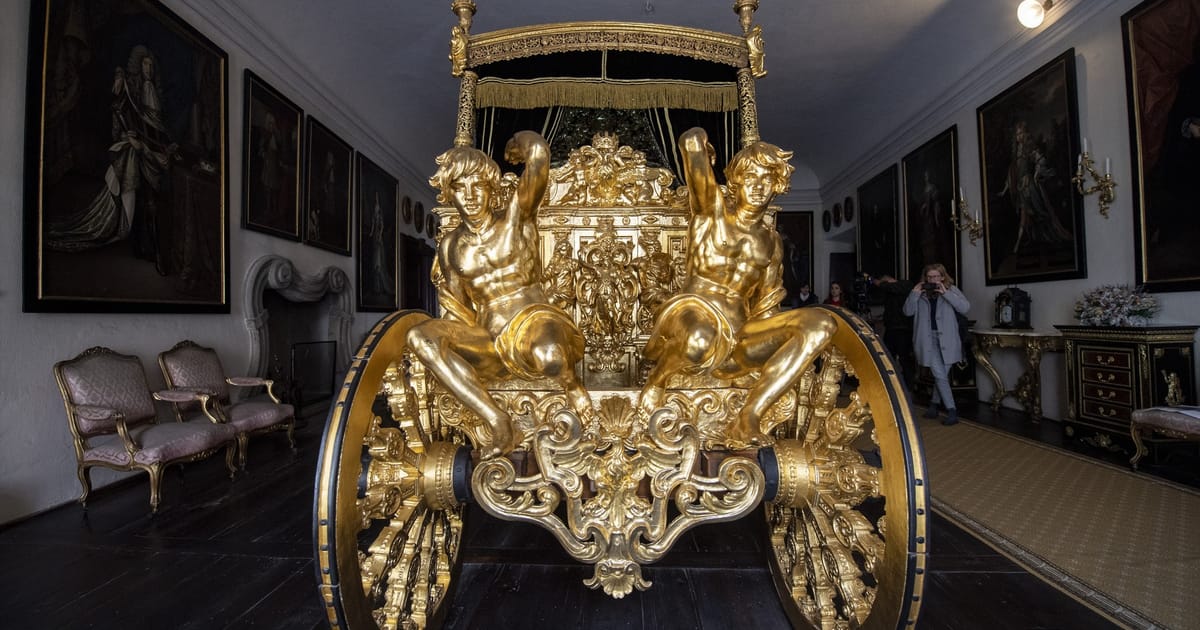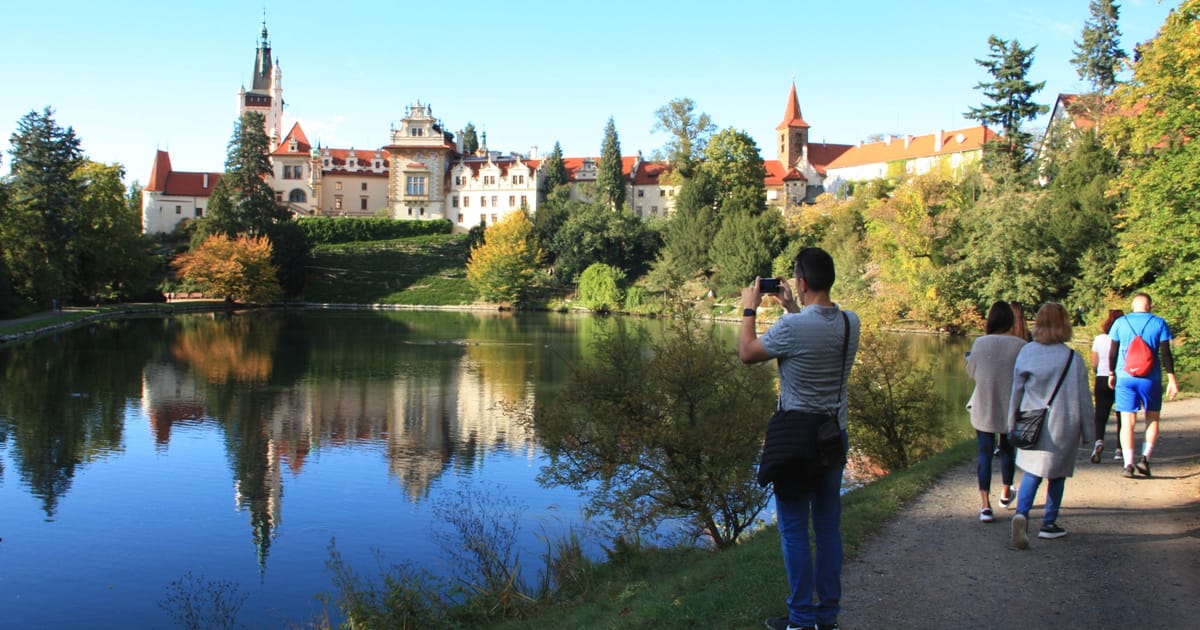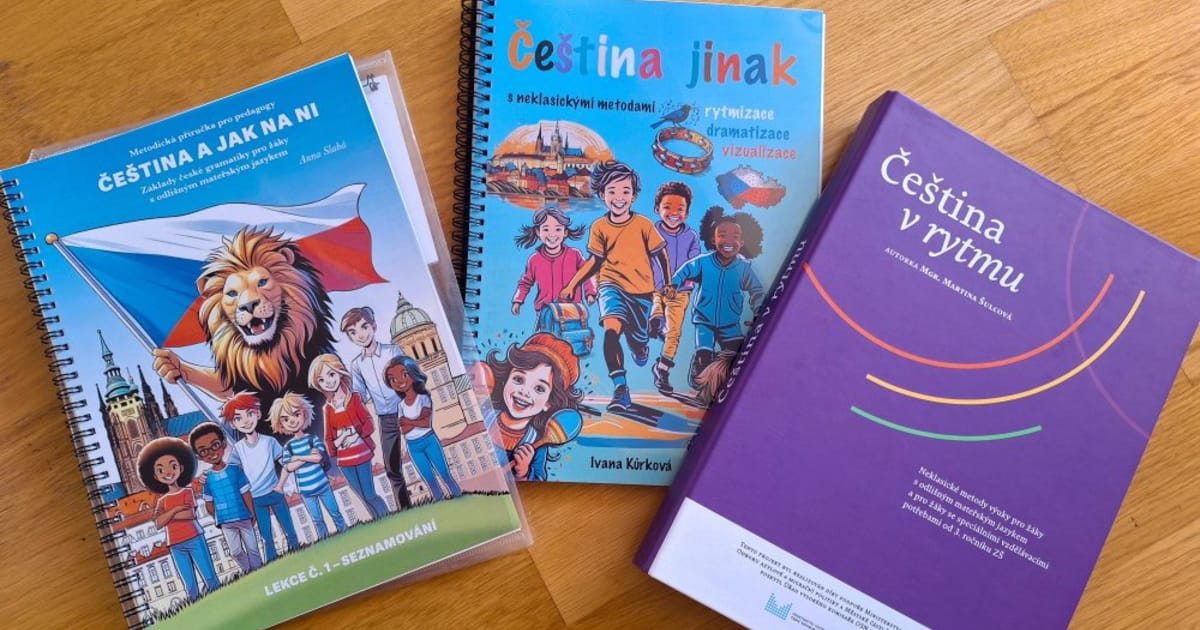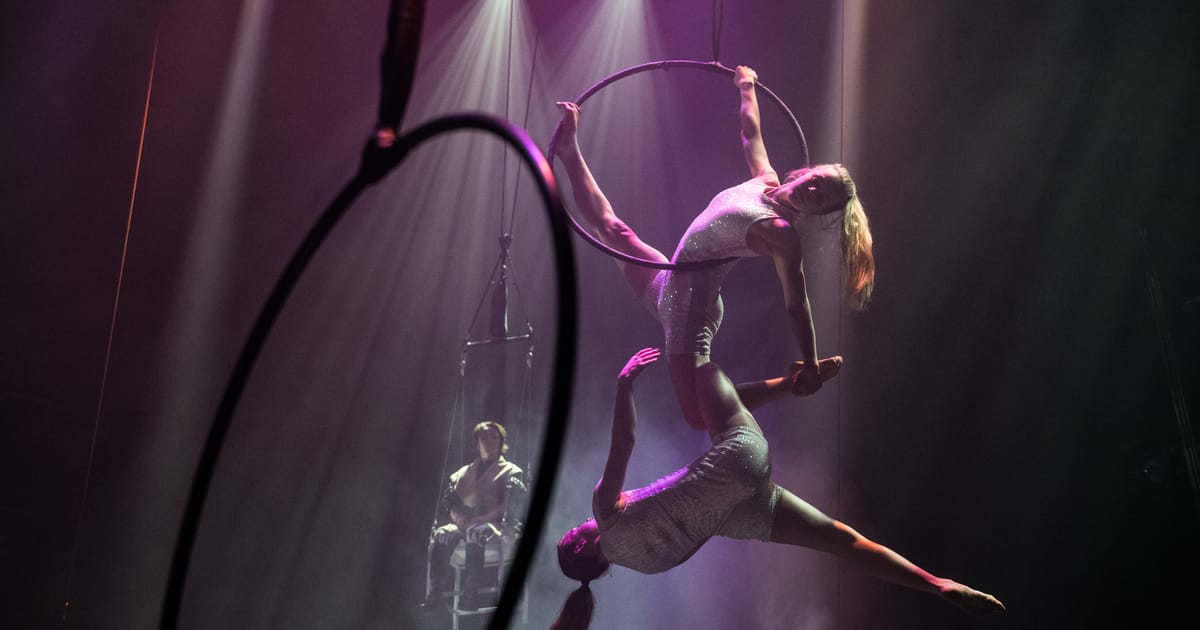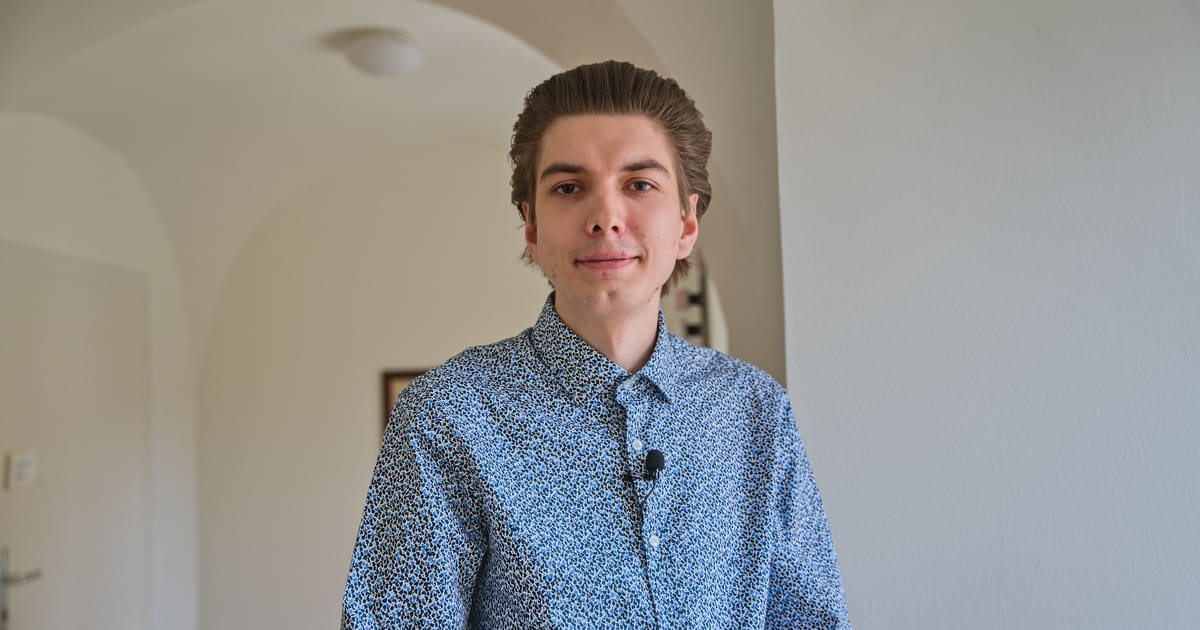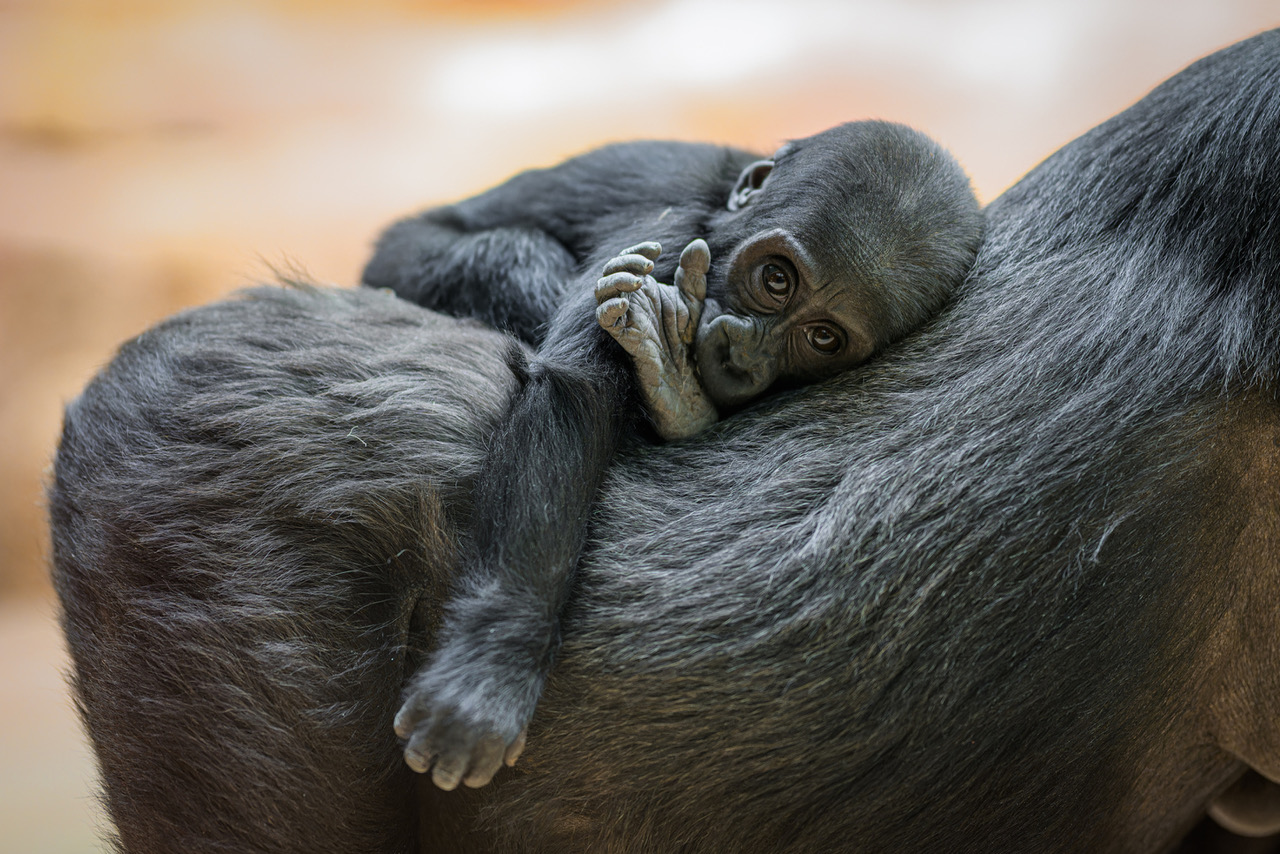
Jane Goodall, who celebrated her 91st birthday this month, named Gaia after the Greek goddess of the earth and a young chimpanzee living in Gombe. Today, Gaia is the last animal in a family line that dates back to the very first troop that Jane Goodall studied and became close to in Tanzania in the 1960s. Photo Petr Hamerník, Prague Zoo
On Saturday, April 12, it will be one year since Gaia was born. The name of only the second lowland gorilla cub in the Dja Reservation pavilion was chosen and given last year by world-renowned primatologist and conservationist Jane Goodall. Gaia is a tenacious cub, barely a year old, who most often plays with her sister Mobi, who is a quarter of a year older. The celebrations at the Dja Reservation will begin on Saturday at 10 a.m., with Gaia receiving a gift at 3 p.m.
“The birth of both gorilla cubs and Jane Goodall’s visit were extraordinary moments for us. Jane, who, by the way, celebrates her birthday just a few days before Gaia, has left a huge impression on visitors and employees of Prague Zoo. Every time I go to see Gaia, I remember Jane’s enthusiasm and tirelessness. I think that this legacy of hers, which is present here not only in Gaia’s name, is an inspiration to many of us,” says Prague Zoo Director Miroslav Bobek.
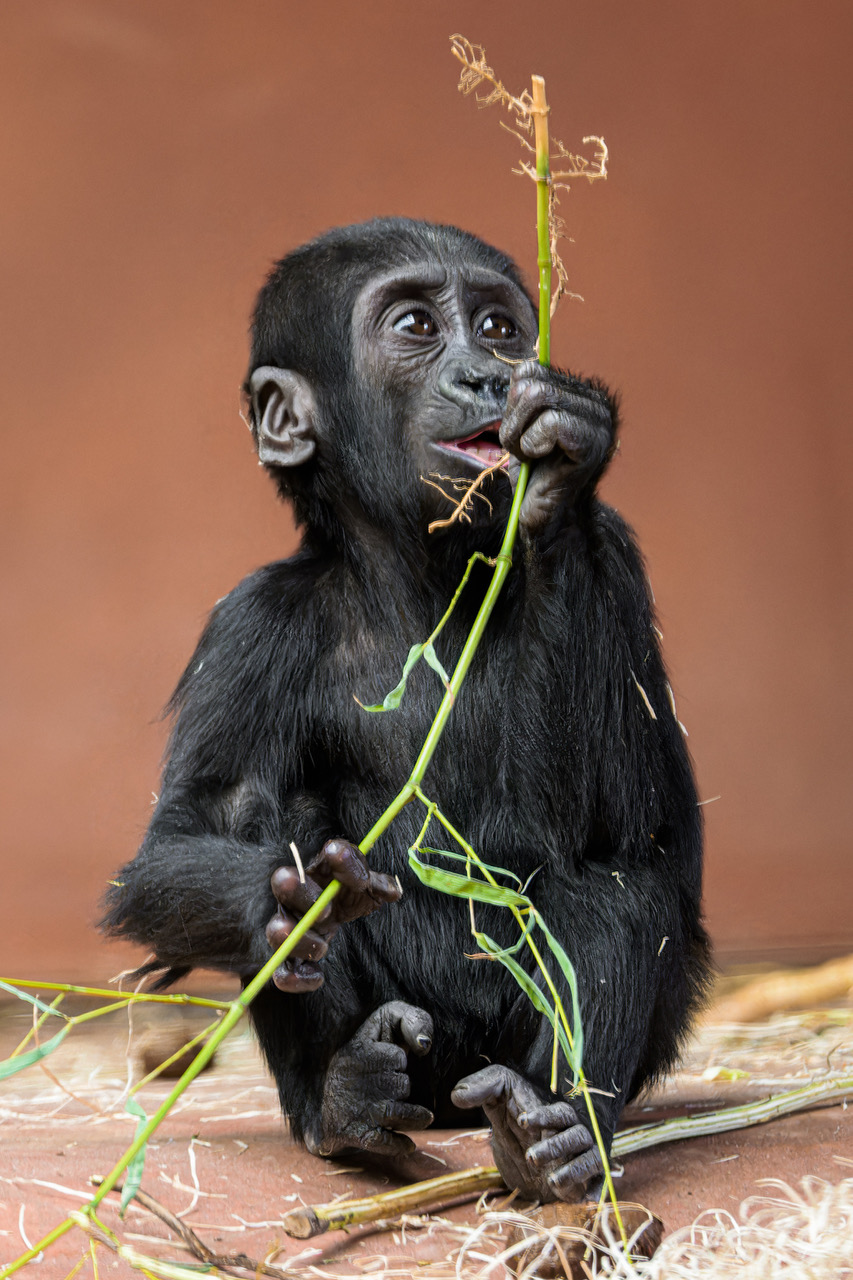
Almost a year old, Gaia is already tasting adult food with gusto, while still drinking breast milk from her mother, Kijivu. Photo Petr Hamerník, Prague Zoo
Gaia is increasingly confident in walking on the ground and climbing ropes and parkos. When she is not sleeping or resting on her mother Kijiva’s back, she plays with her sister Mobi.
“Unlike the older Mobi, she is more cautious and still stays close to her mother. While Mobi is more like our little devil – Gaia’s little angel,” says Martin Vojáček, head primate keeper. “They wrestle with each other in play and then both laugh loudly with their mouths wide open until all their teeth are visible,” describes Vojáček.
Both cubs can still be easily distinguished. Mobi, who is a quarter of a year older, is bigger and his mother Duni still maintains her “hairstyle” by pulling out hair from her head. Kijivu, on the other hand, does not interfere with her fifth cub for the first time. At first, Gaia caught up with her sister unusually quickly in development and watched all her progress, but recently she has shown a rather mild nature and stands out for her calmness even compared to the previous cubs.
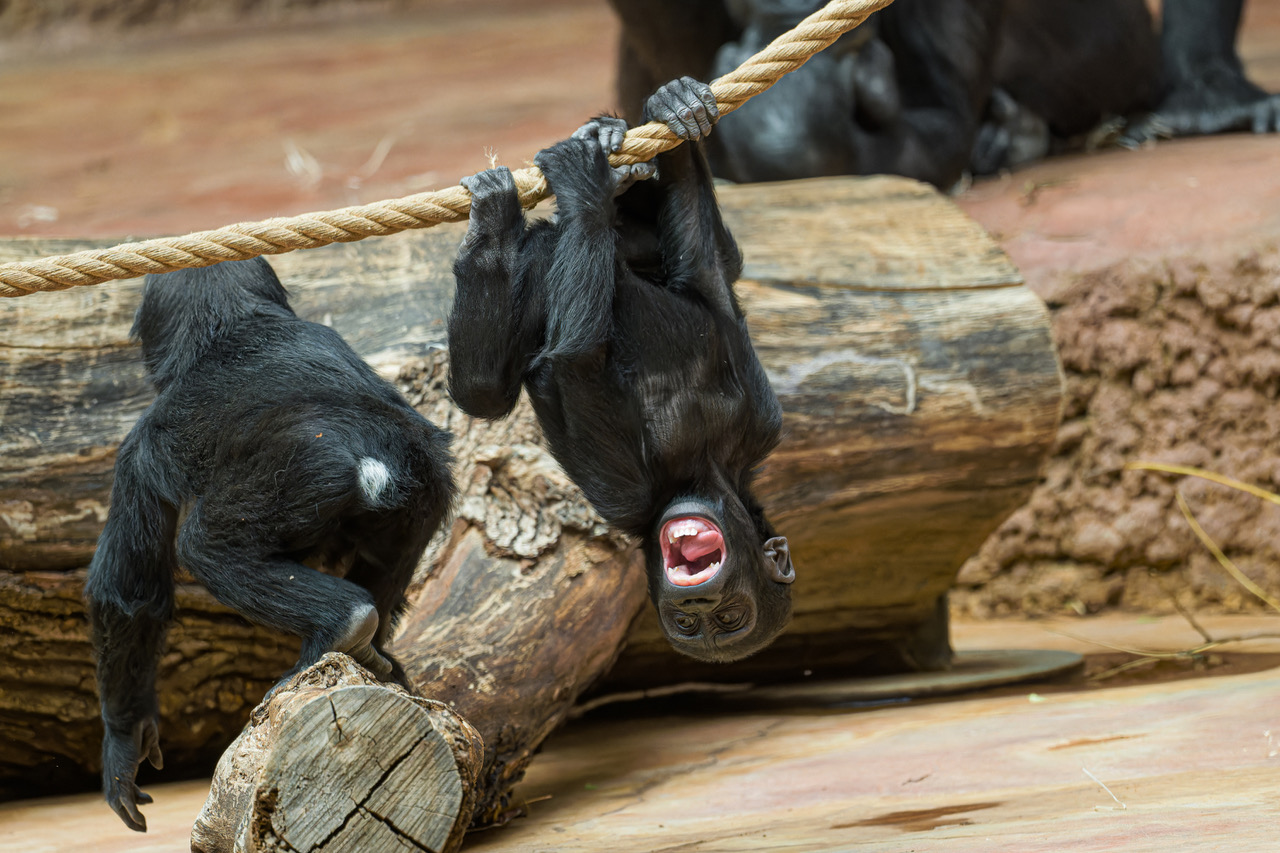
The games of gorilla sisters are currently one of the most attractive spectacles at Prague Zoo. Photo Petr Hamerník, Prague Zoo
In addition to her mother and sister, she has also established a relationship with her father Kisum, who likes to play gently with the cubs, and also with the oldest member of the group, Kamba, who is happy to accept the interest of both cubs. Unlike Mobi, Gaia does not yet seek out play with their roommates – the Cape gerbils.
Although Gaia will be breastfed for approximately three years, she is already happily tasting everything like an adult. “She especially enjoys sweet vegetables such as peppers, tomatoes or carrots. However, she is still reluctant to accept food directly from us keepers. She often sleeps during feeding time. As she grows, however, her habits will gradually change and Gaia will get used to the daily rhythm of life of the entire troop.”
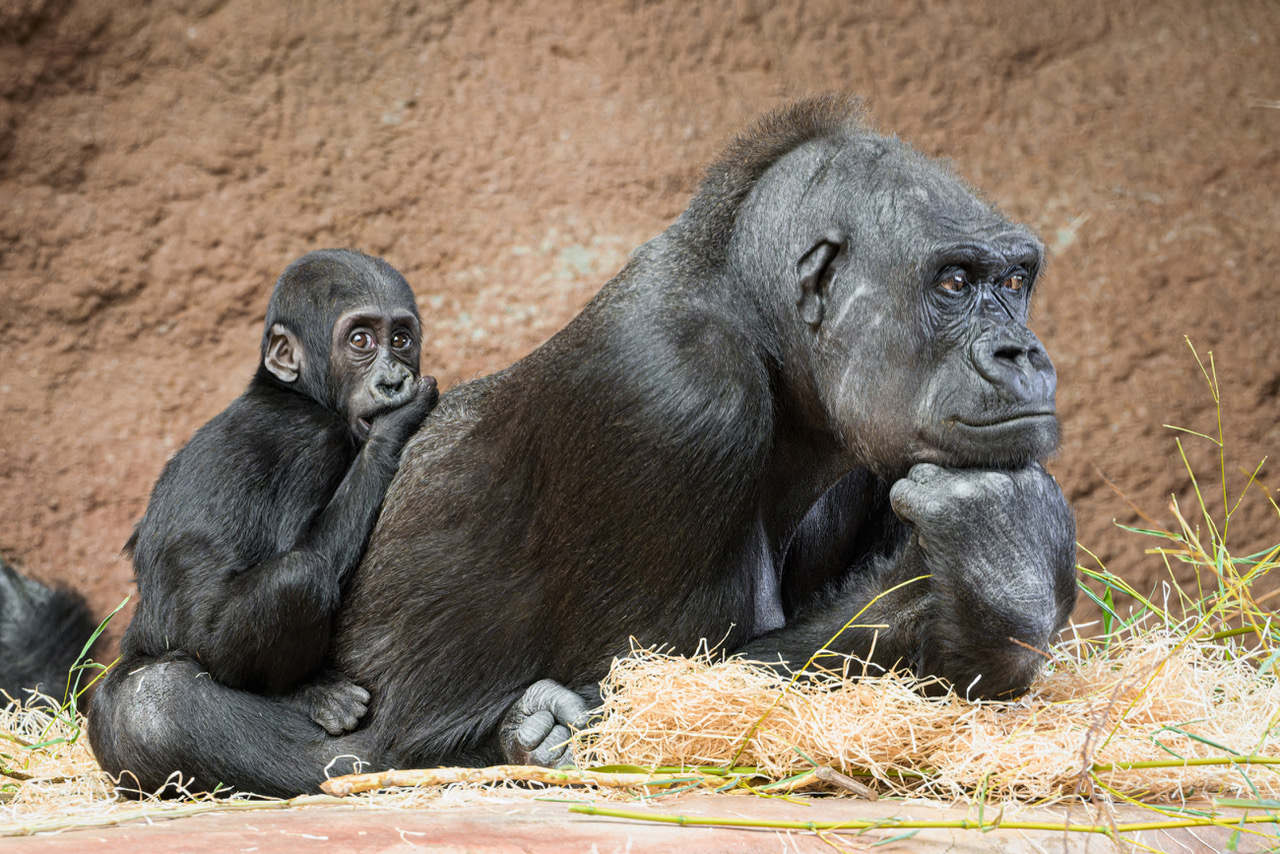
The first cub of the female Kijivu was the famous Moja, the first gorilla born in the Czech Republic. Kijivu is now an experienced and patient mother. Photo Petr Hamerník, Prague Zoo. Photo by Petr Hamerník, Prague Zoo
Prague Zoo invites visitors to celebrate Gaia’s first birthday in the Dja Reservation pavilion on Saturday, April 12. From 10 a.m. to 1 p.m., there will always be commented meetings with gorillas on the hour, and at 3 p.m., the keepers will prepare special enrichment for the gorillas. In the African class, not only young visitors will be able to make Gaia’s wish and play educational games about the protection of gorillas in Central Africa.
In general, the best time to observe lowland gorillas is around 10 a.m. and 3 p.m. when they are feeding. In nice weather, they also visit the outdoor enclosure.
